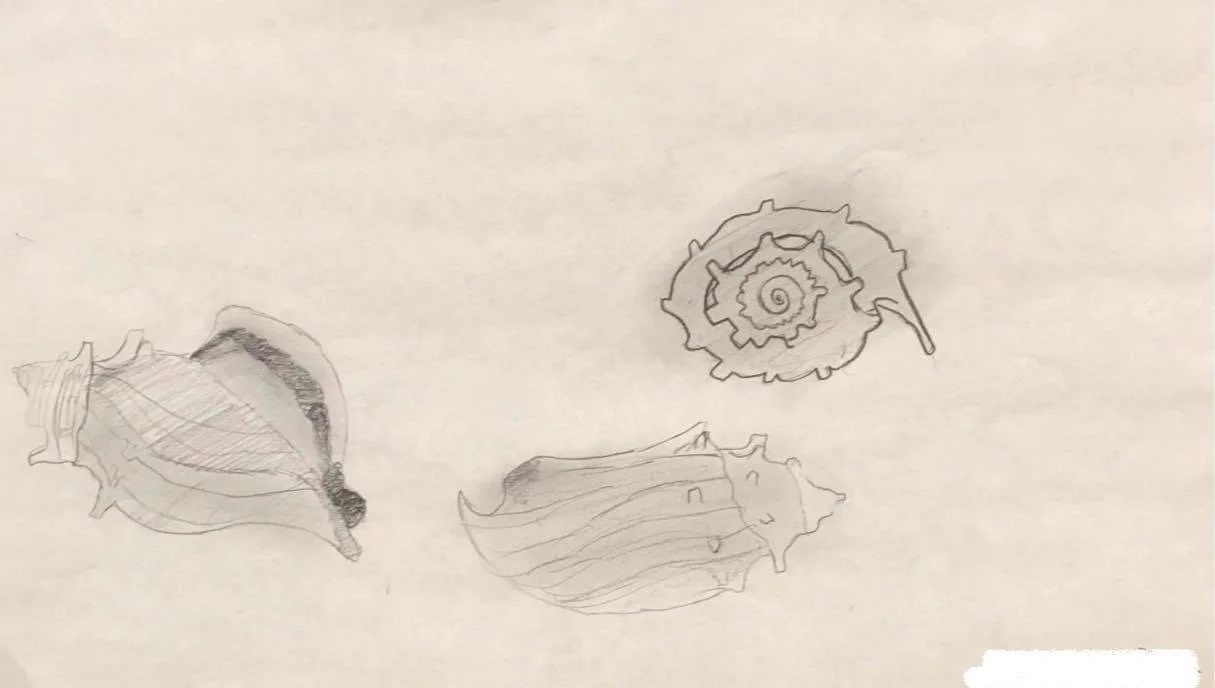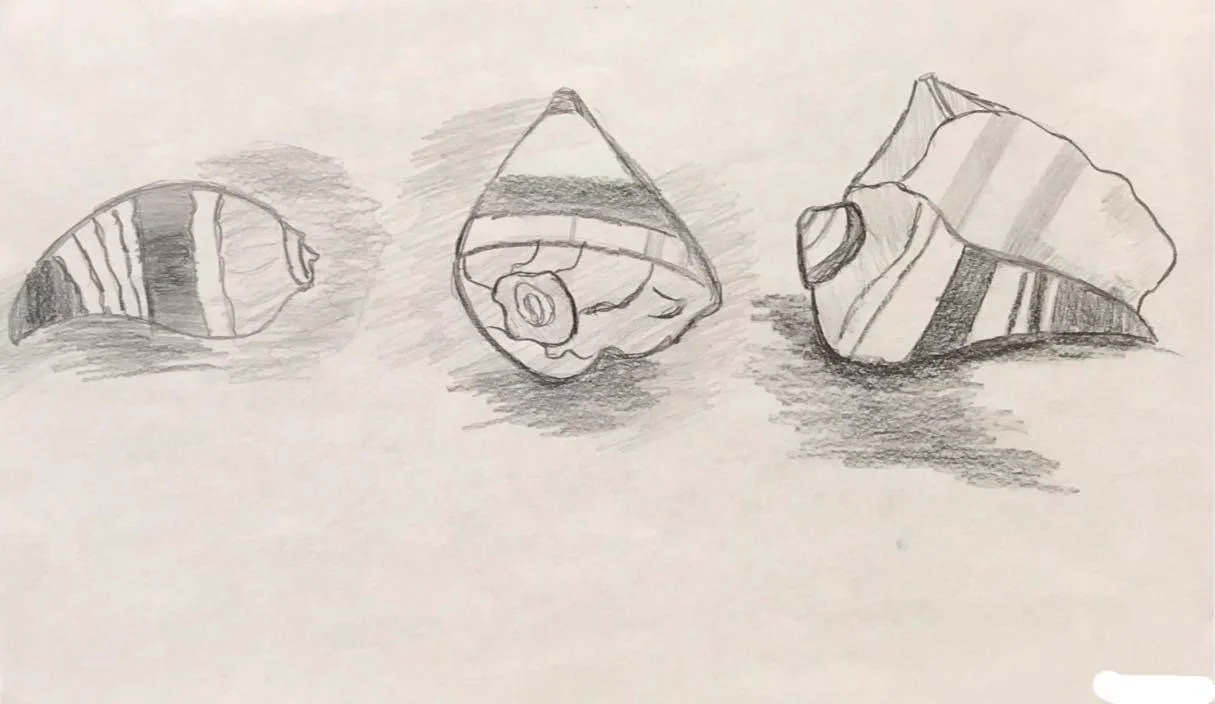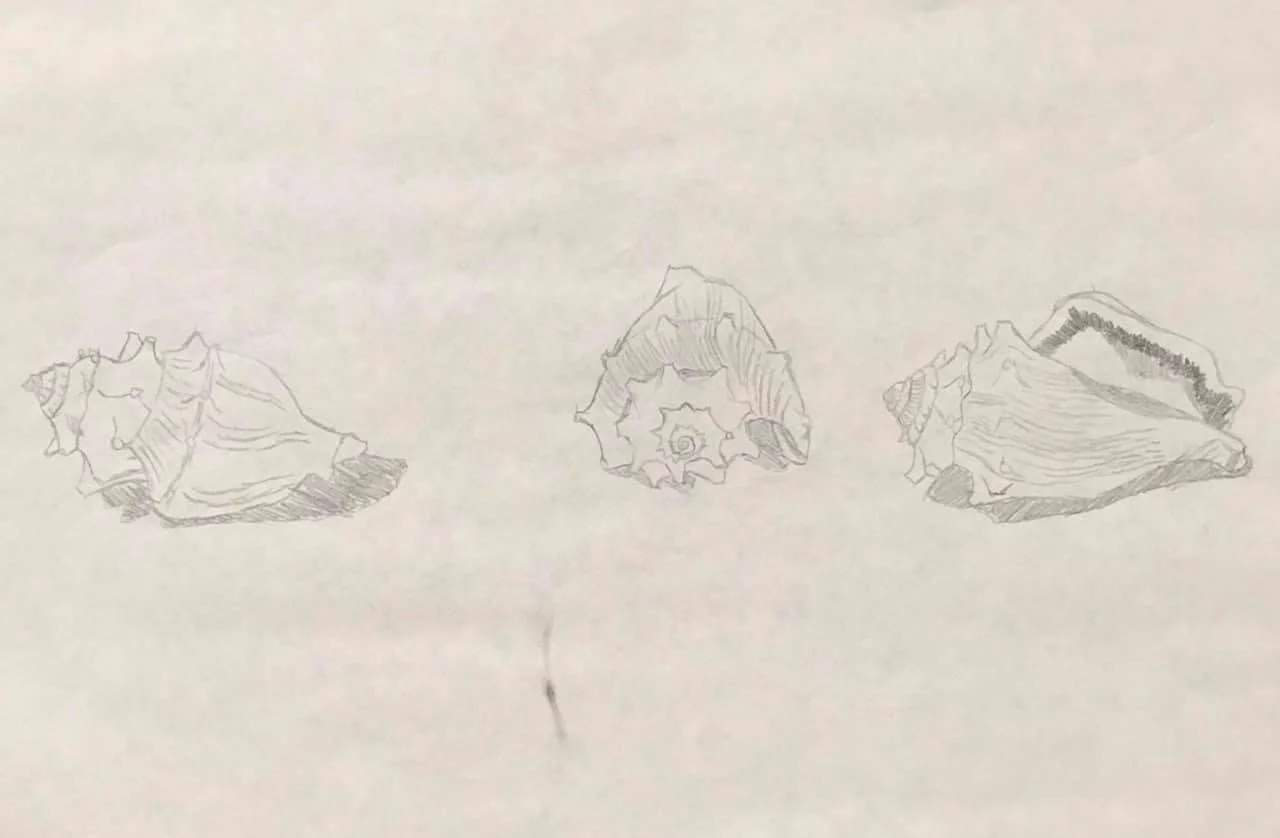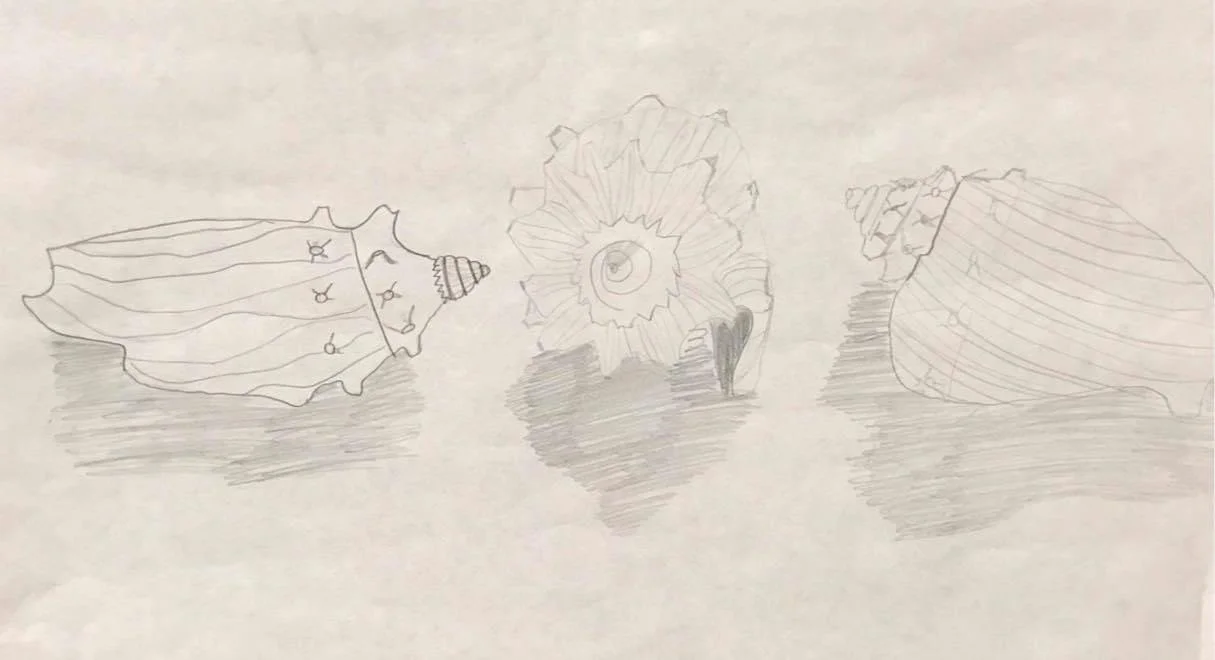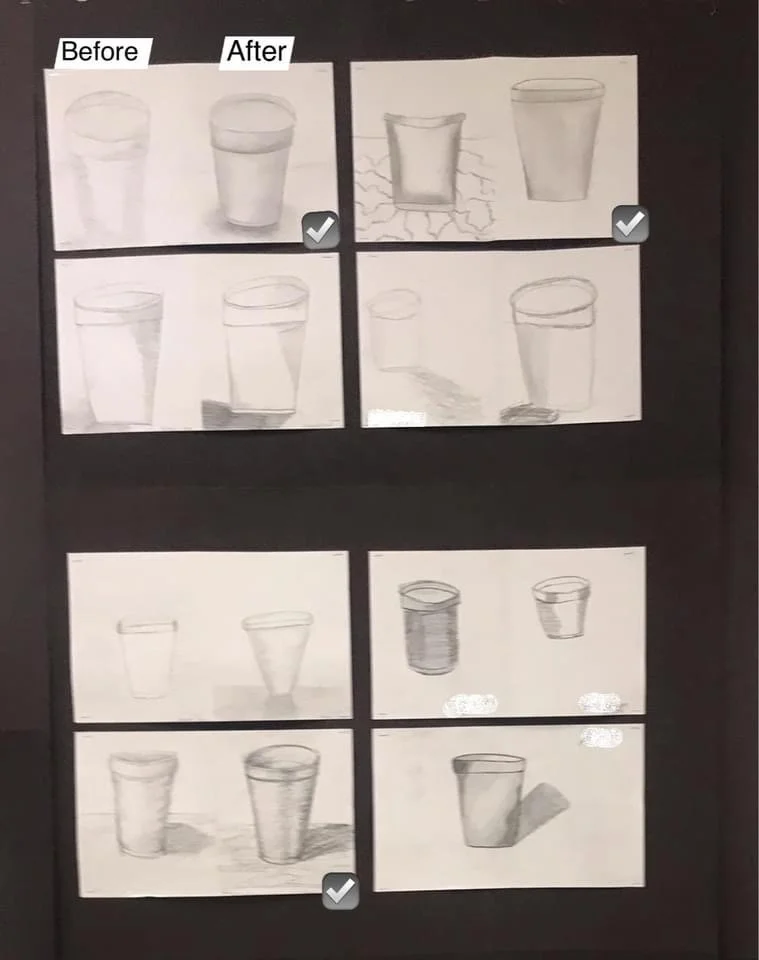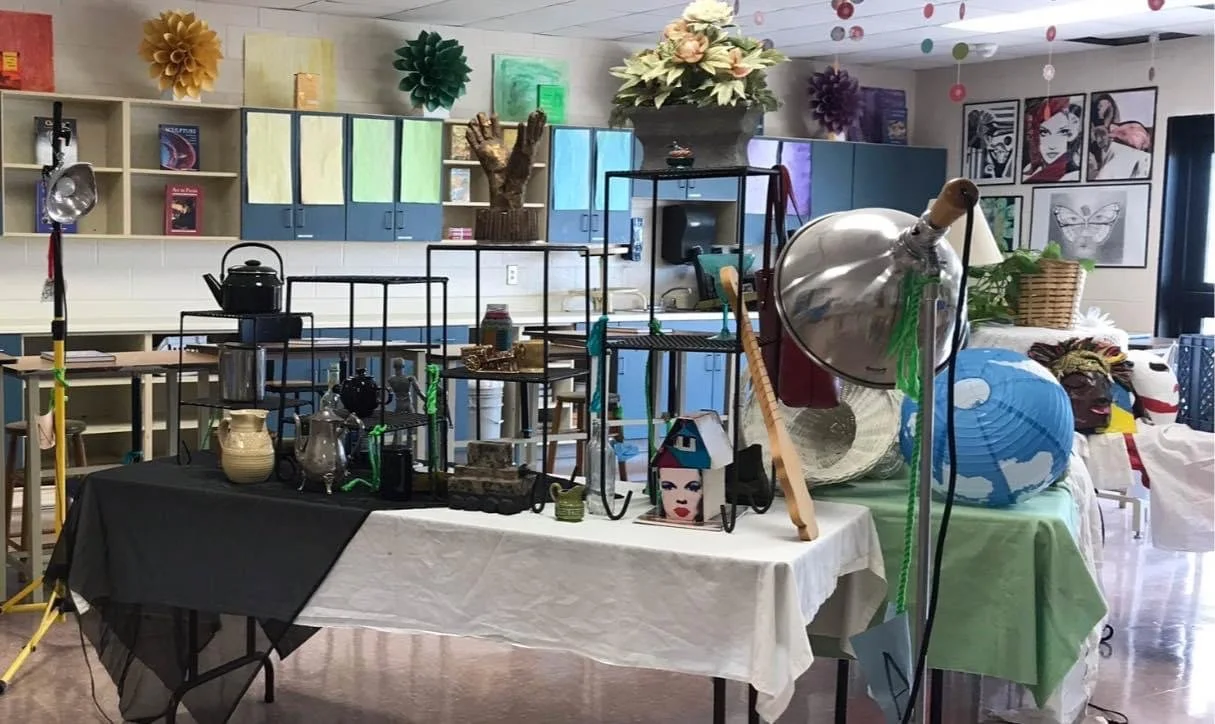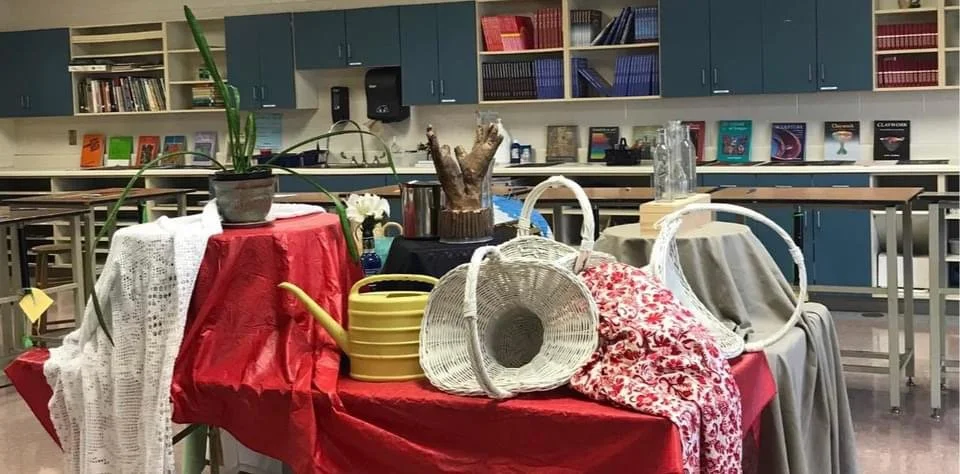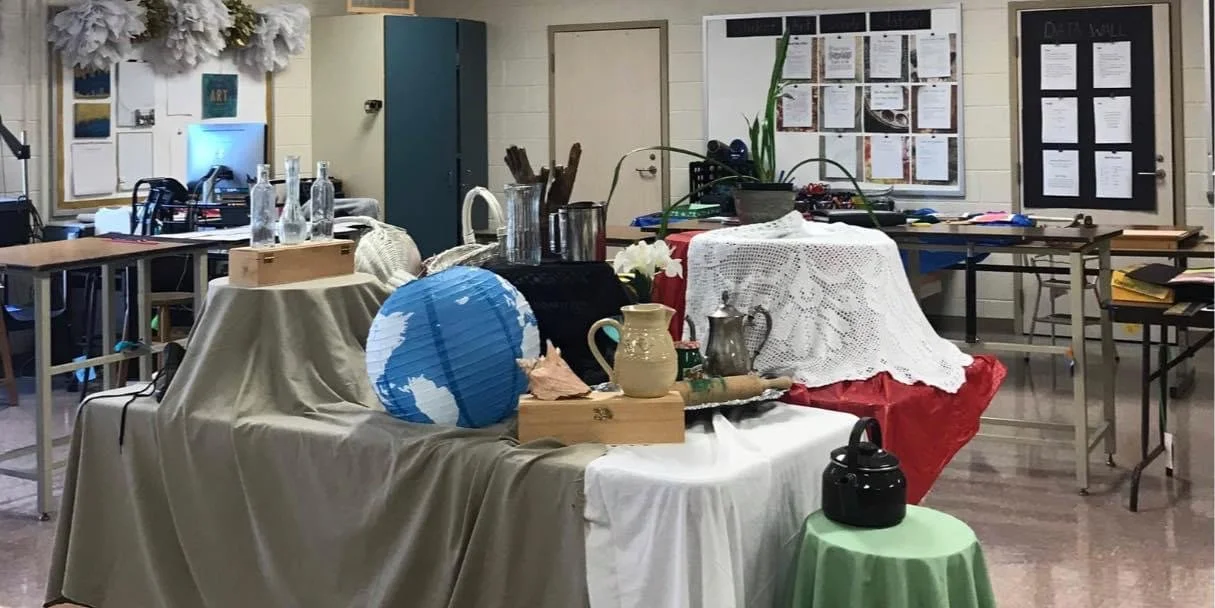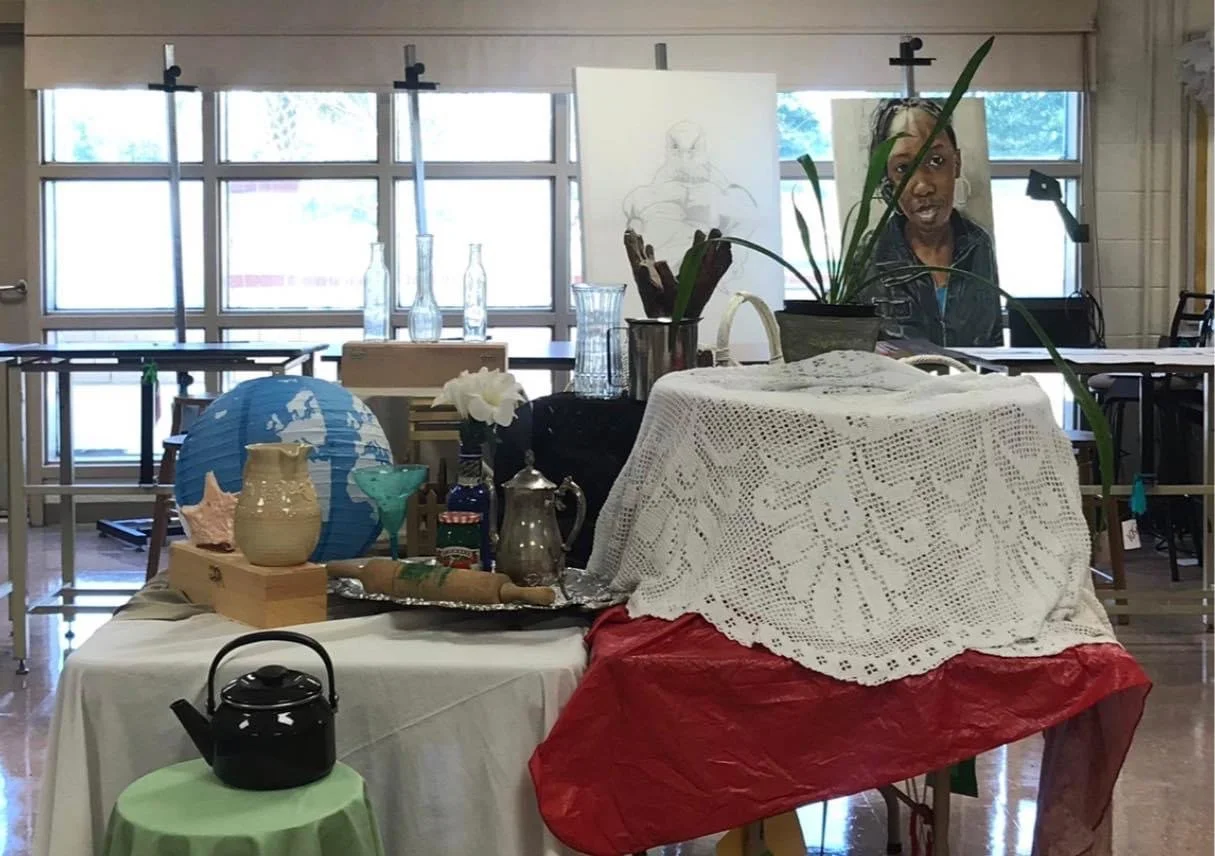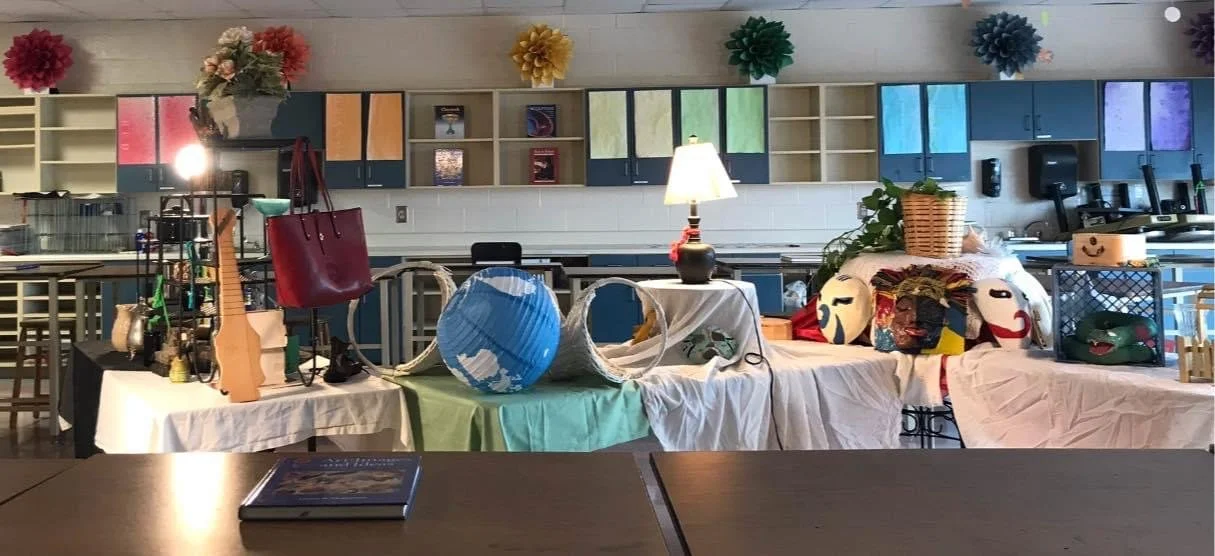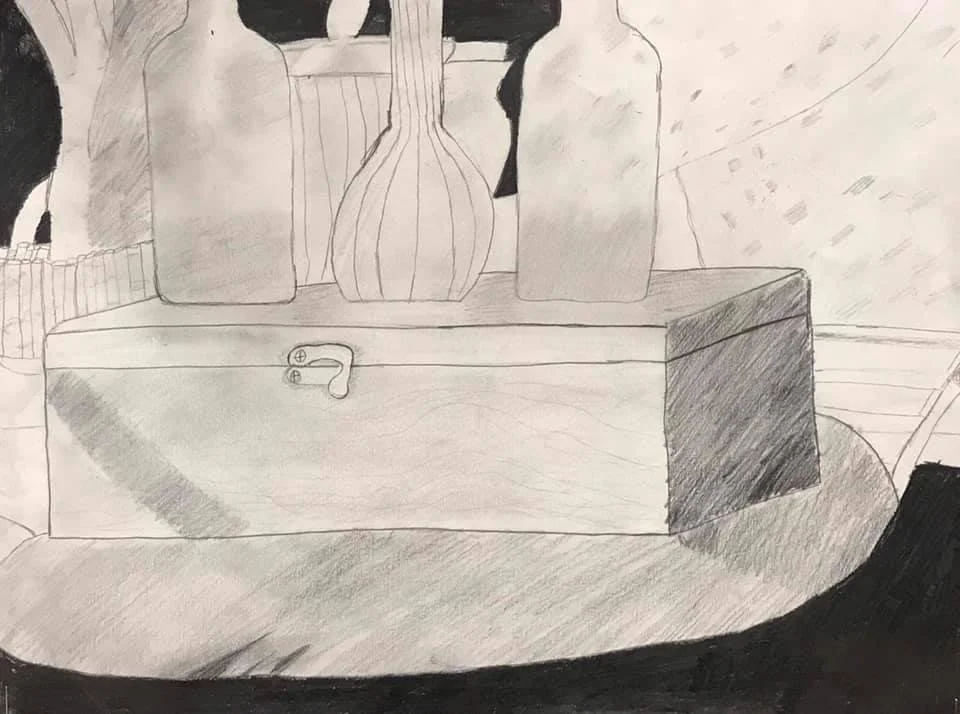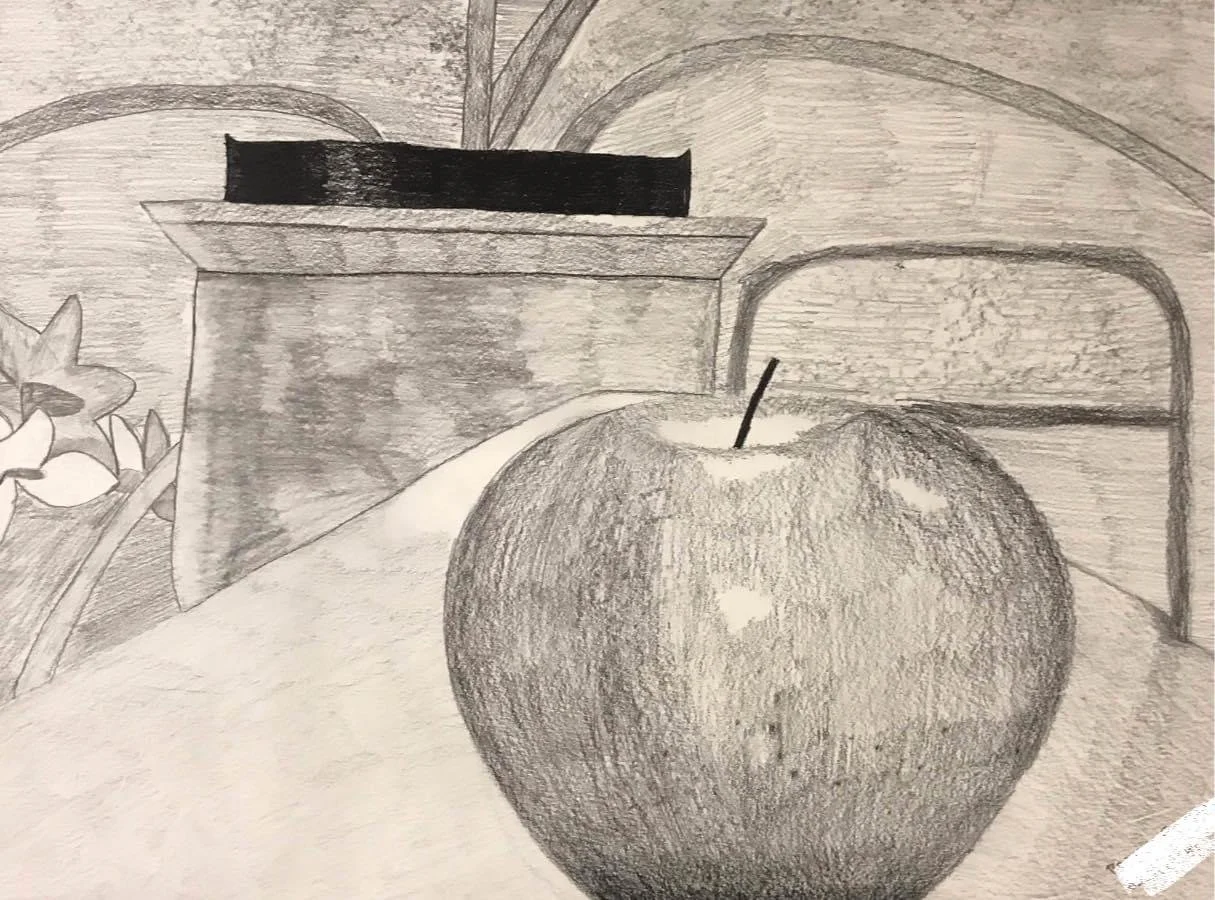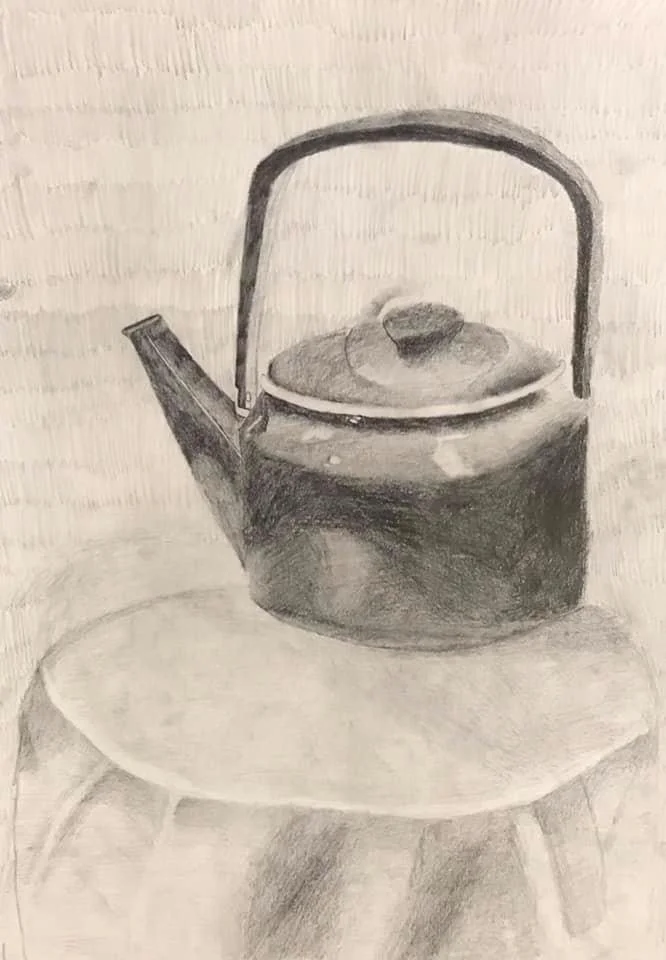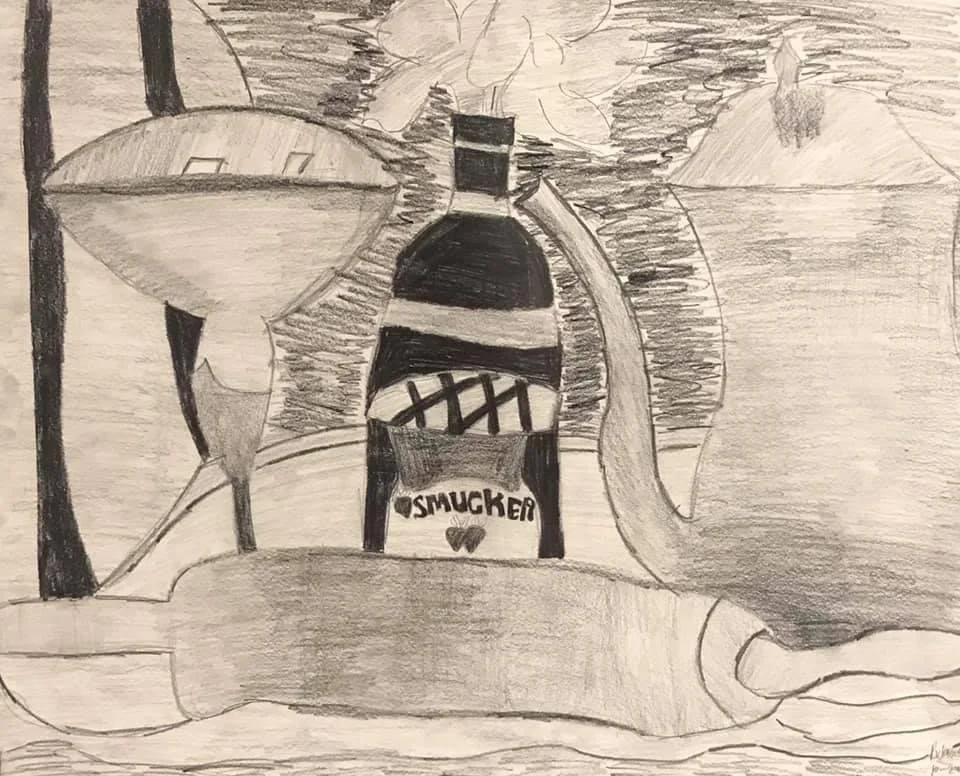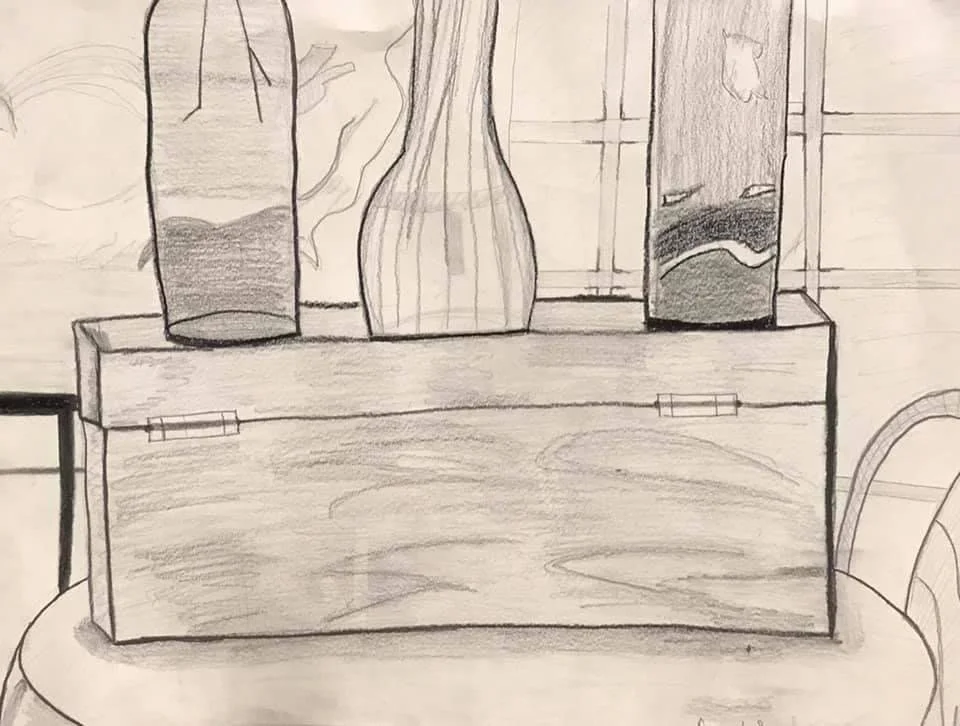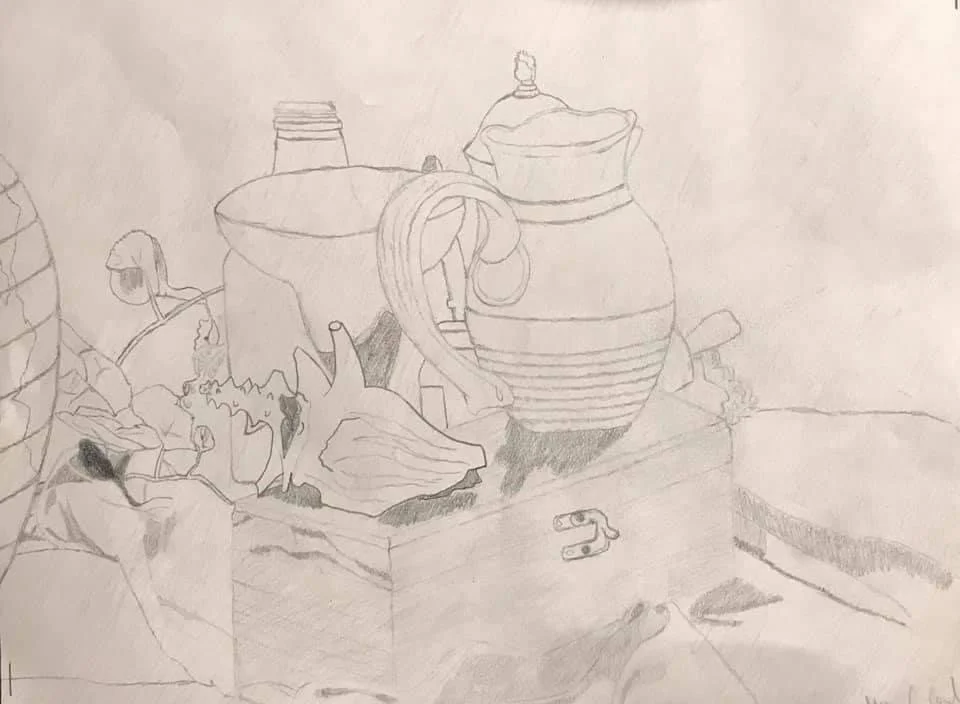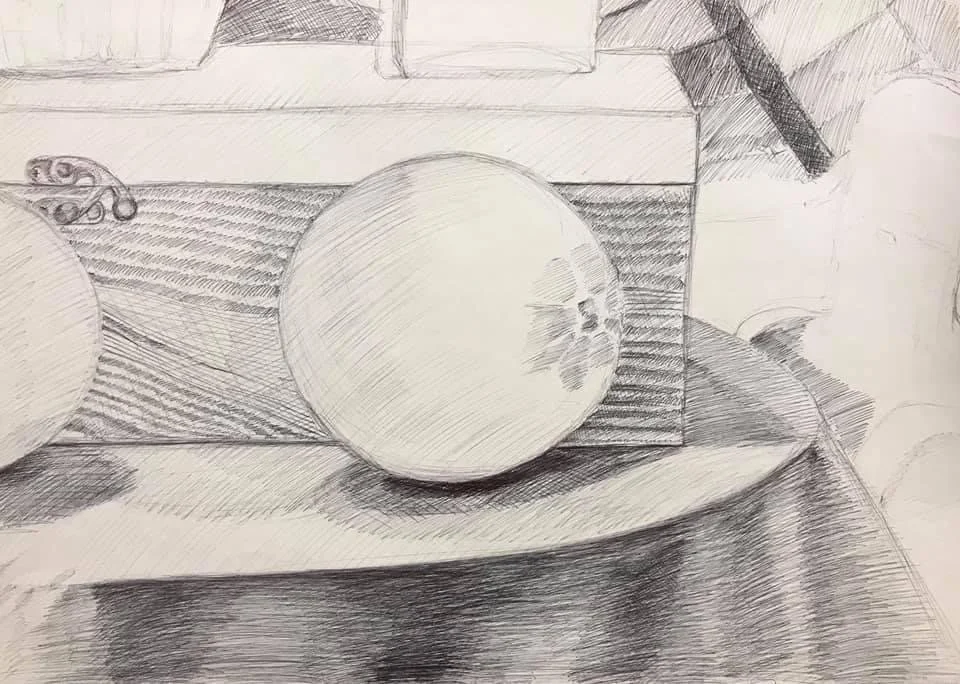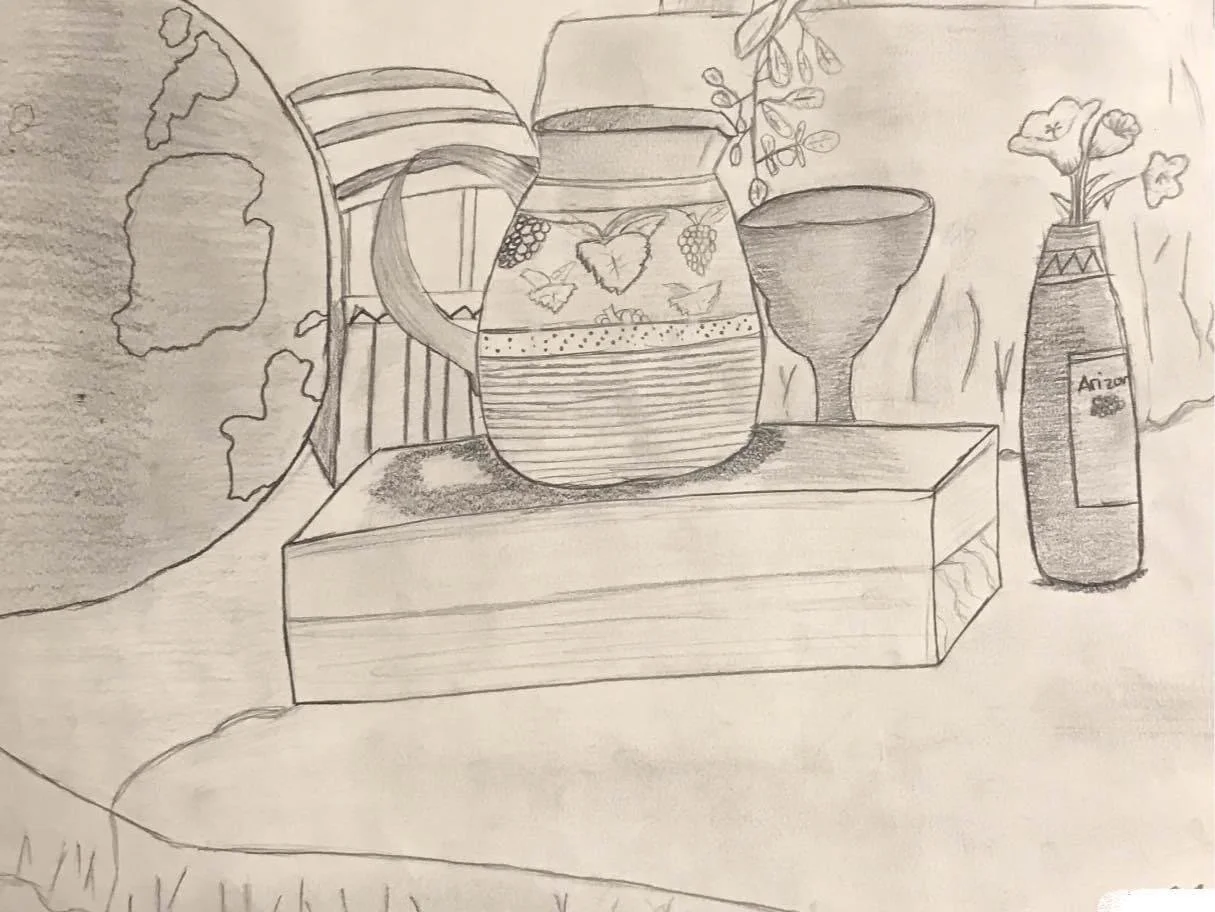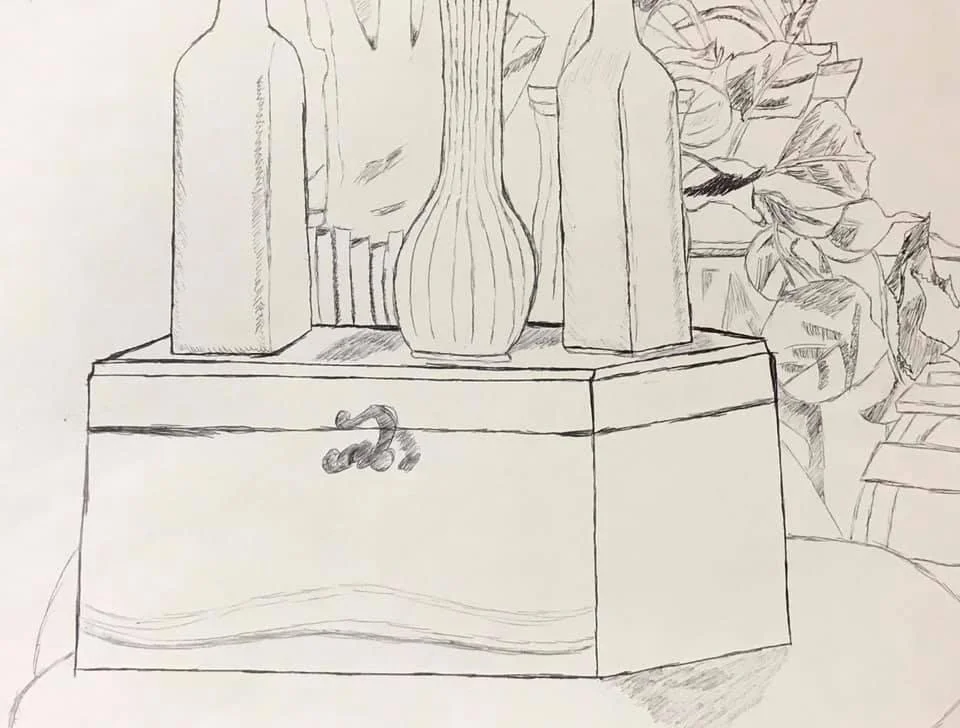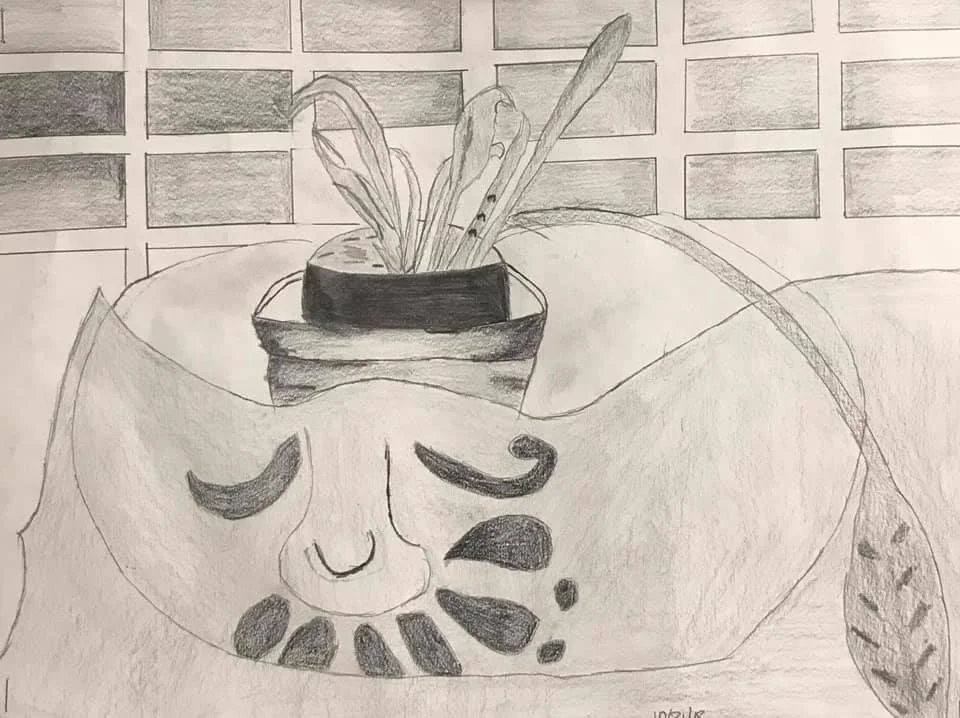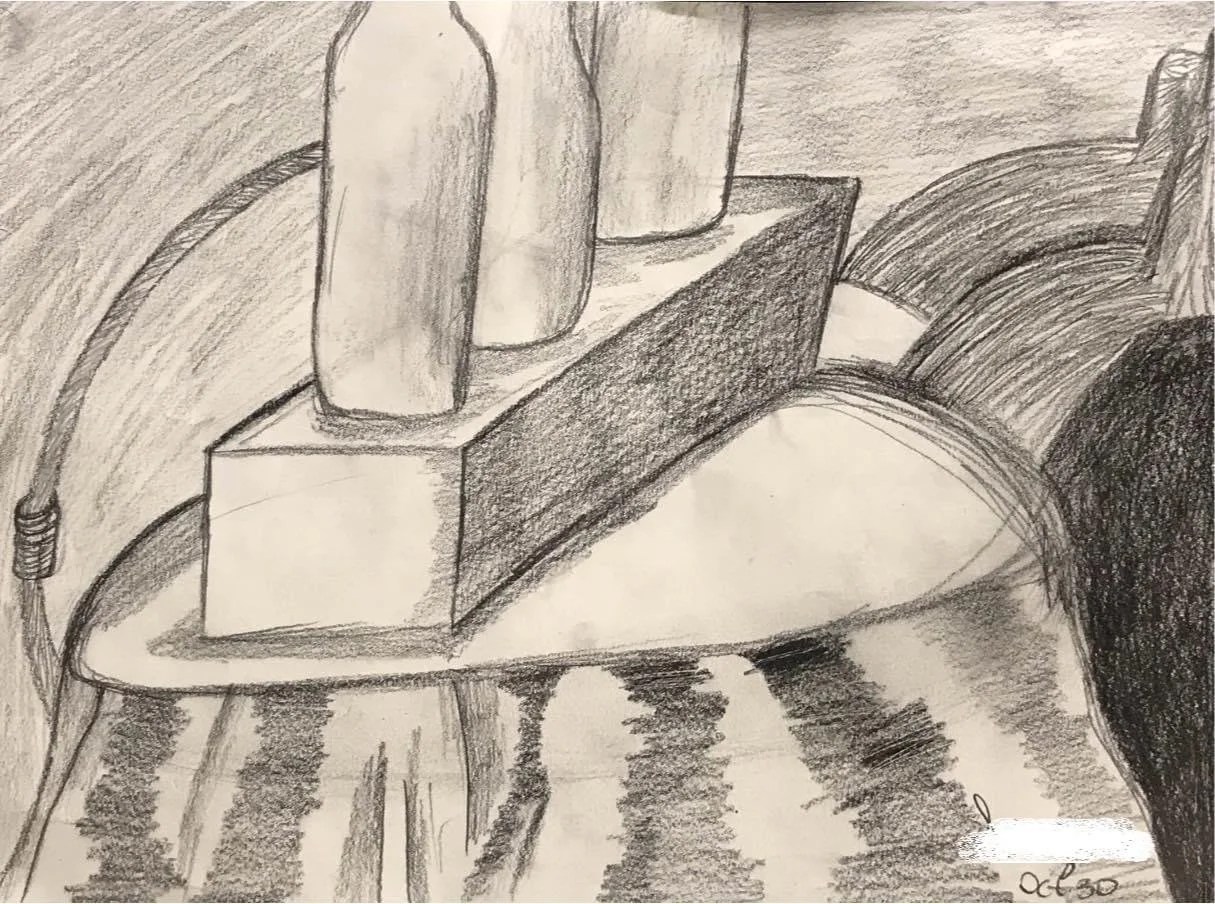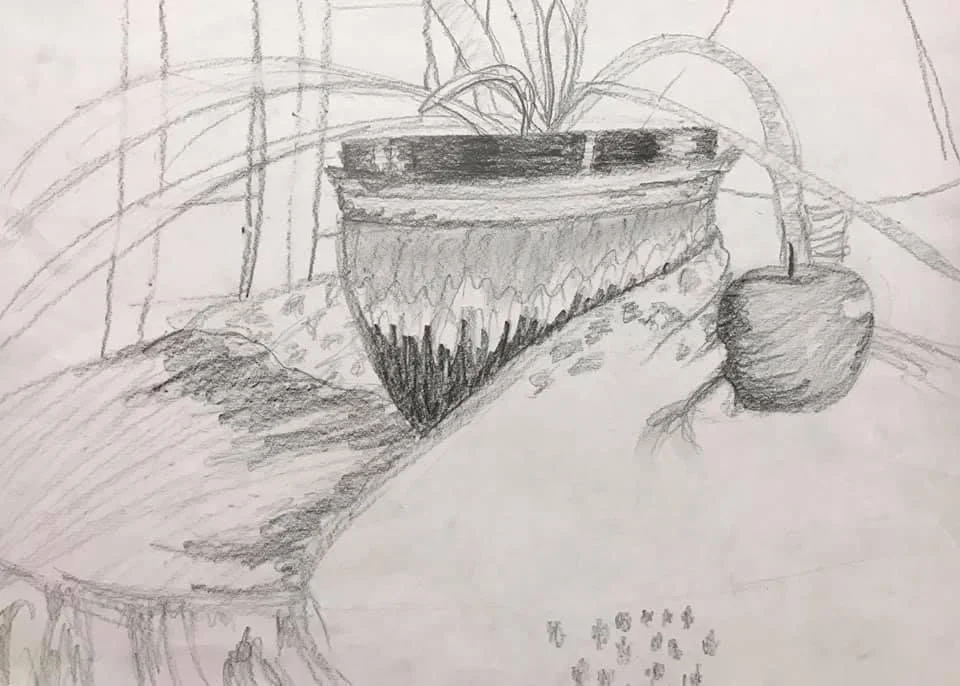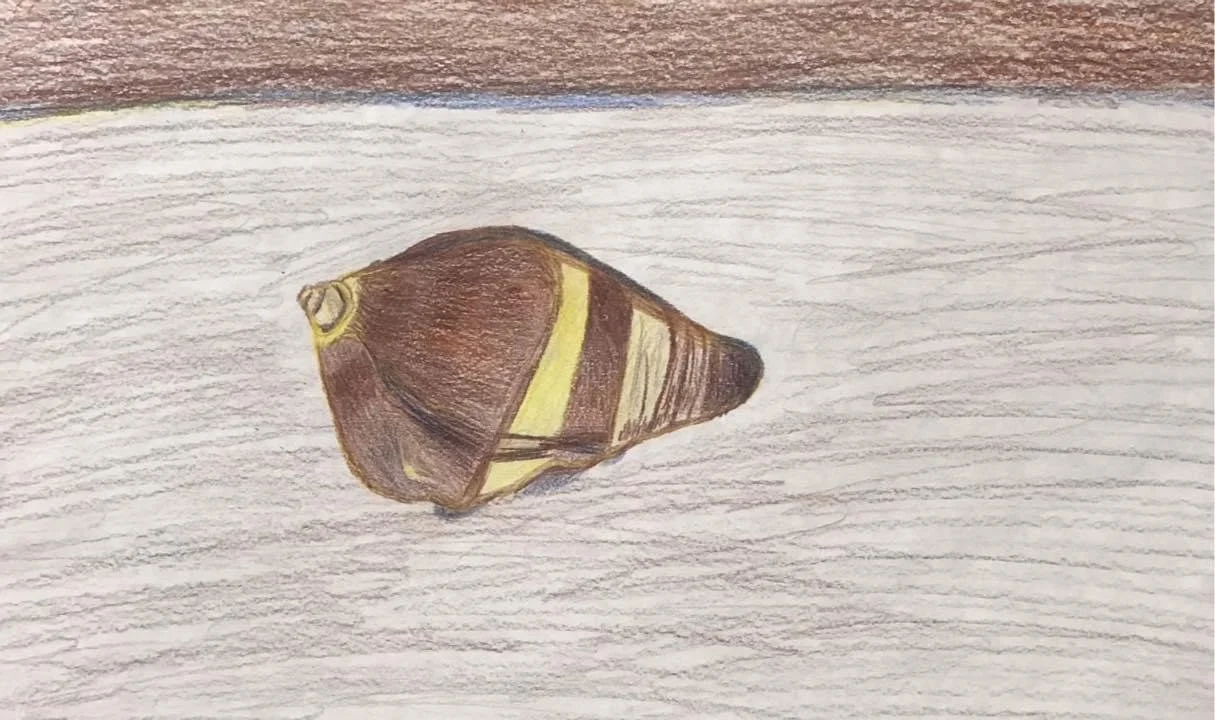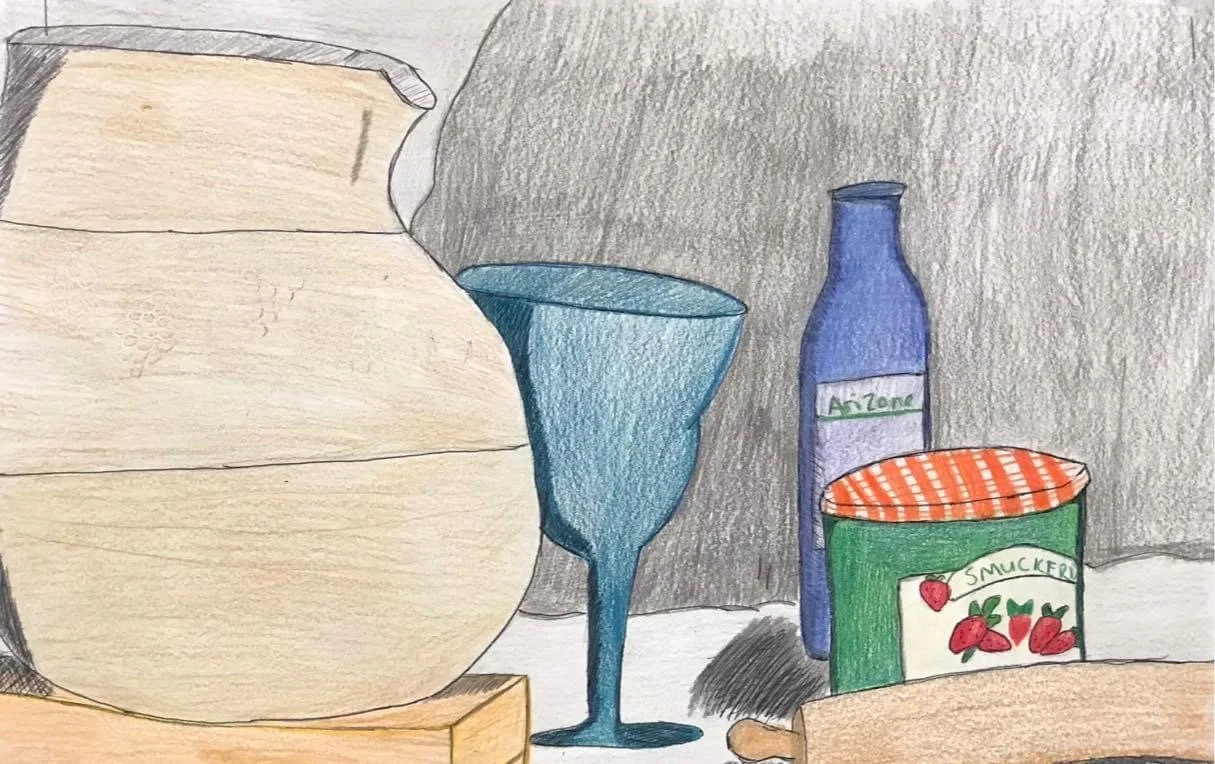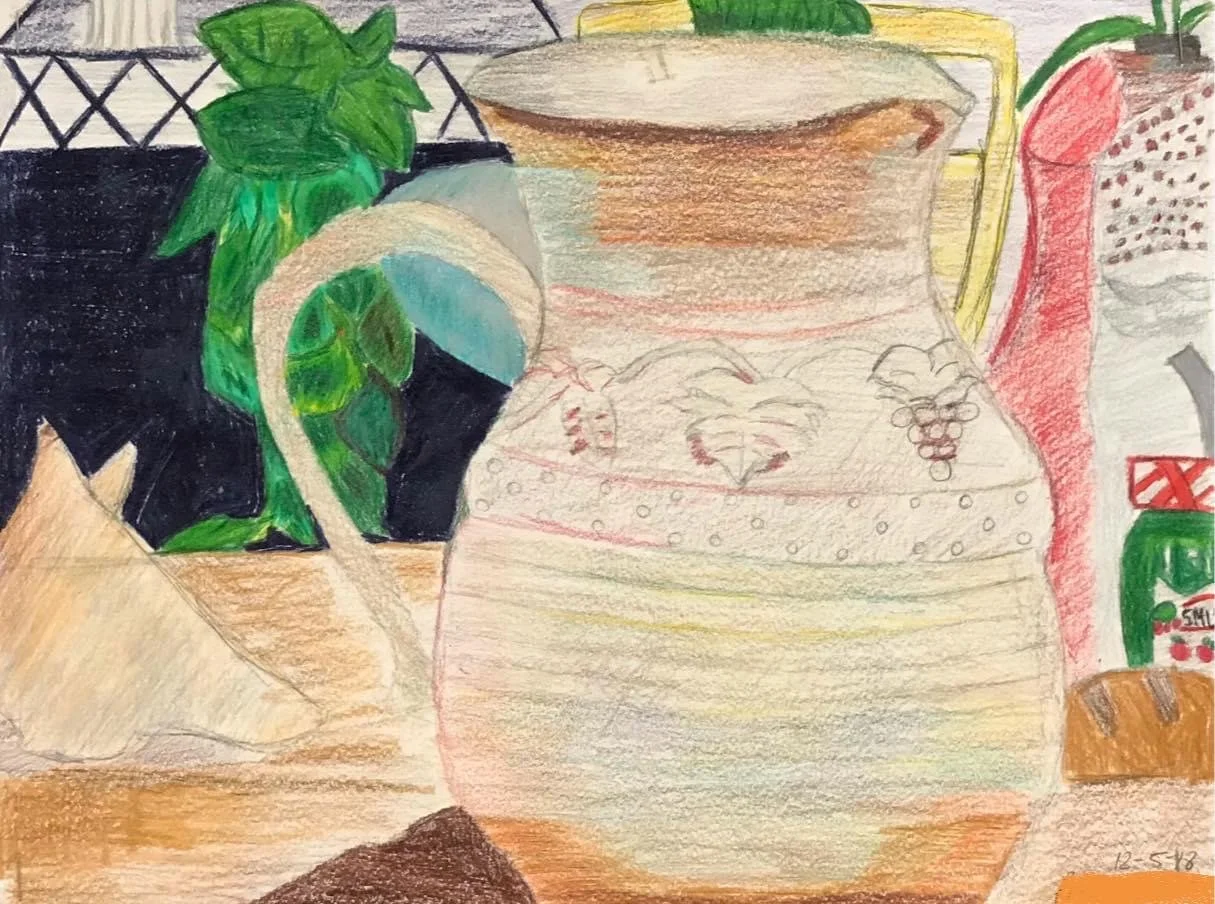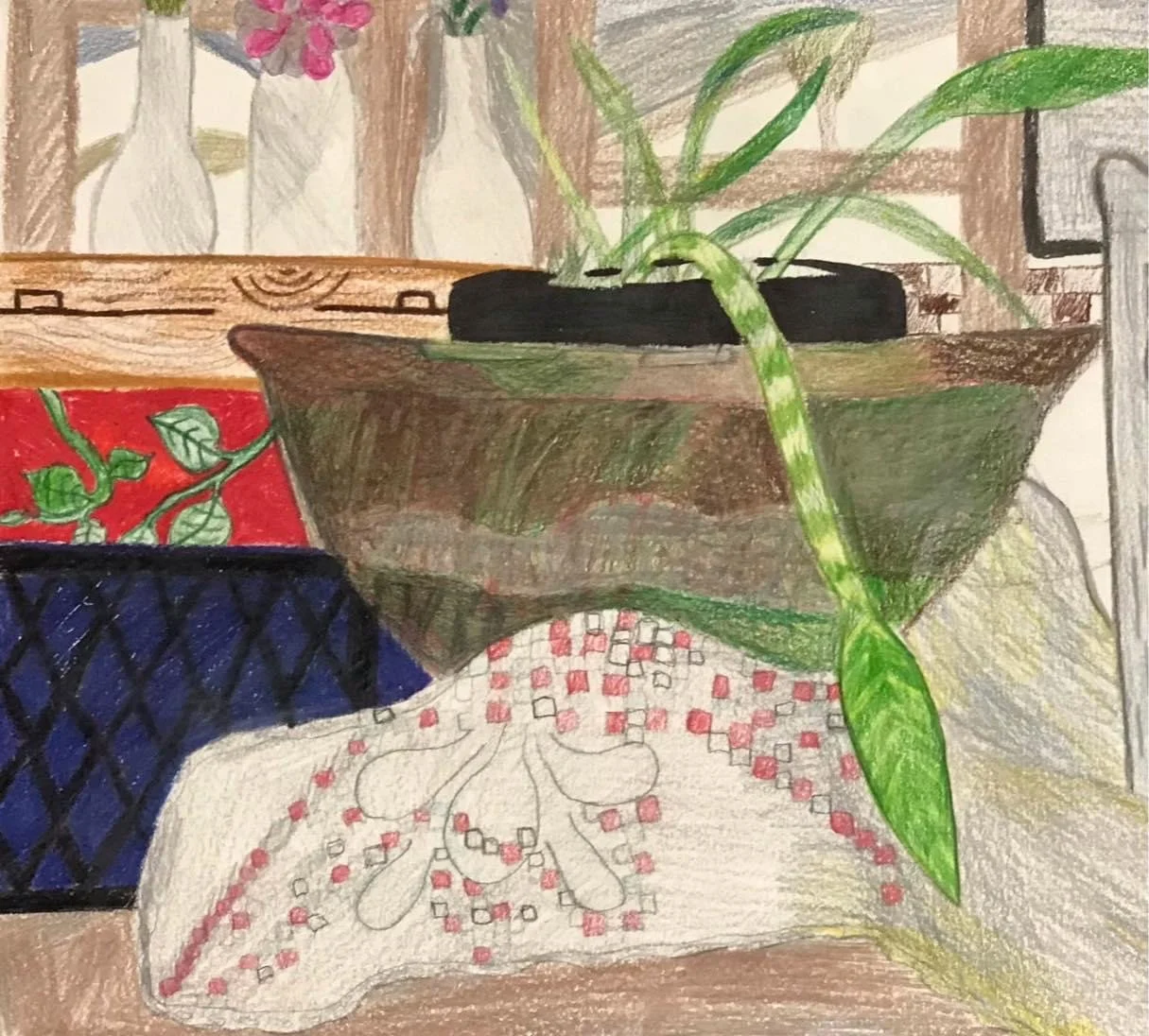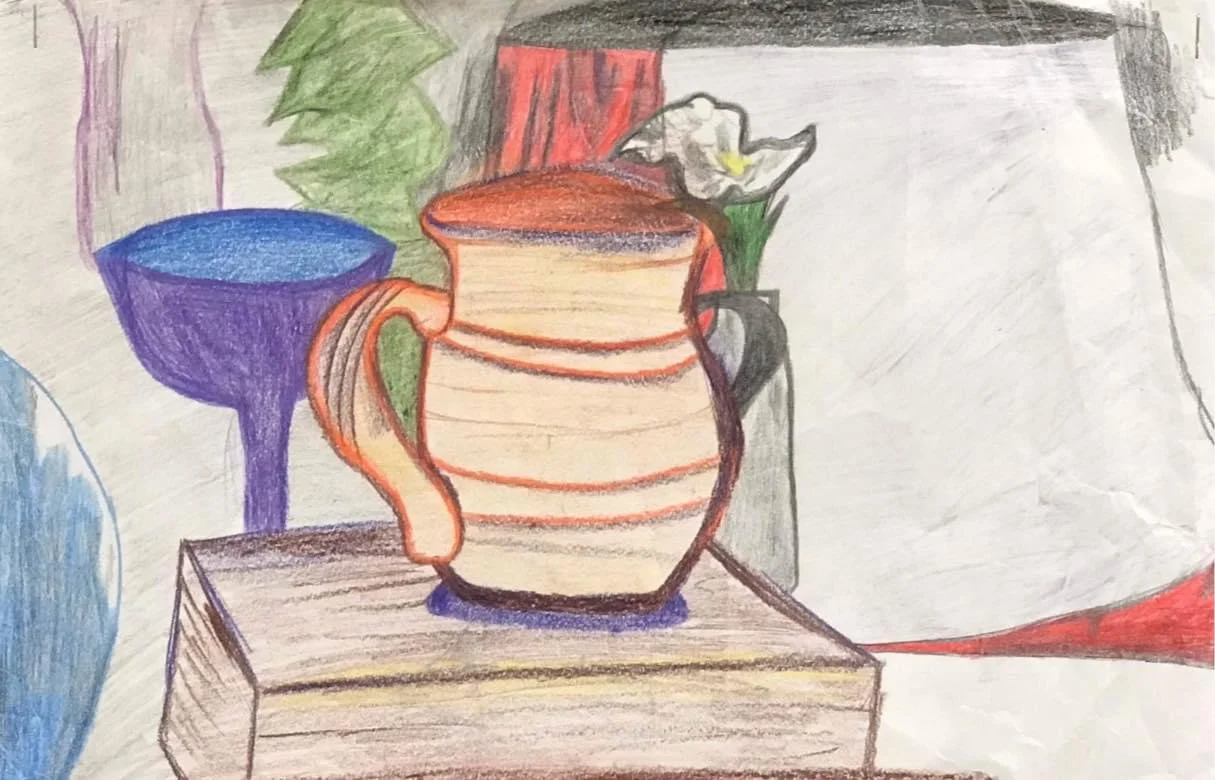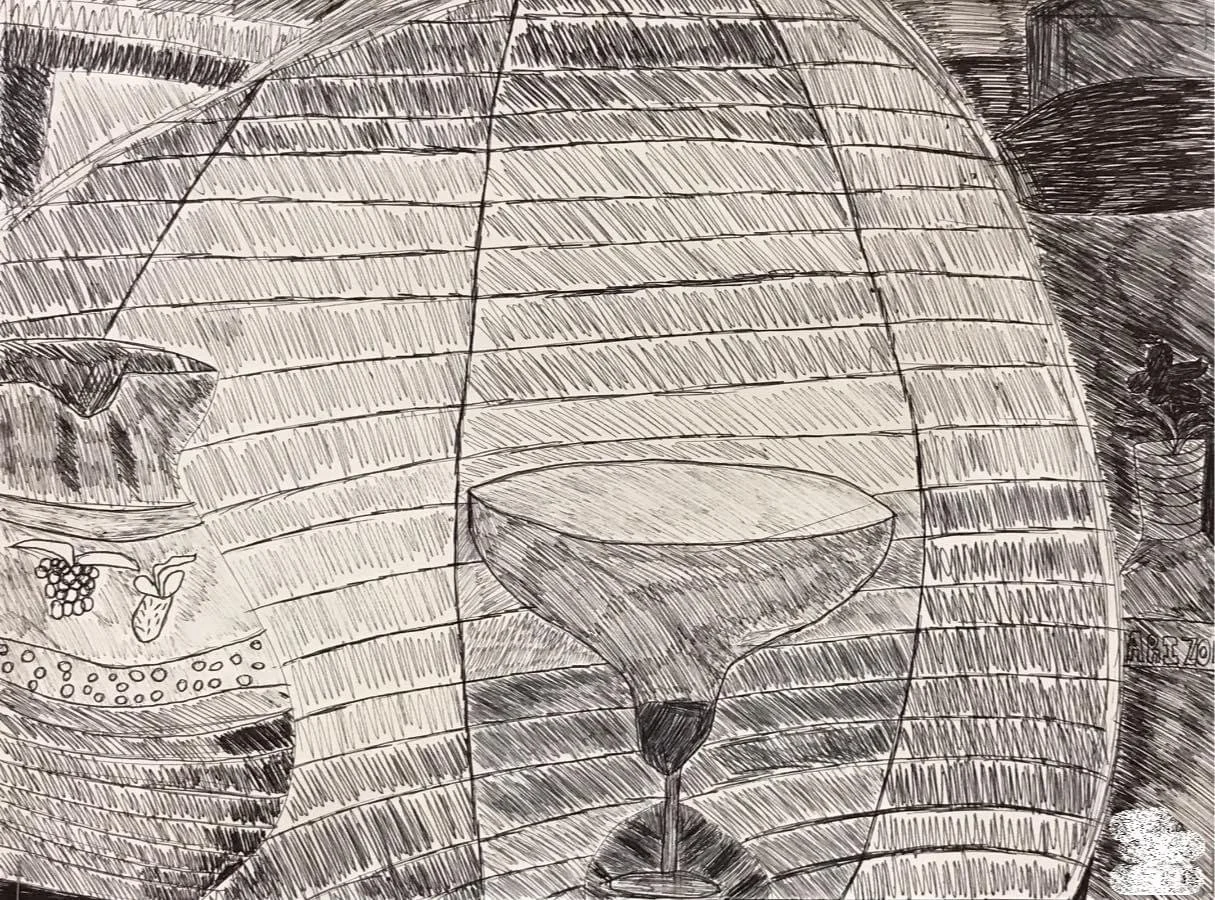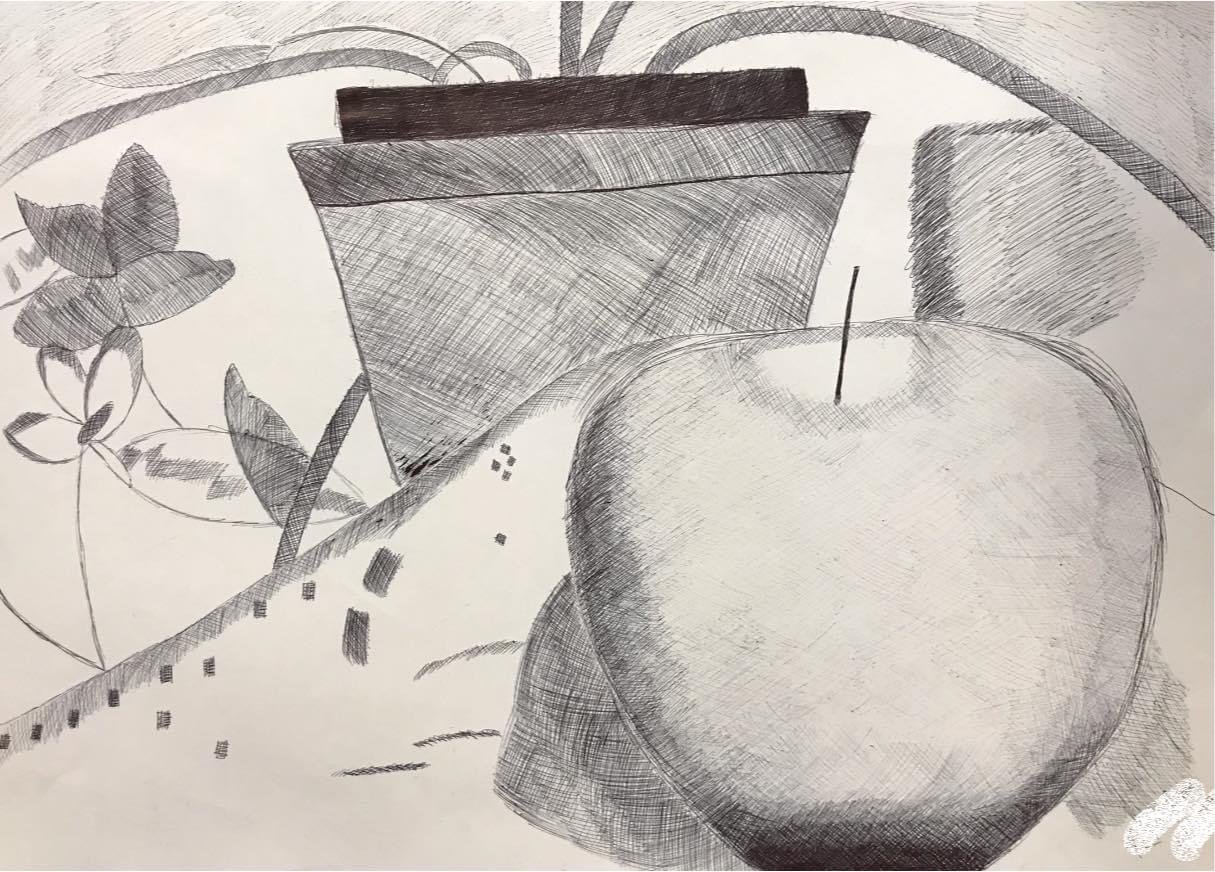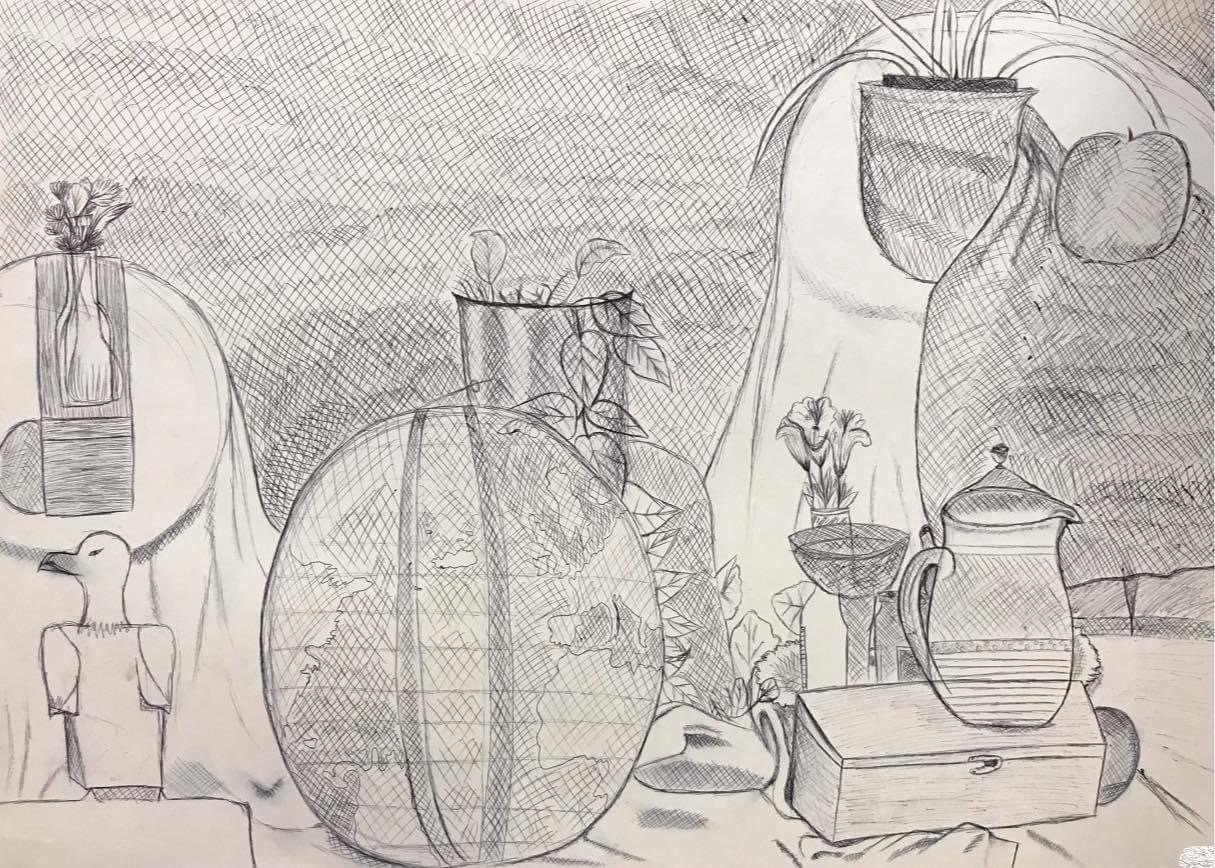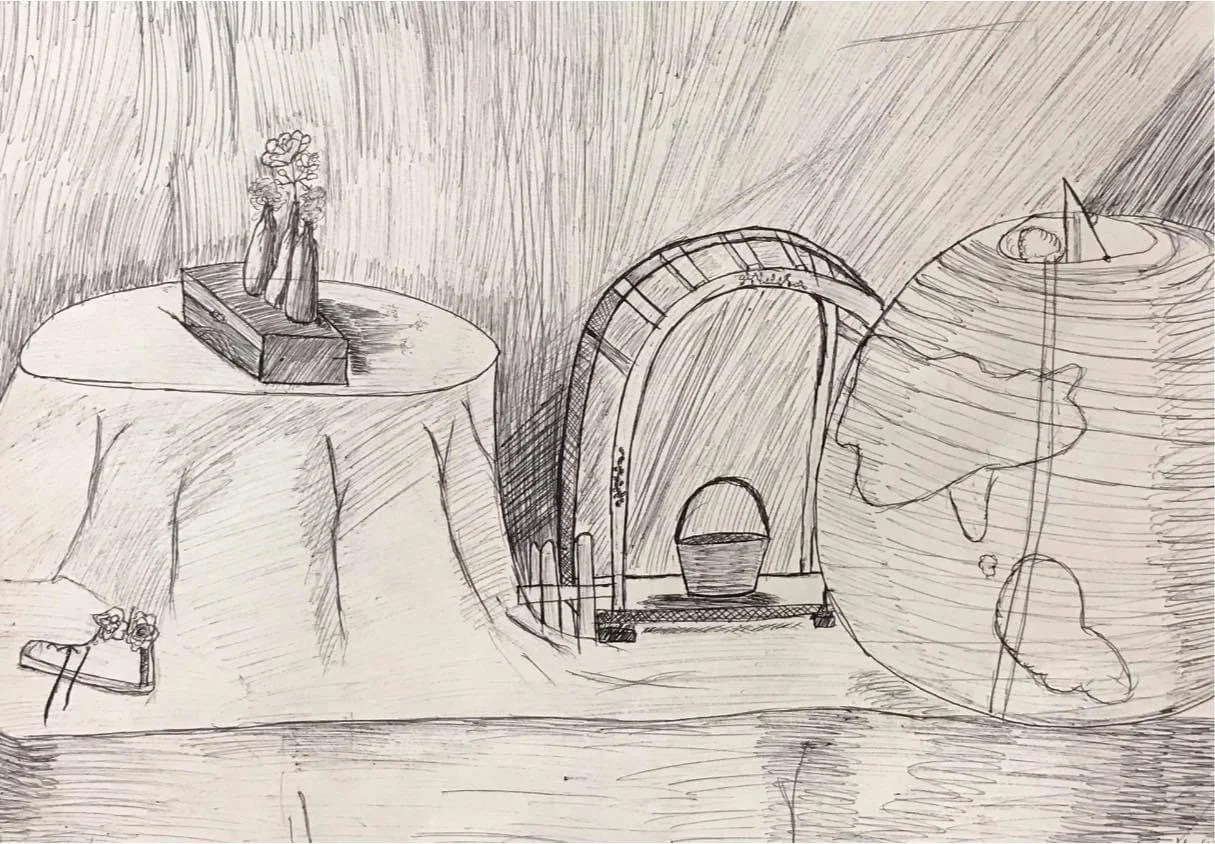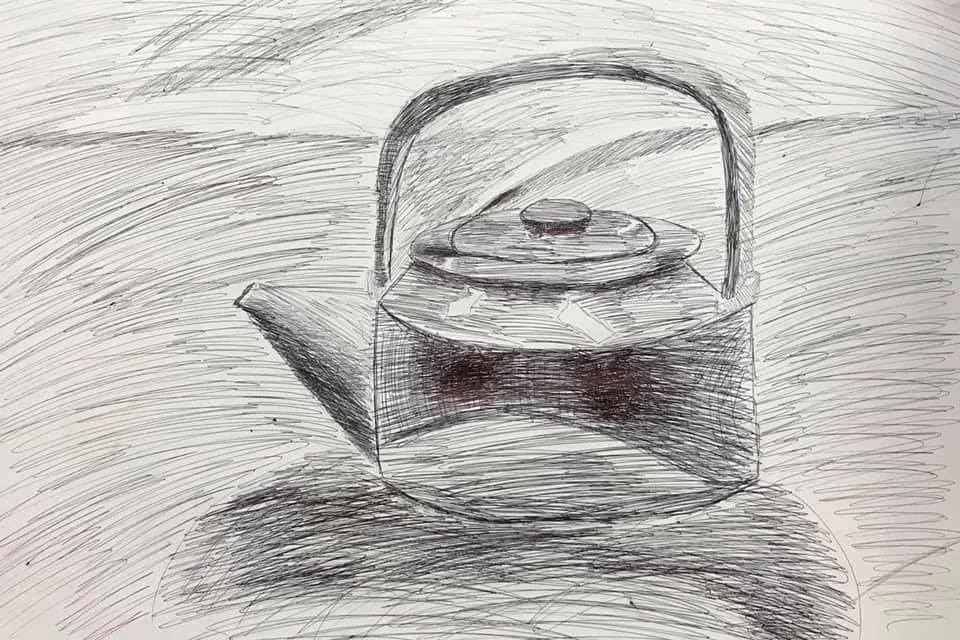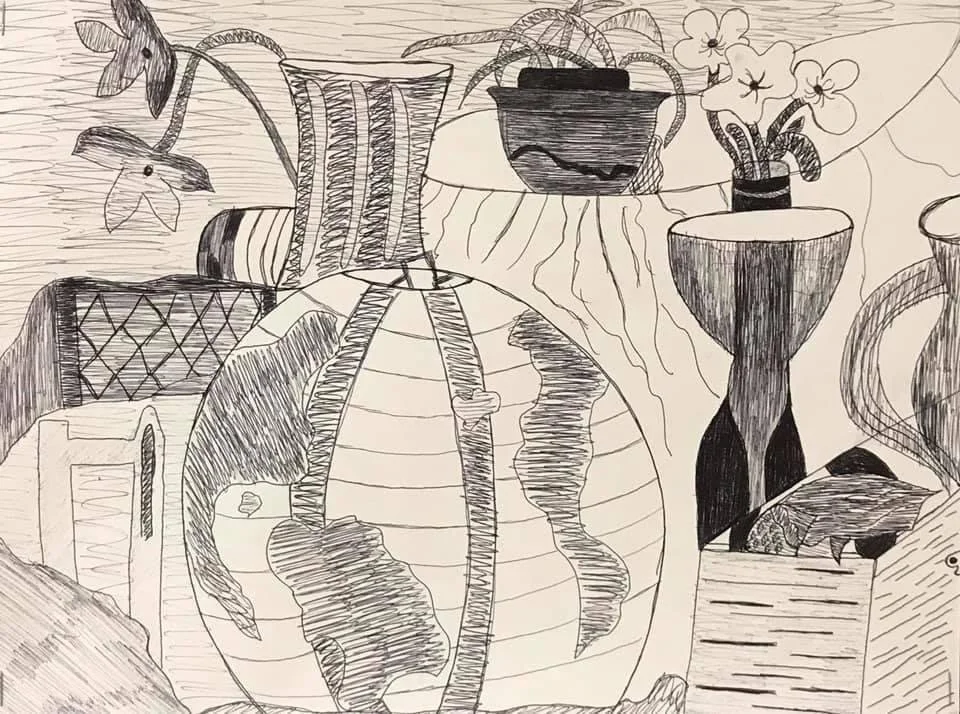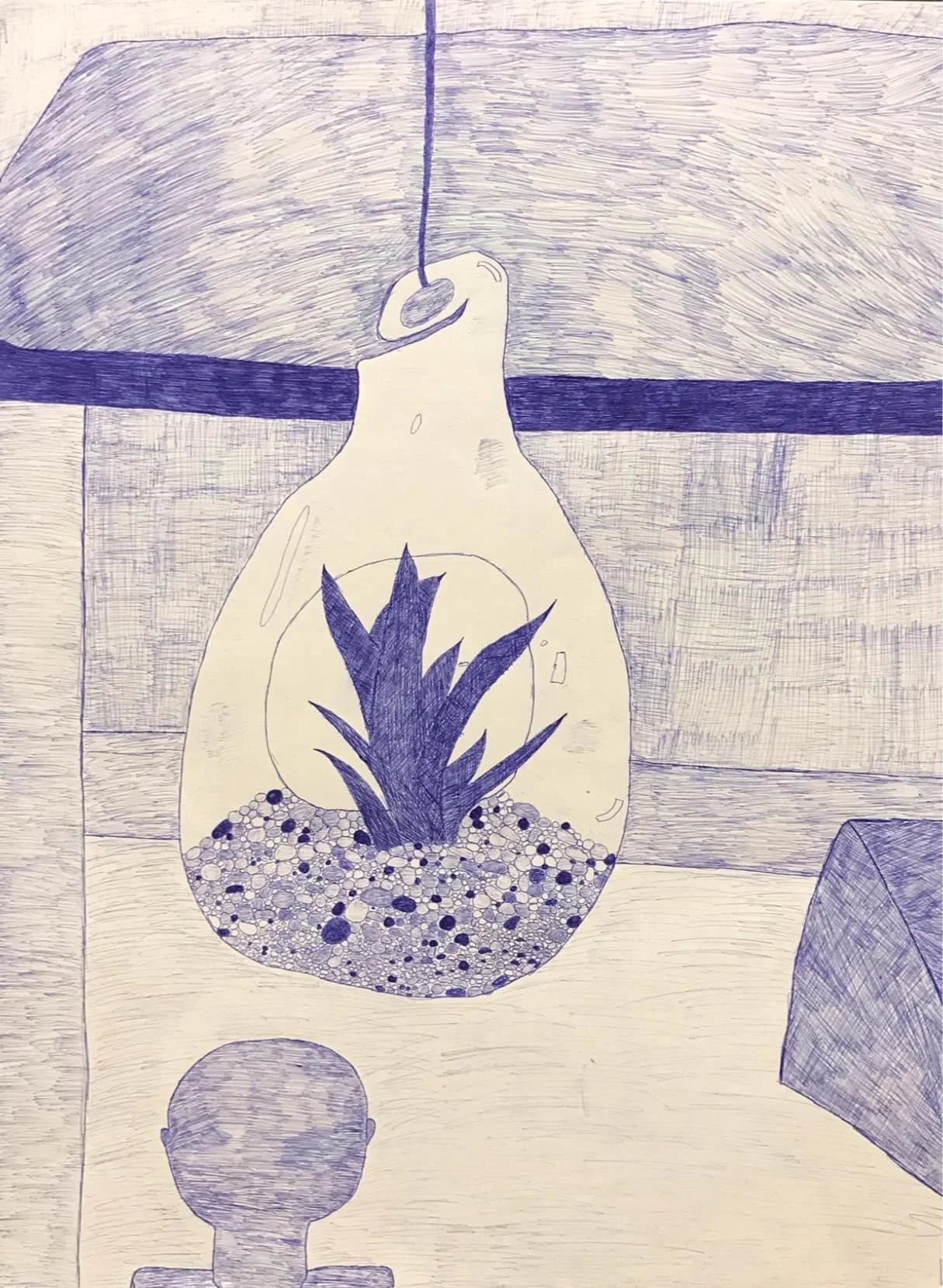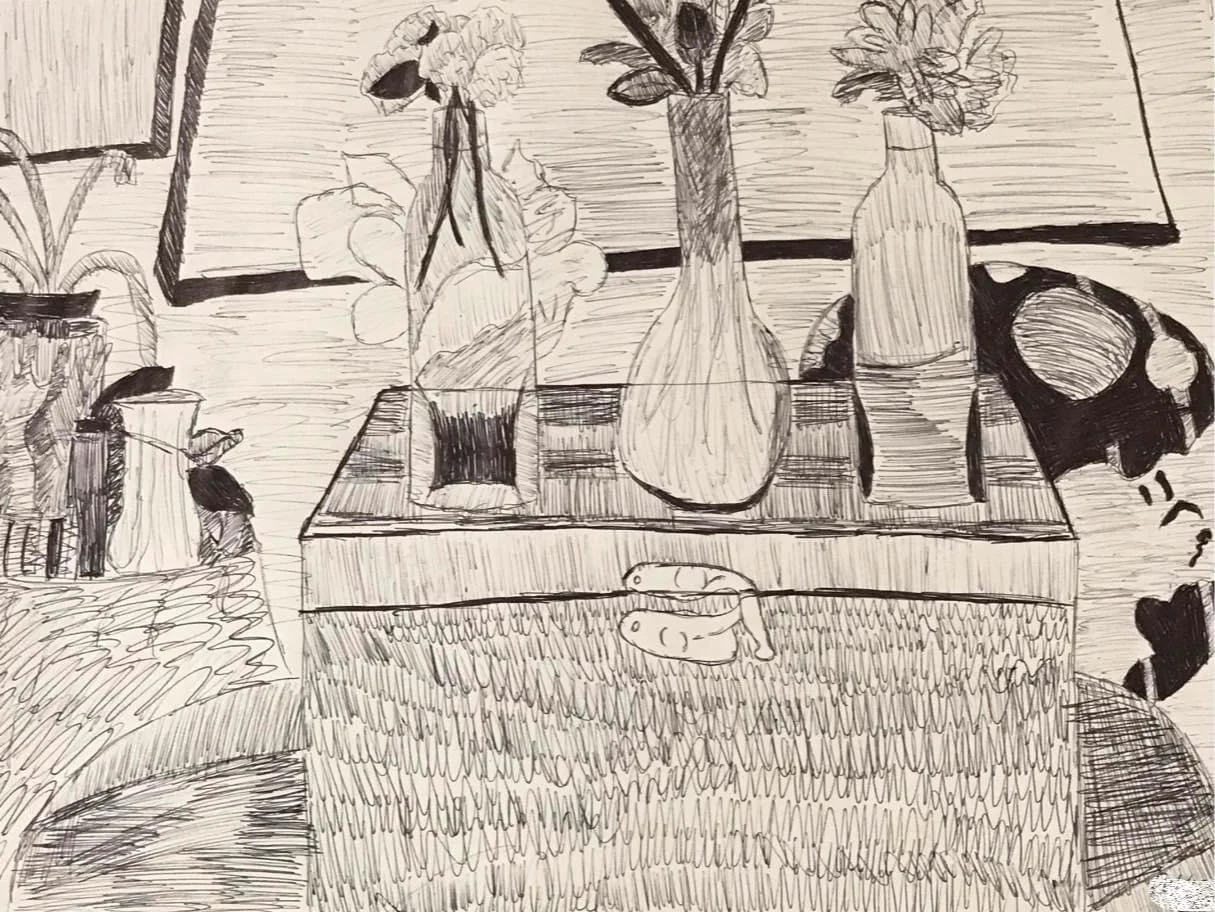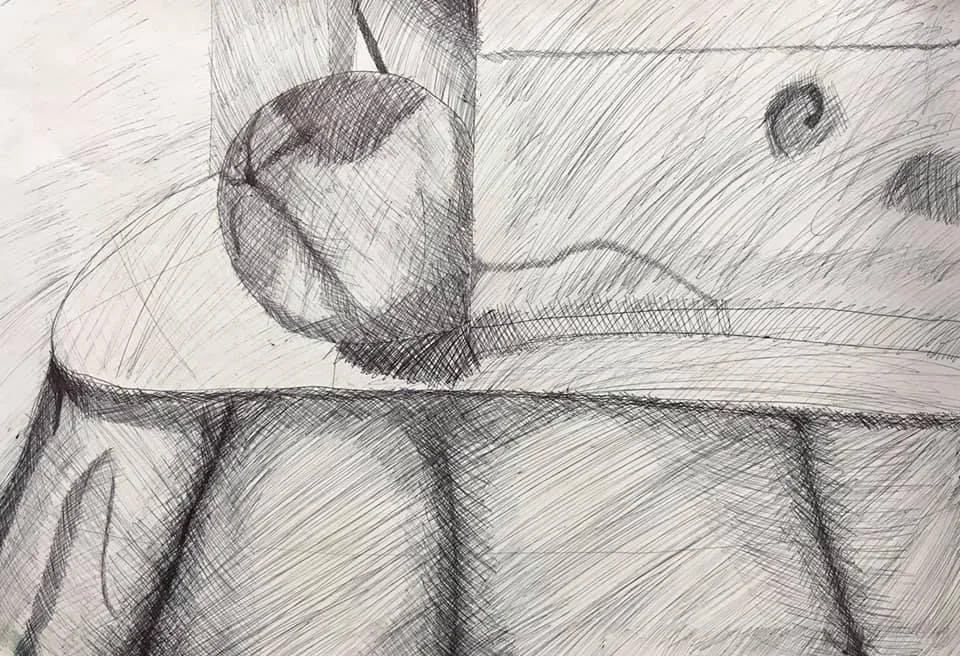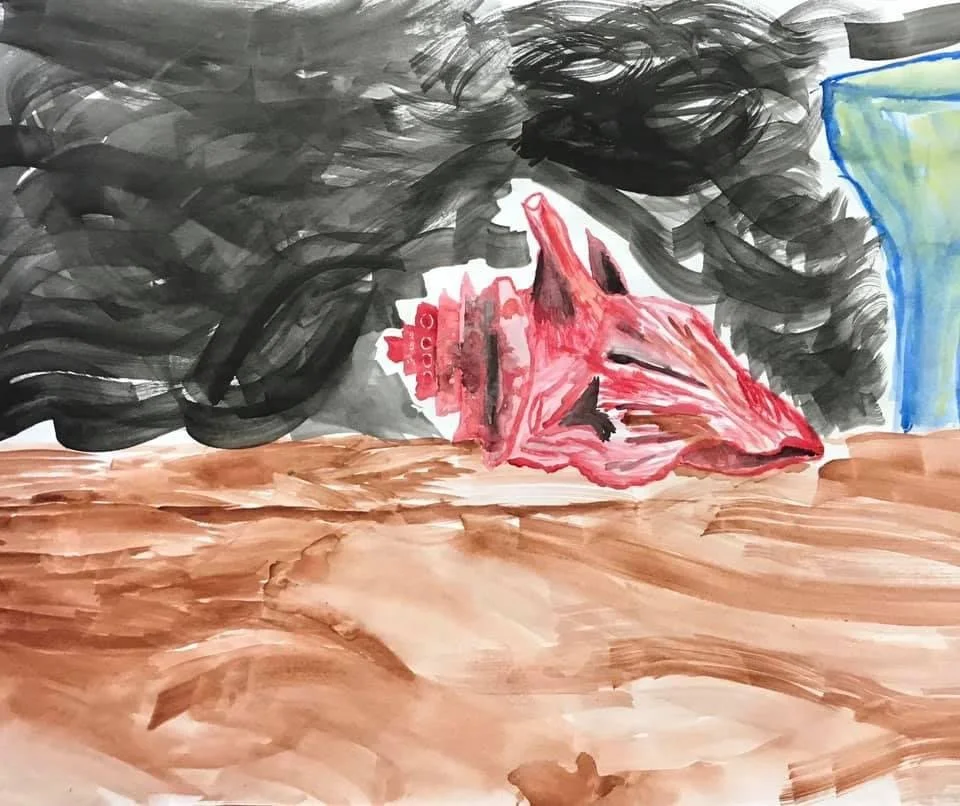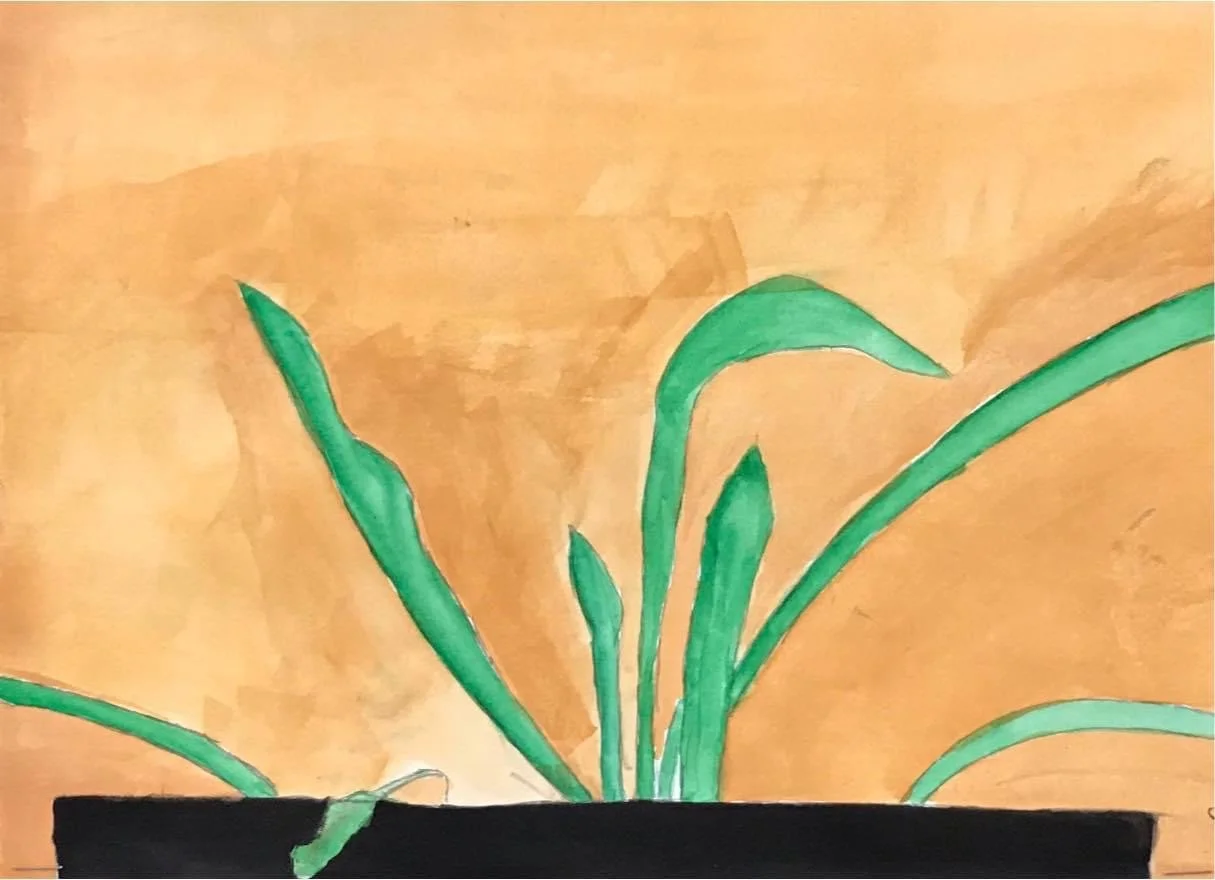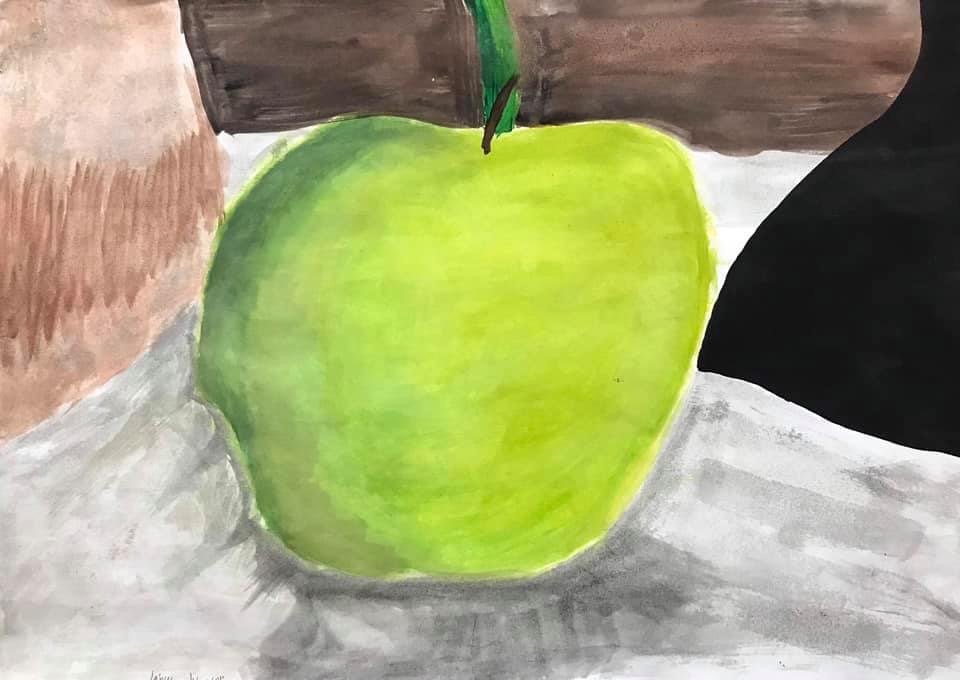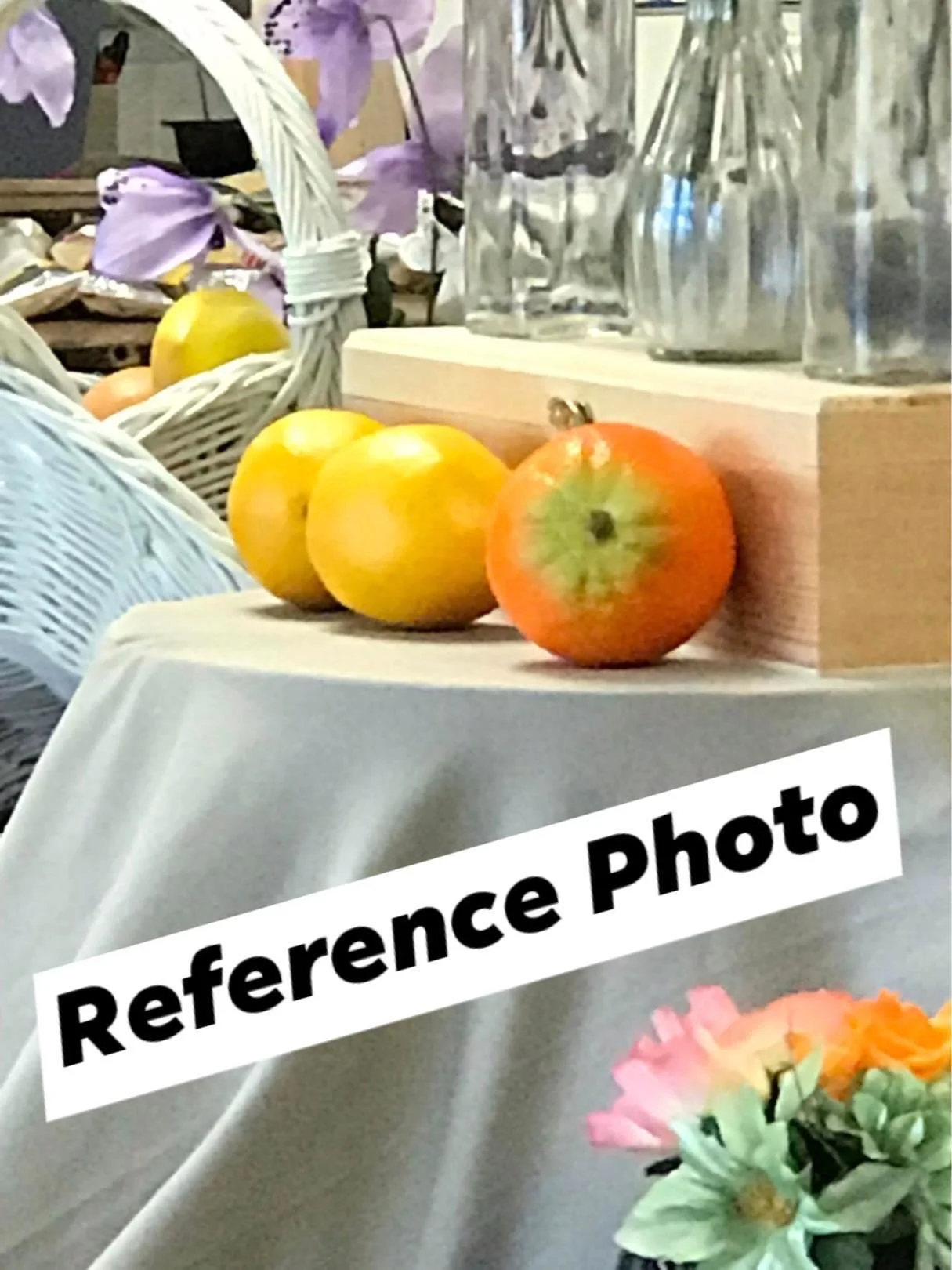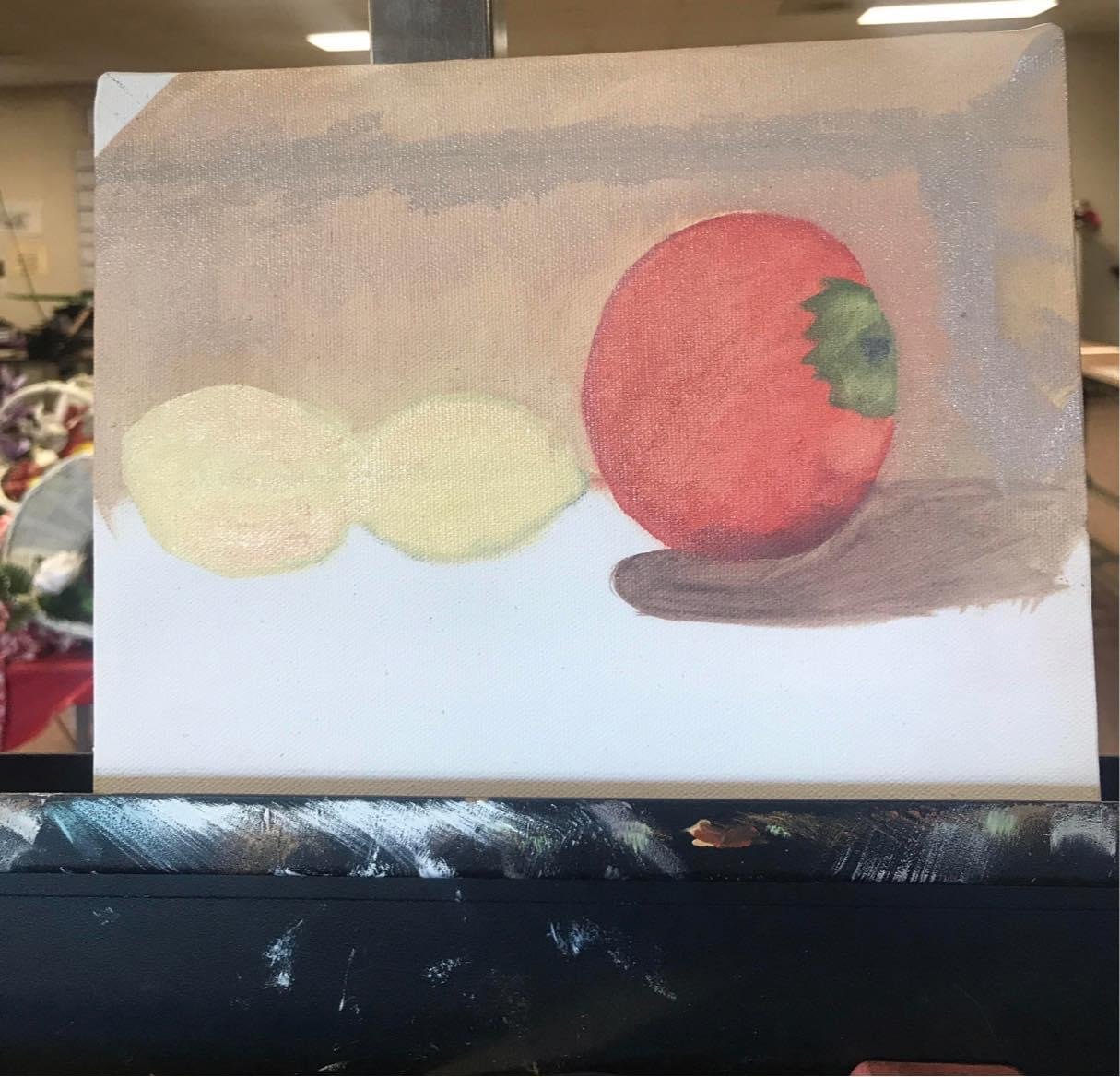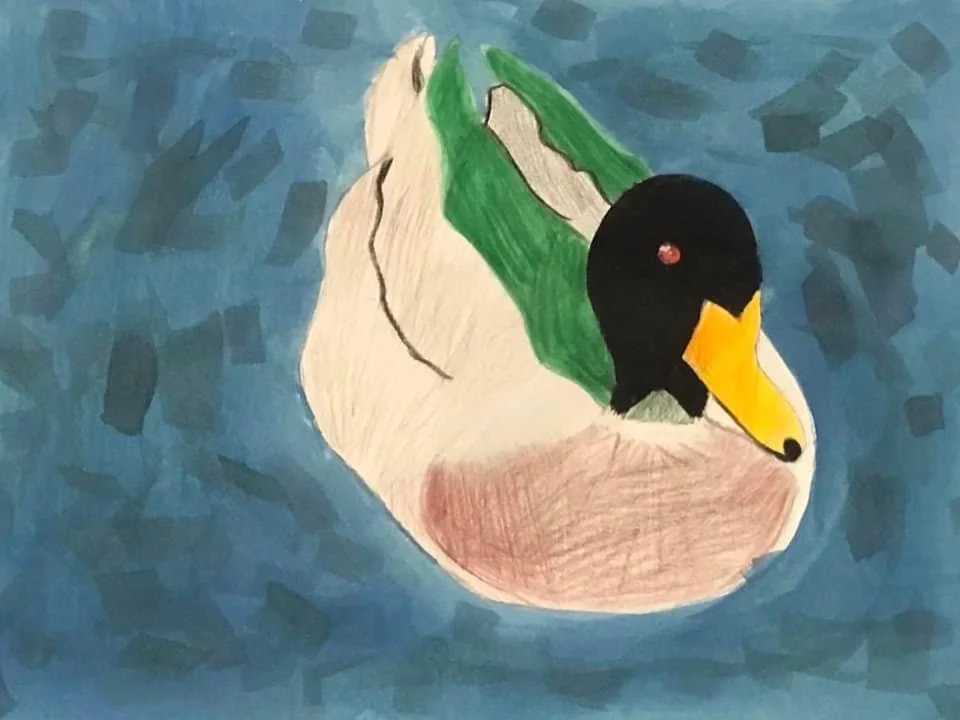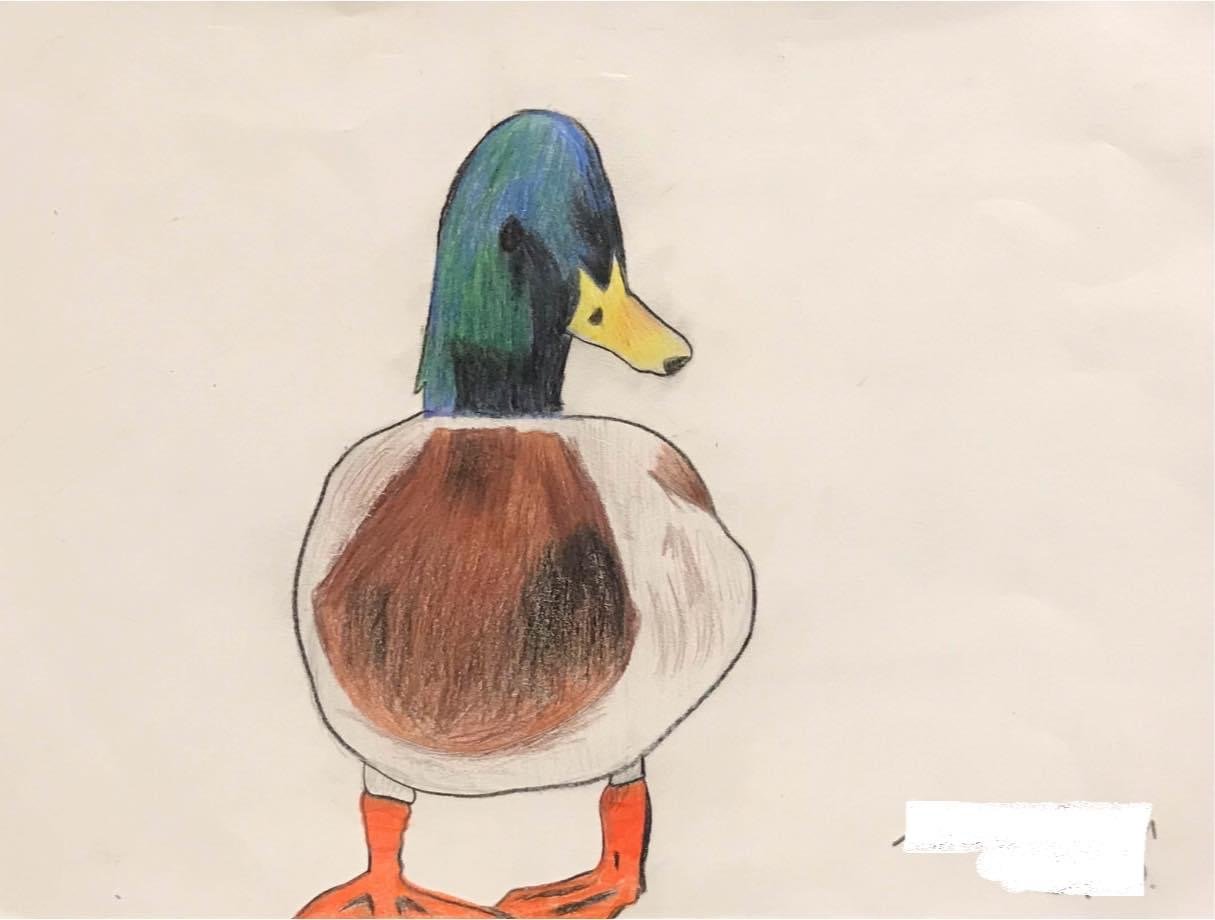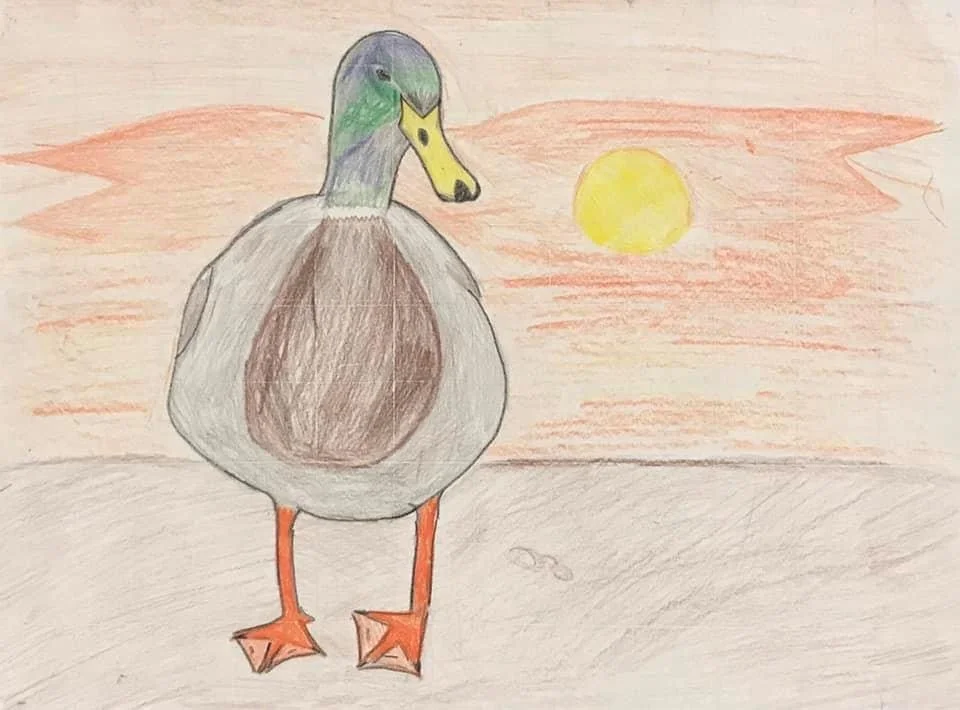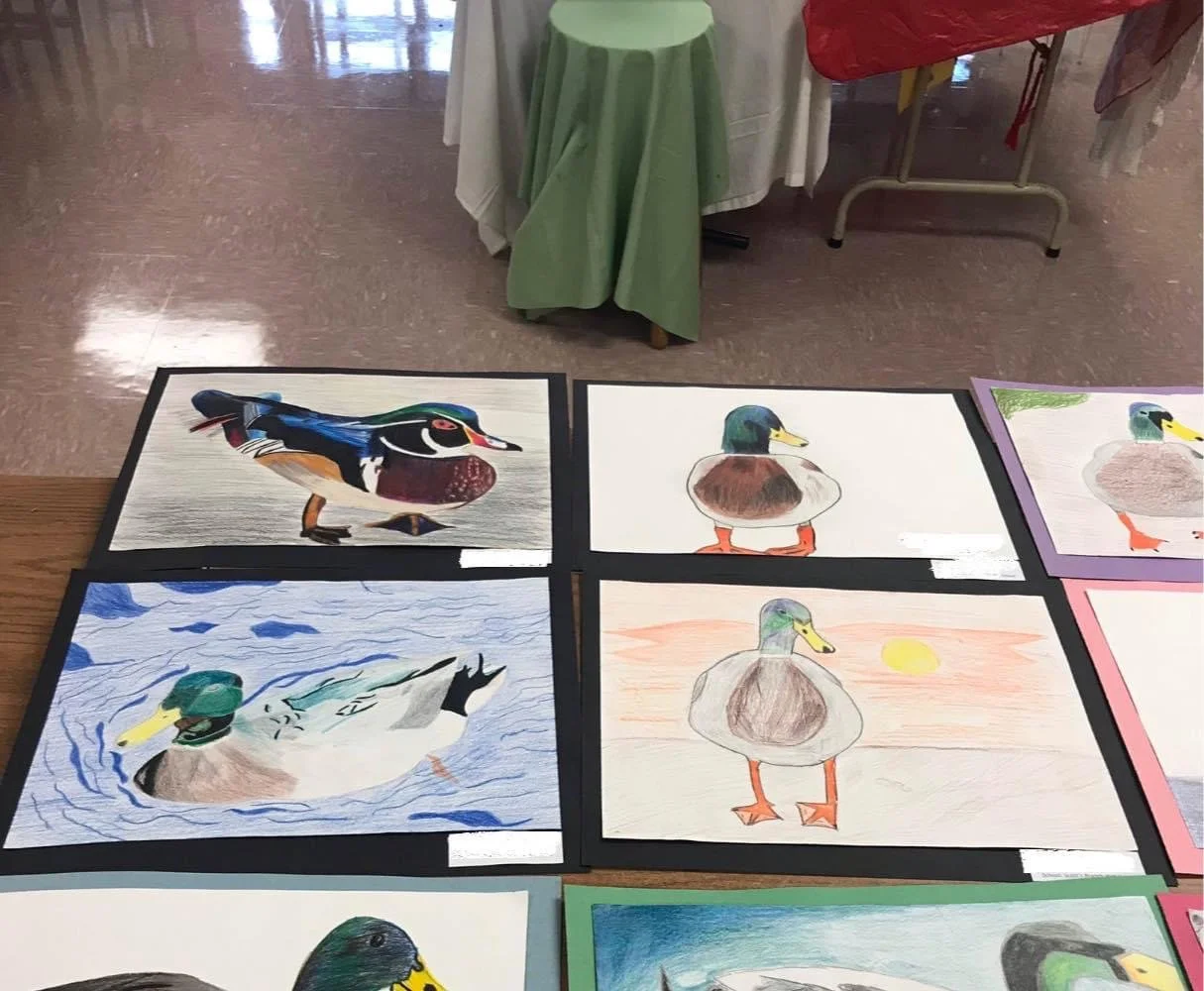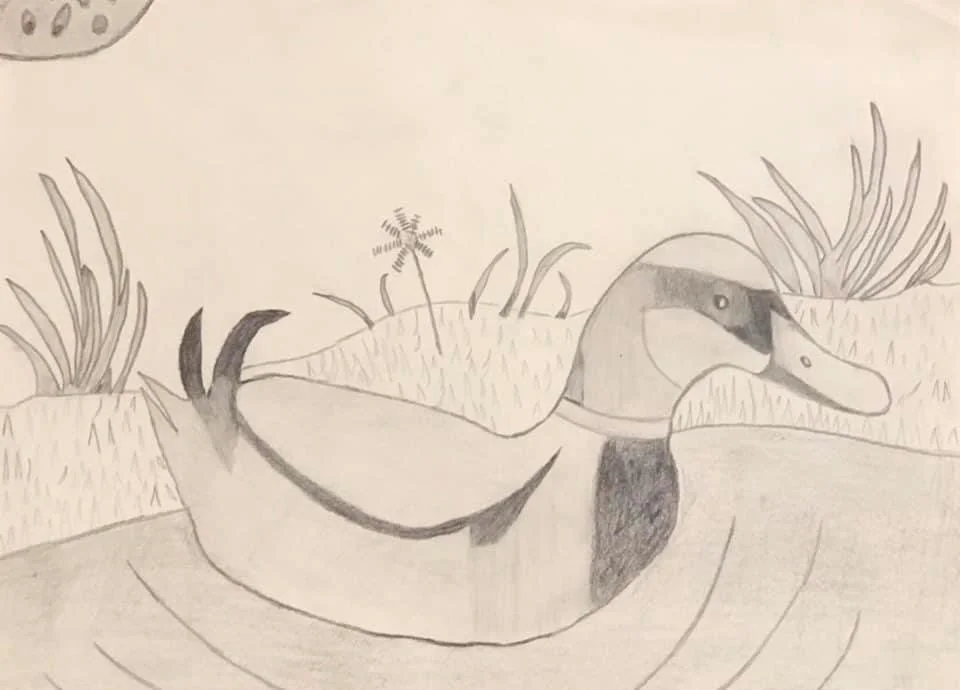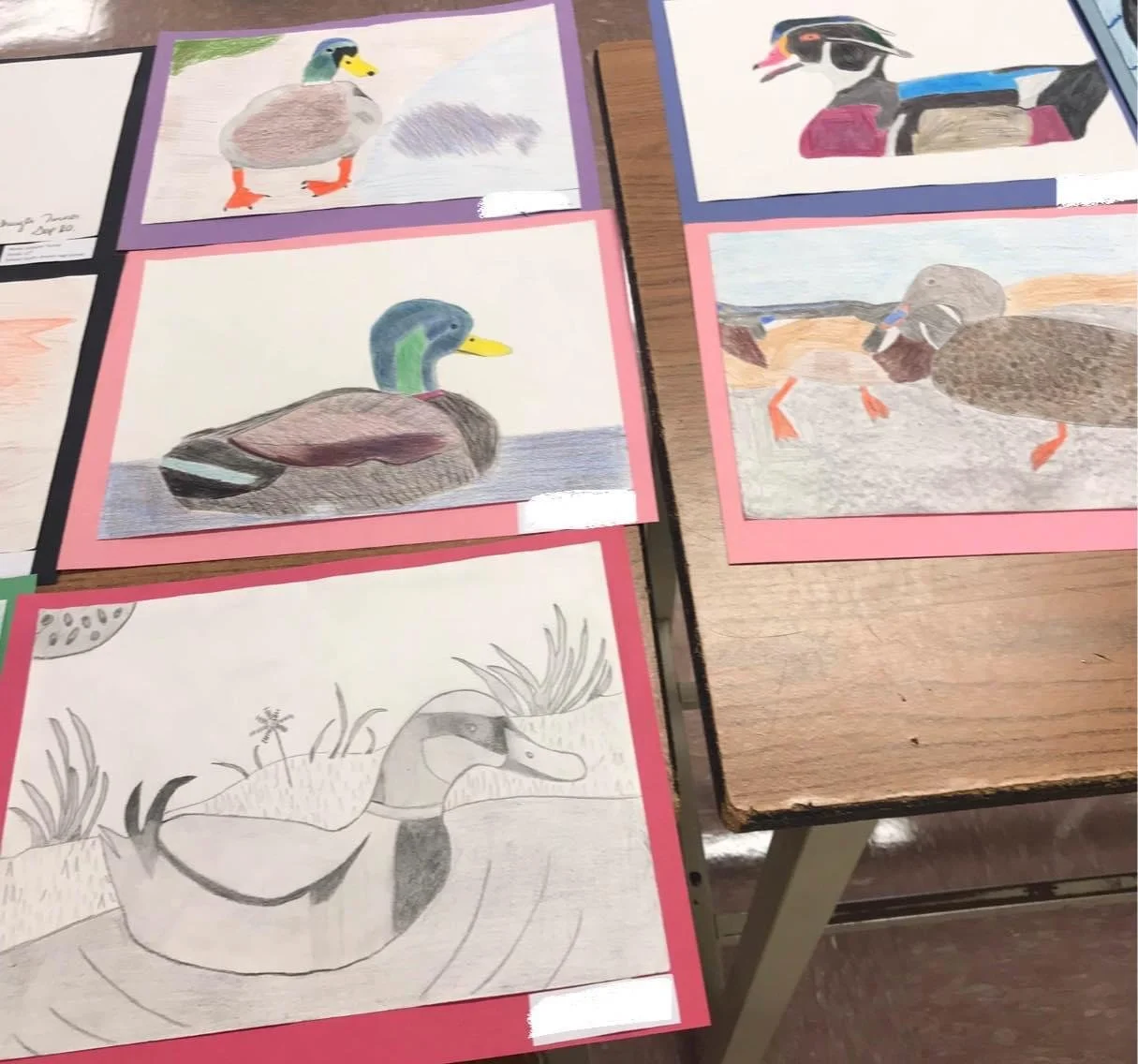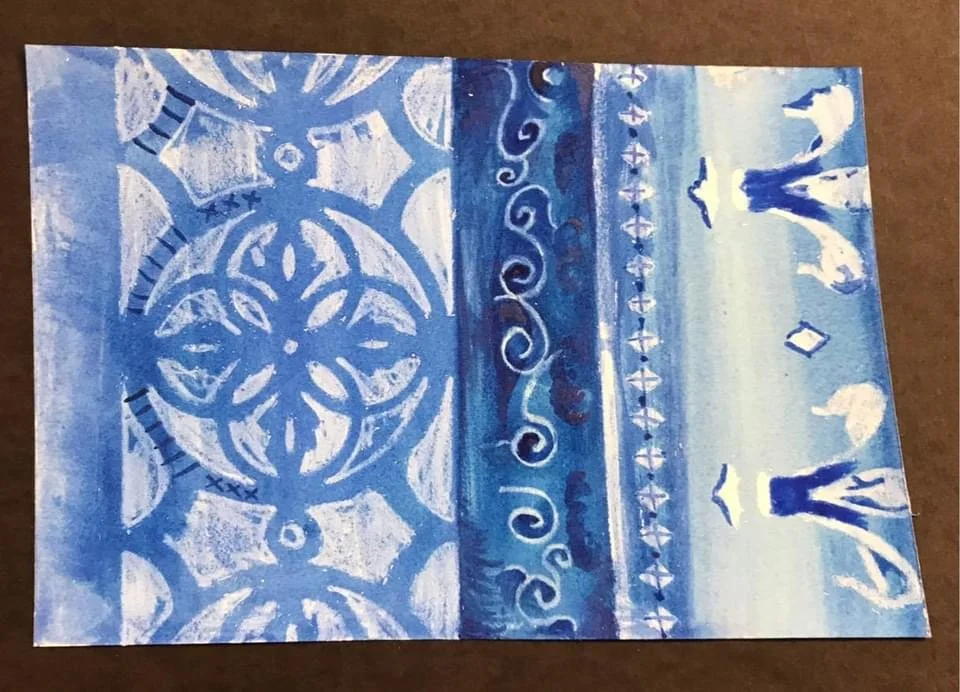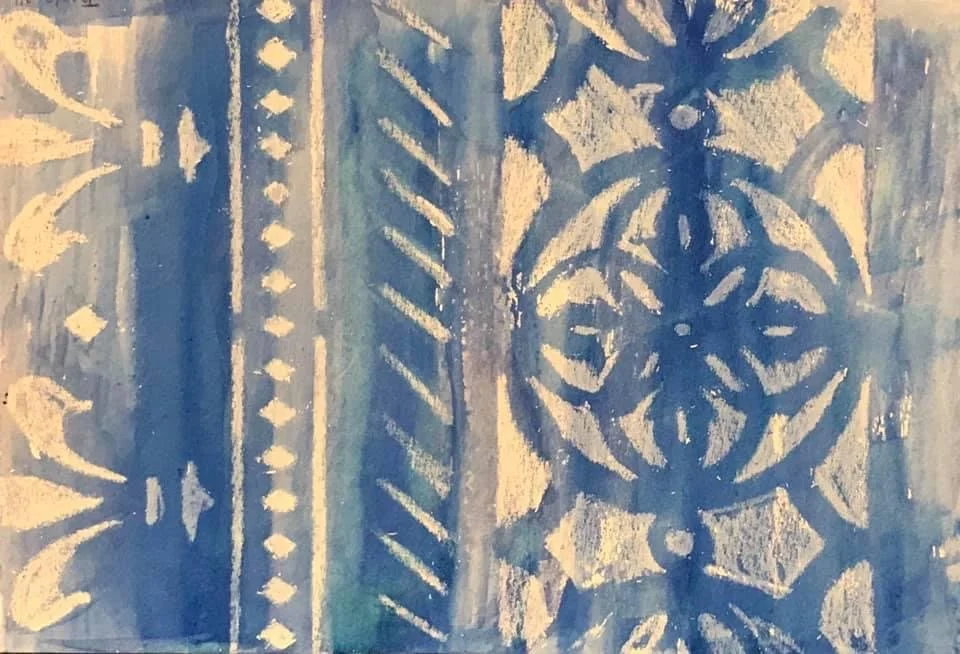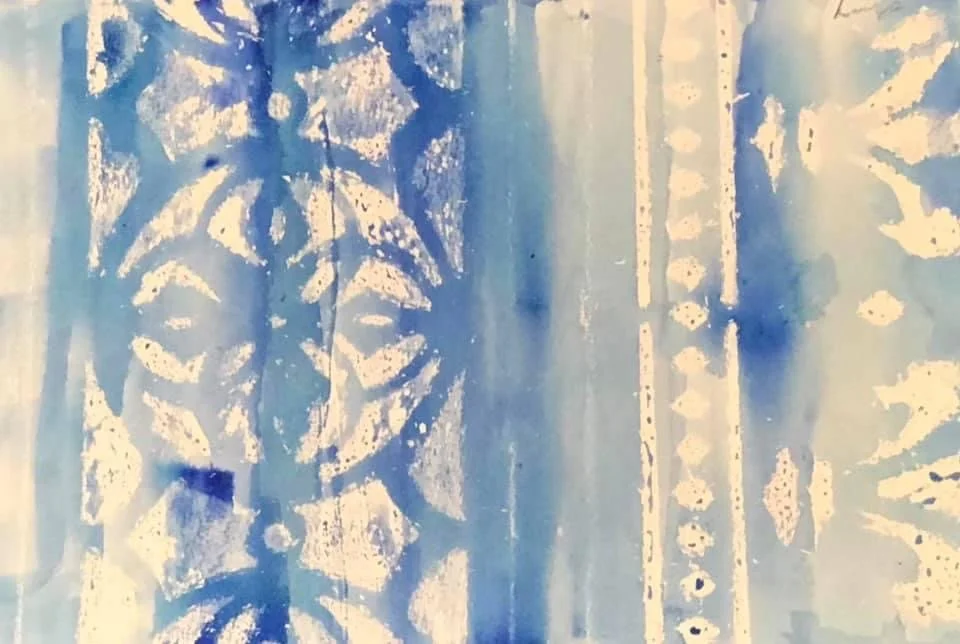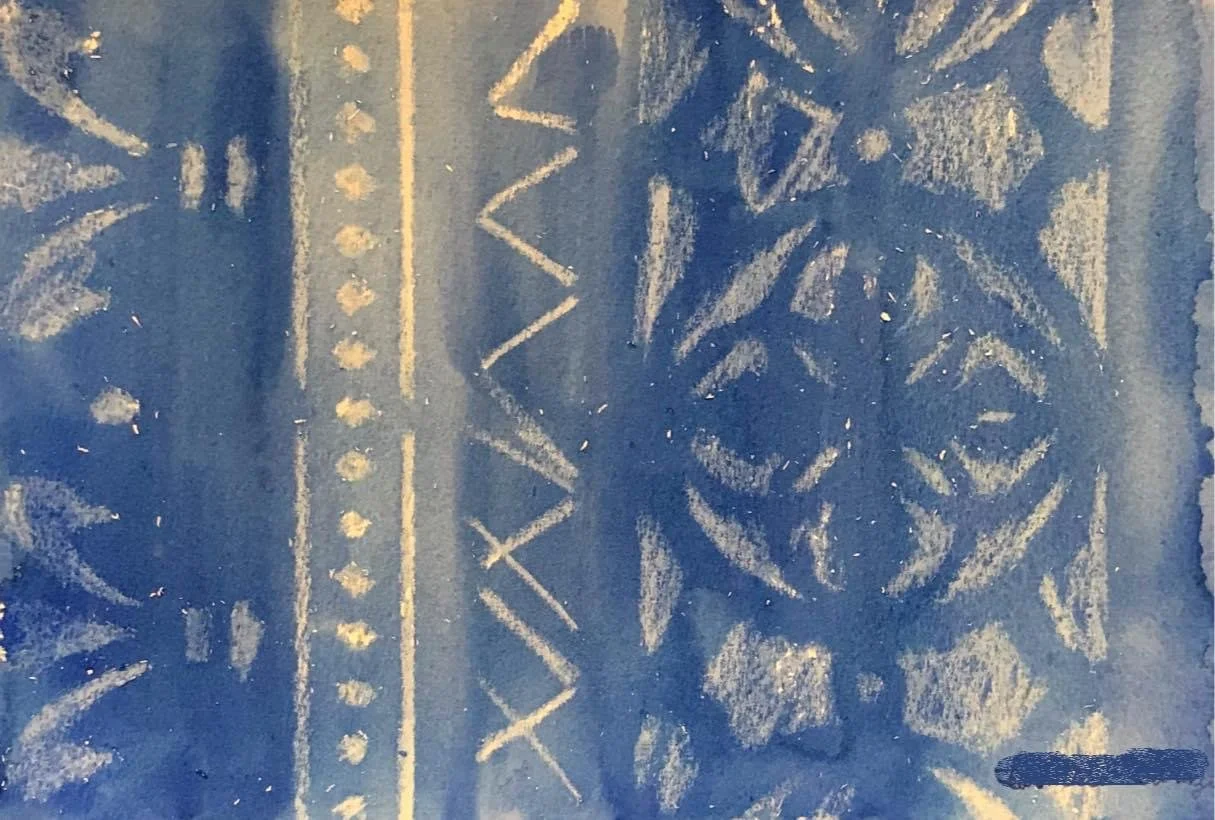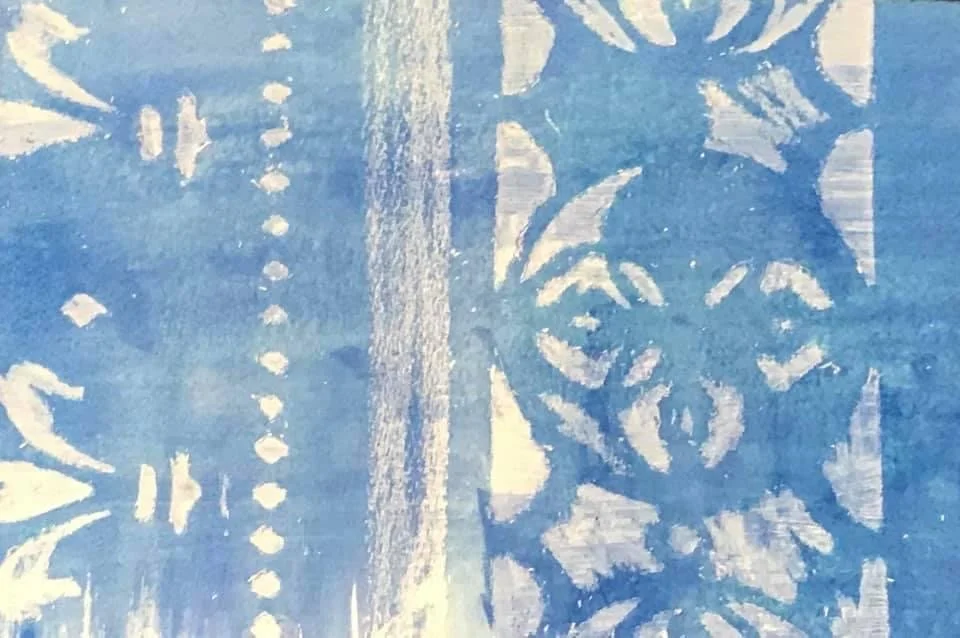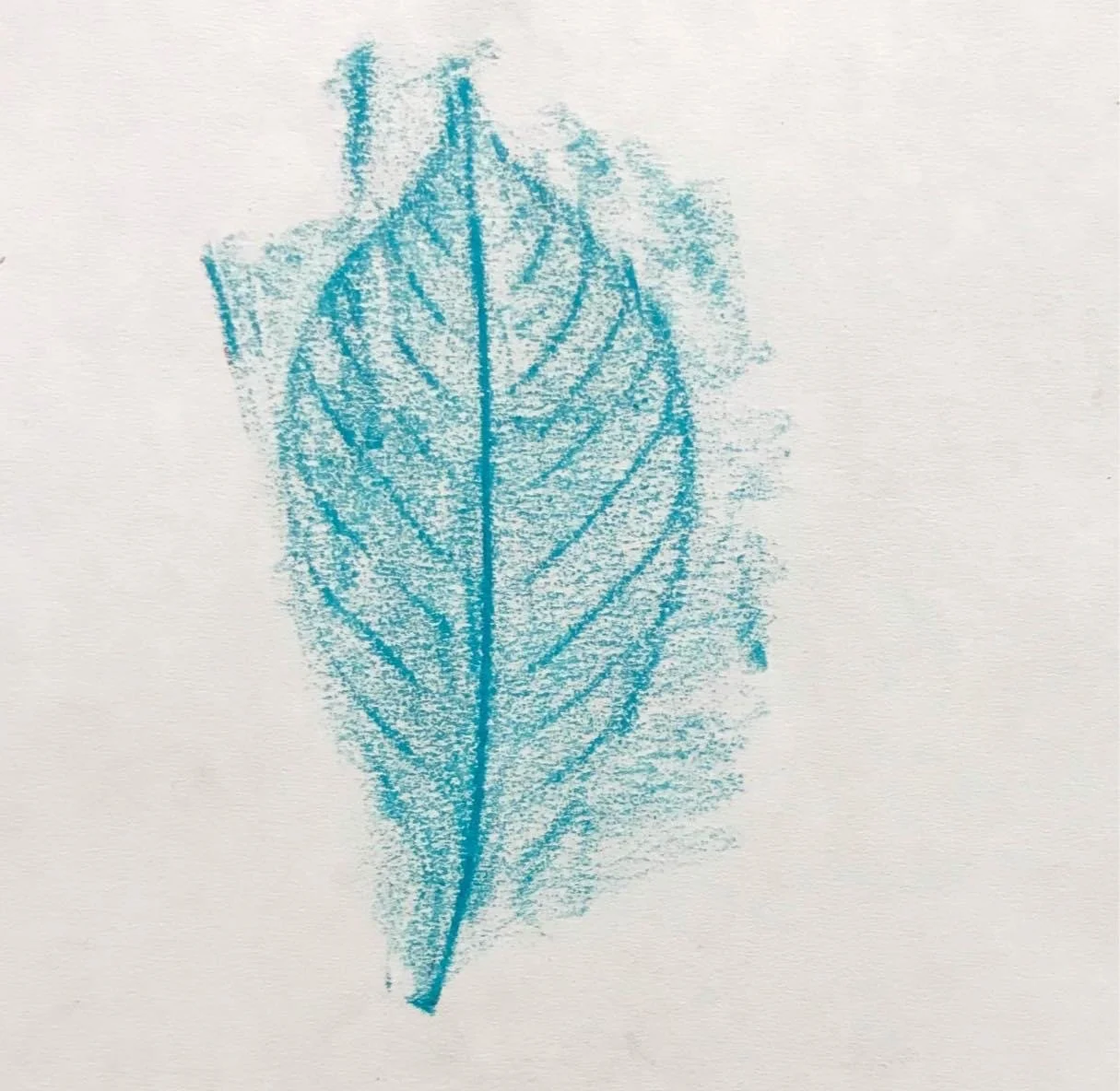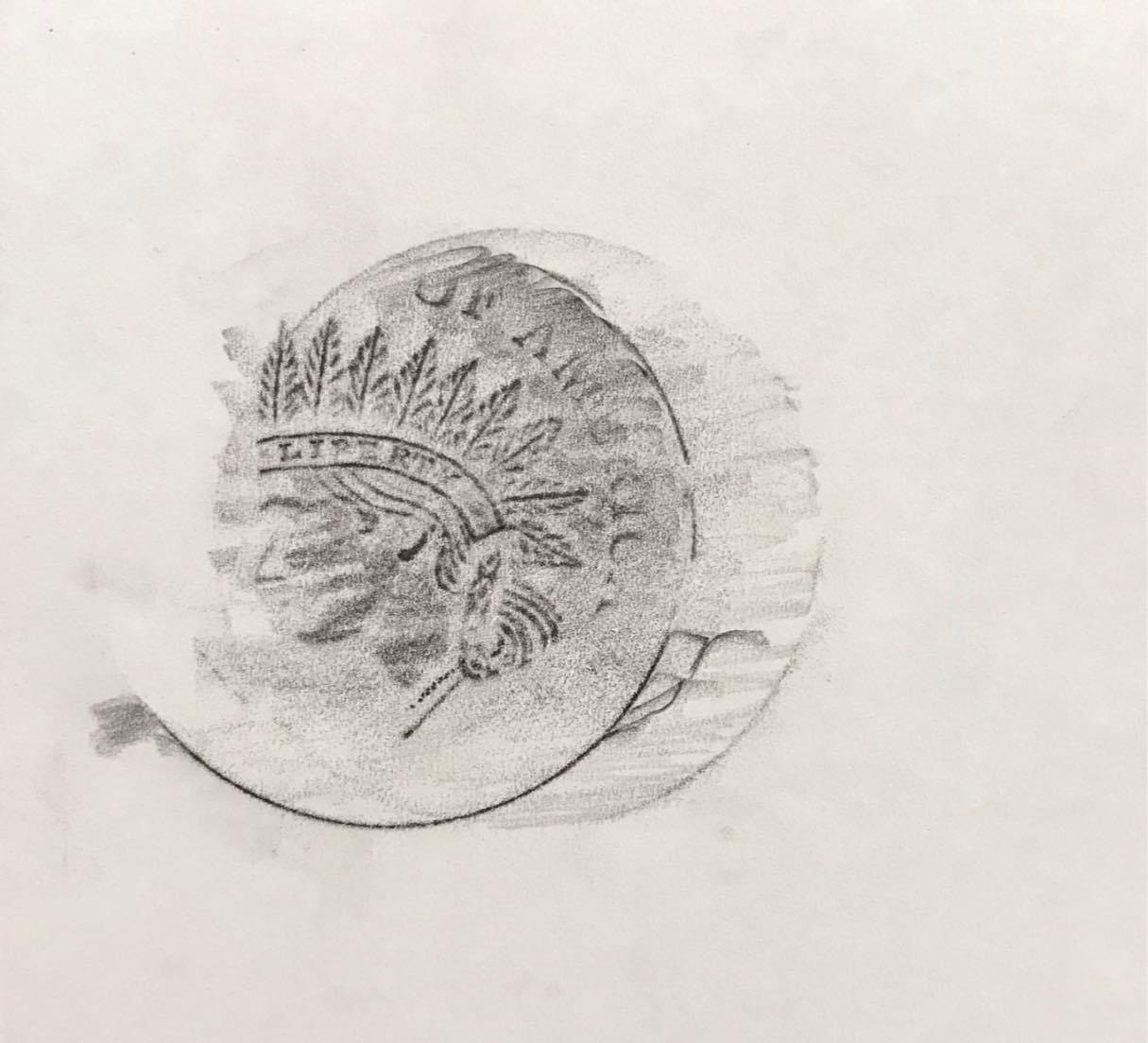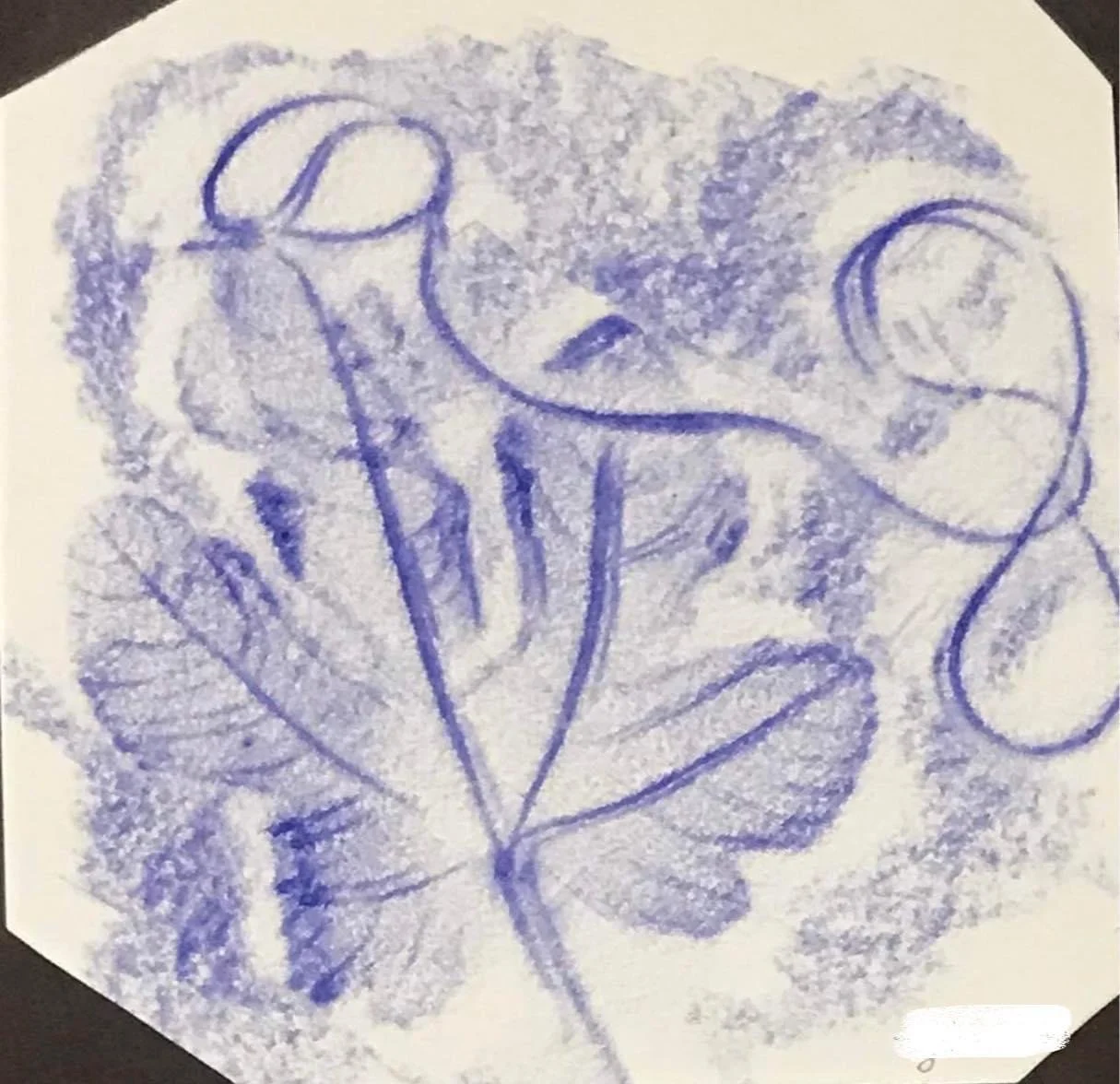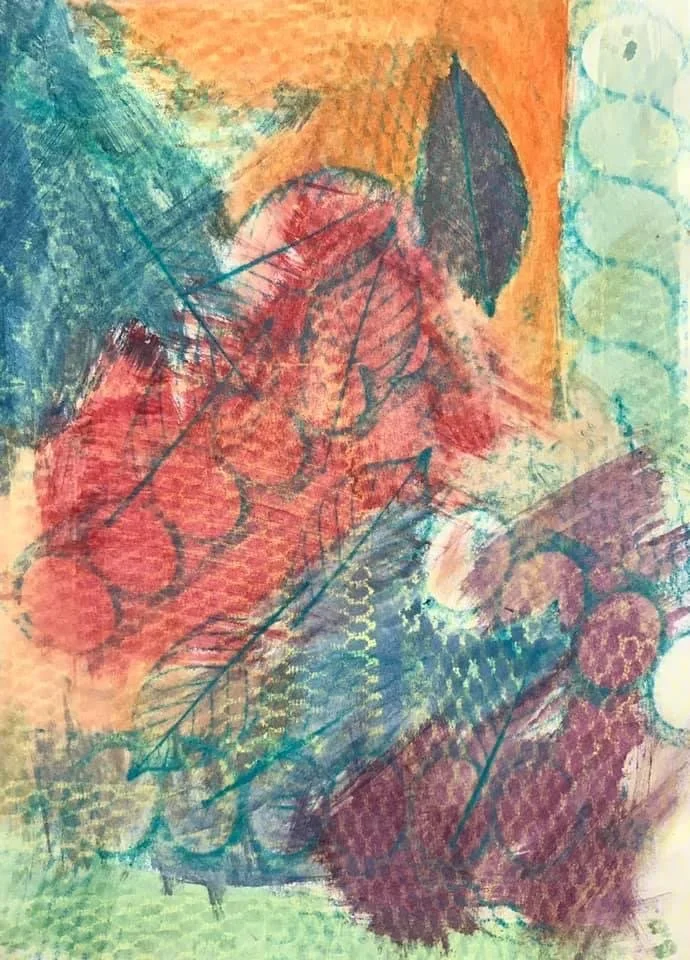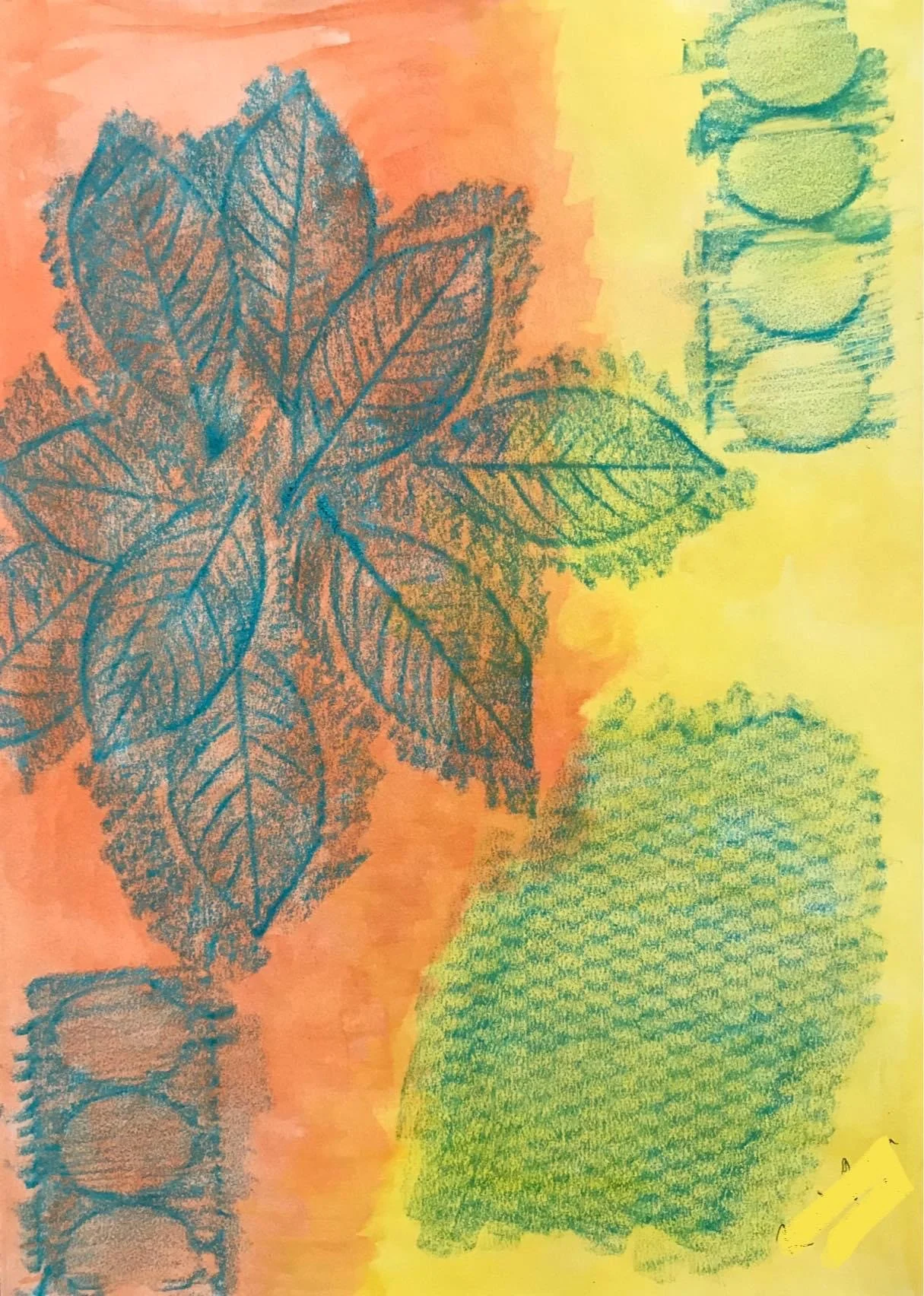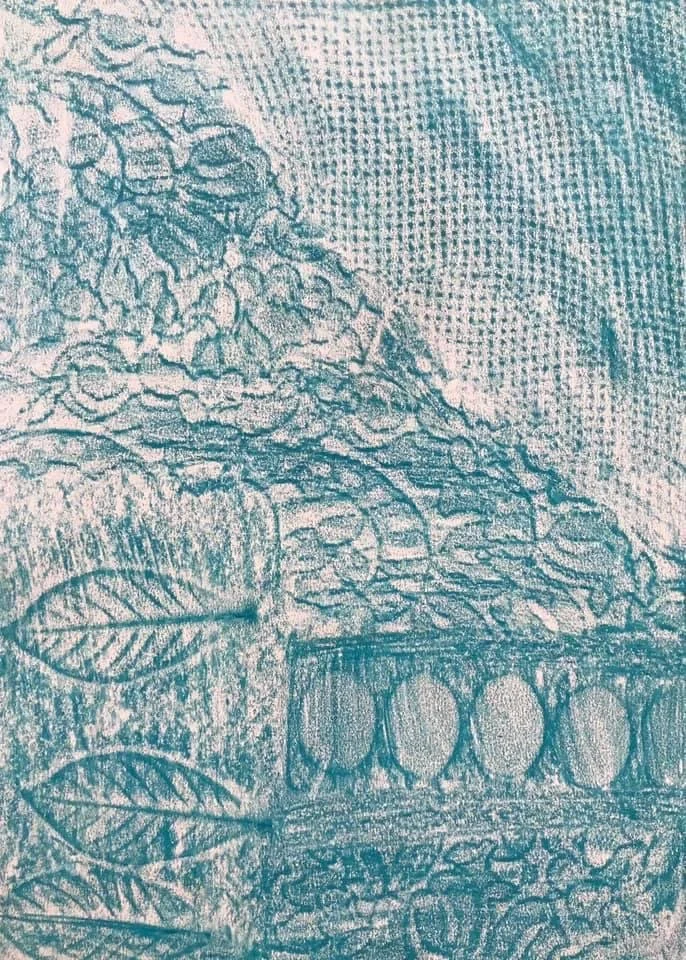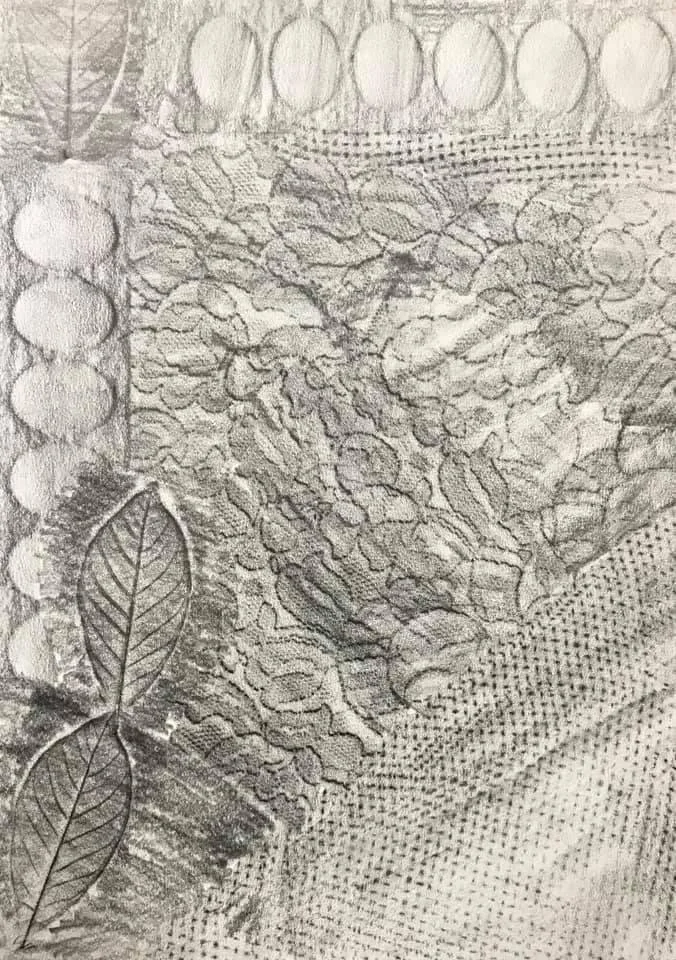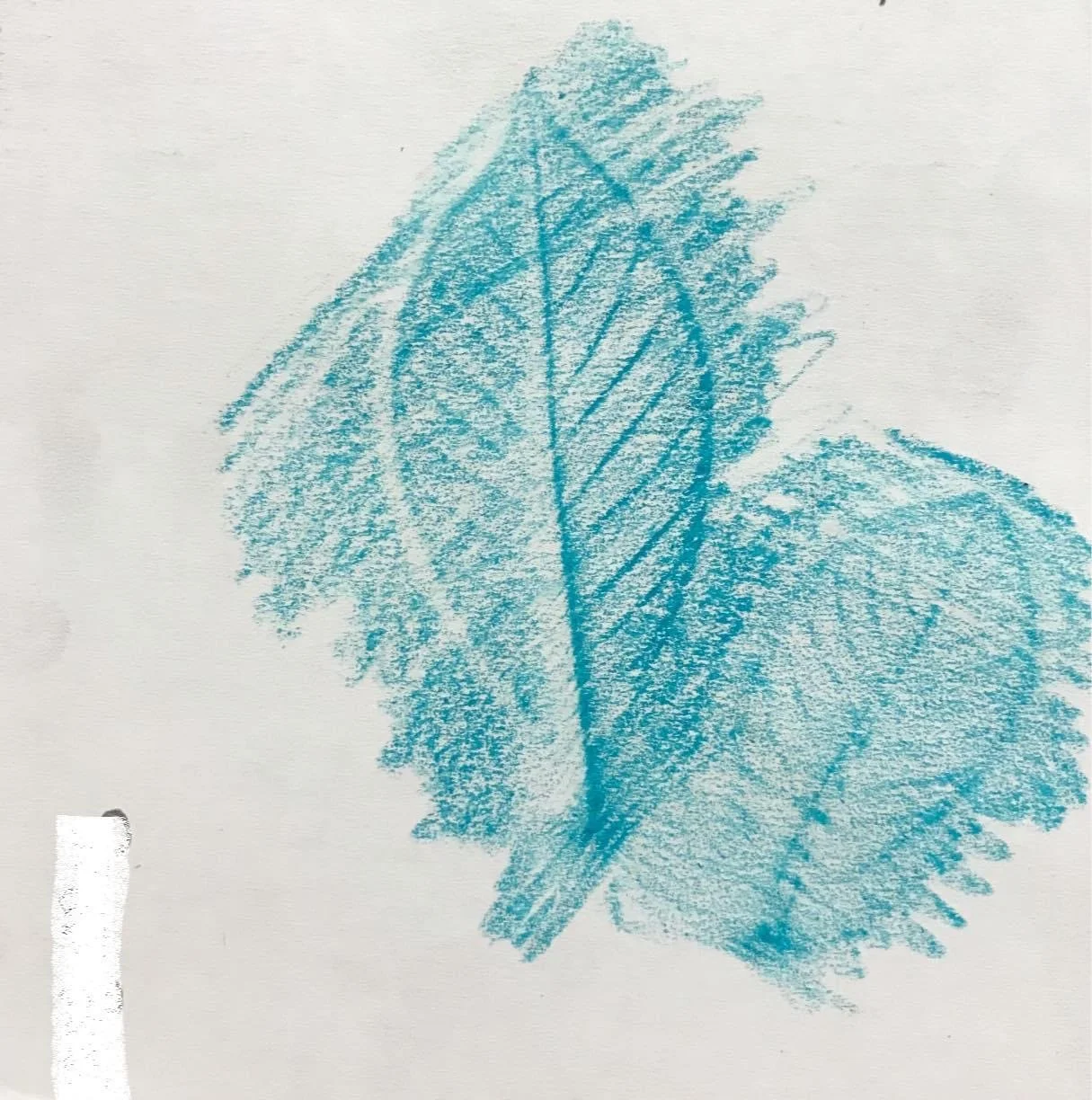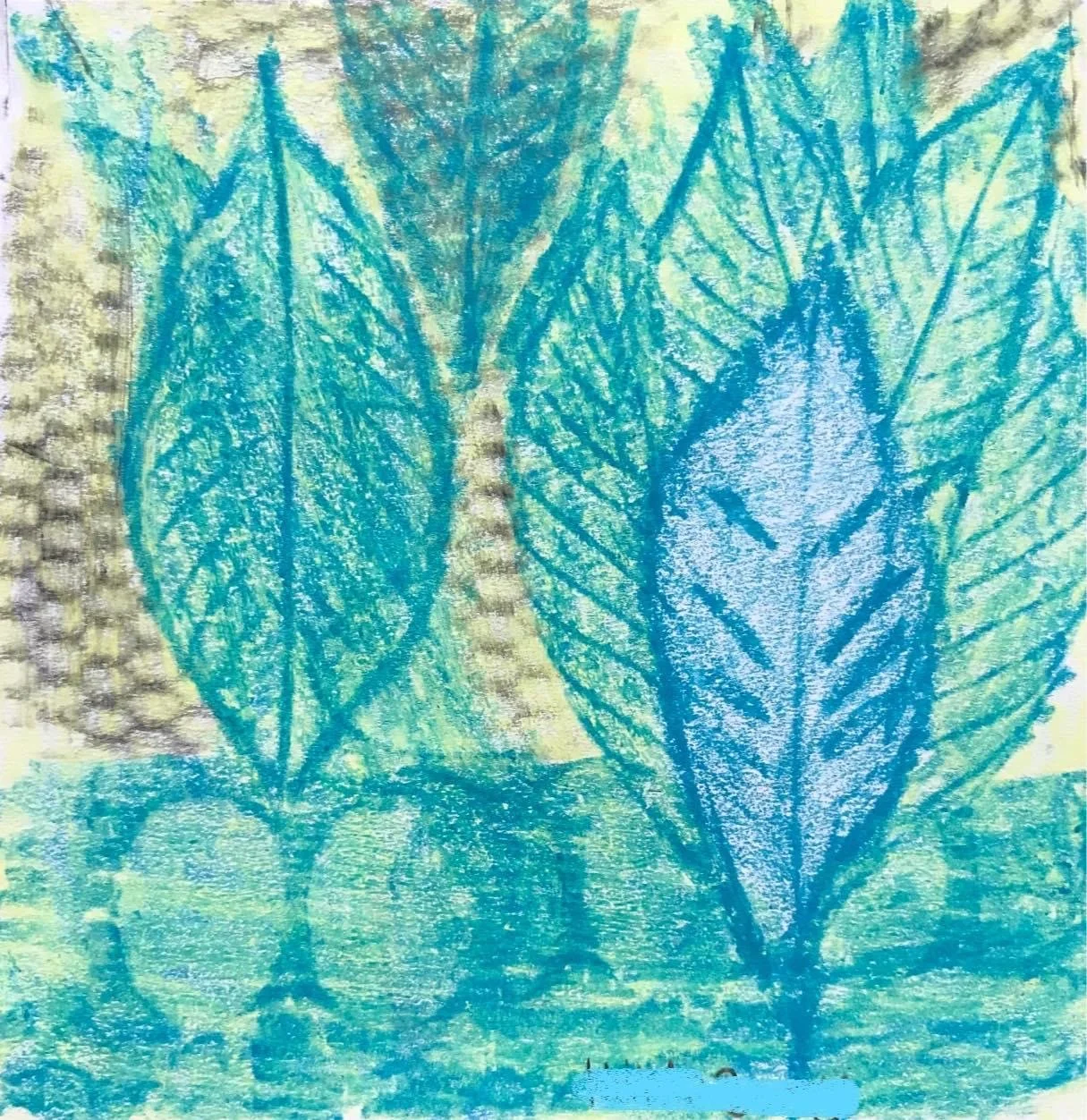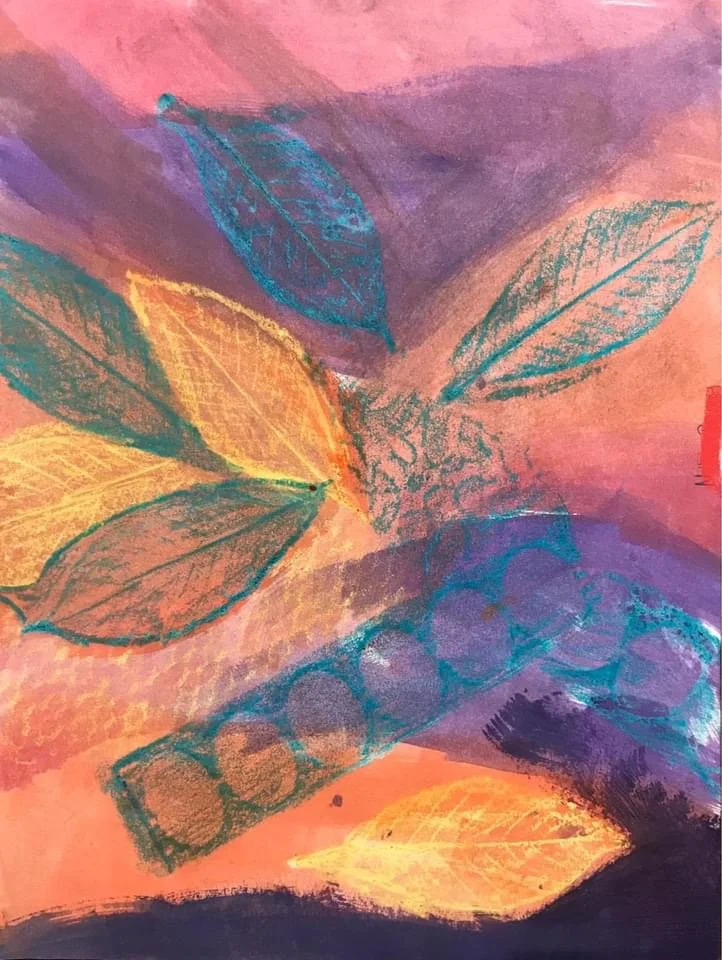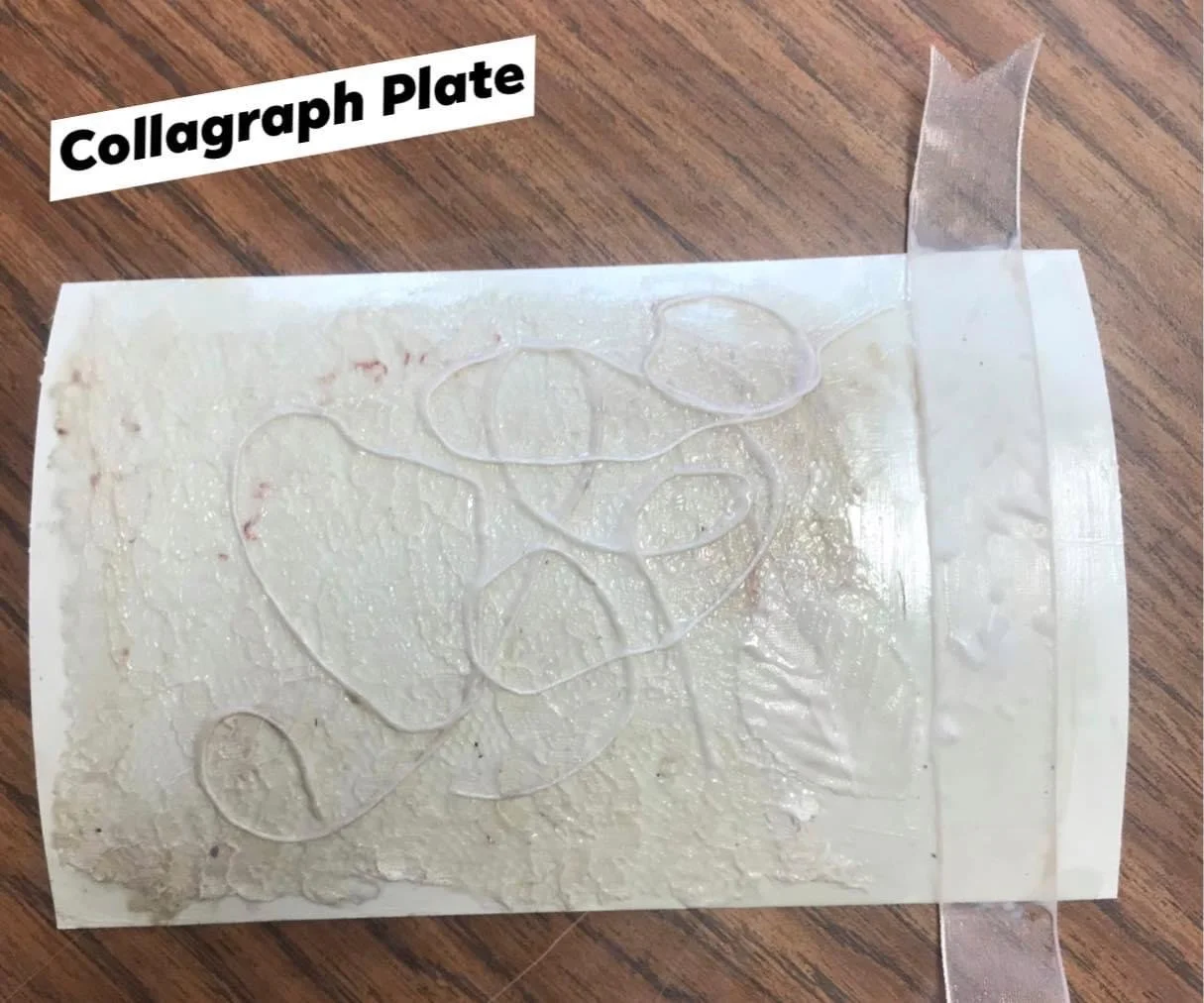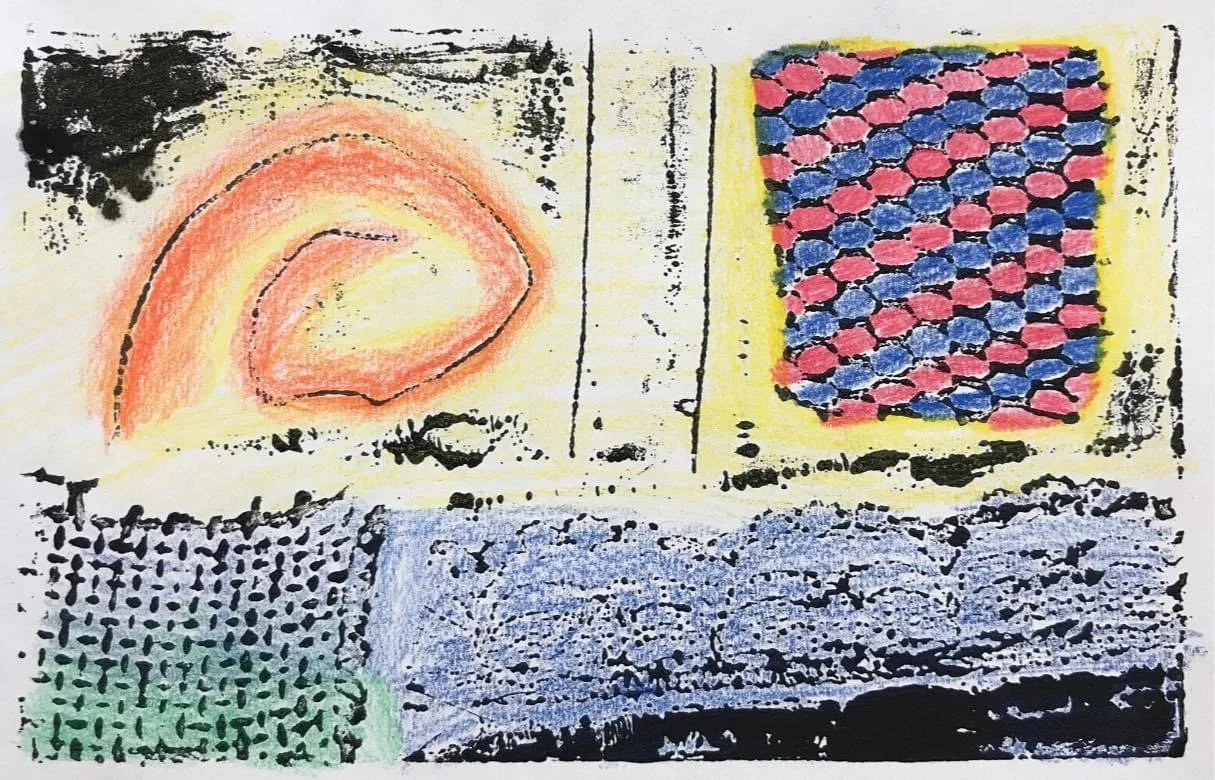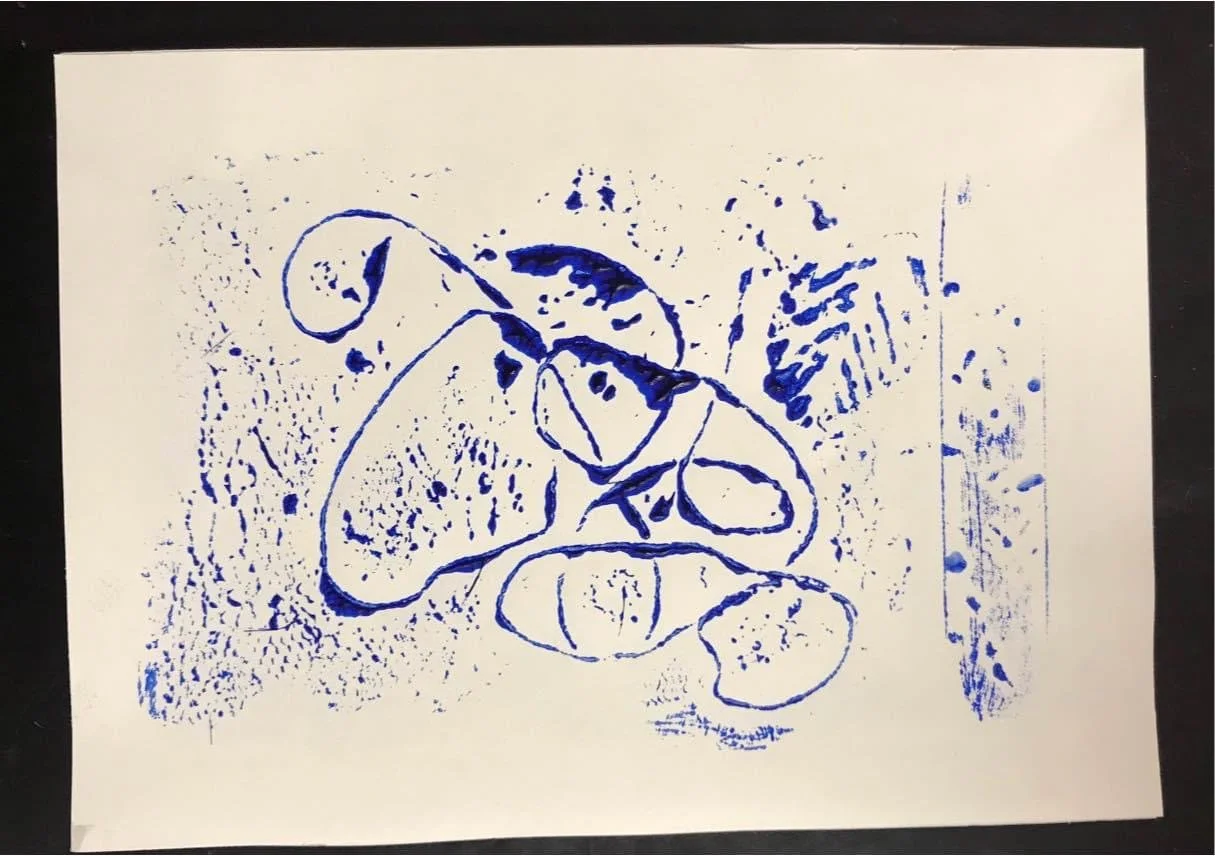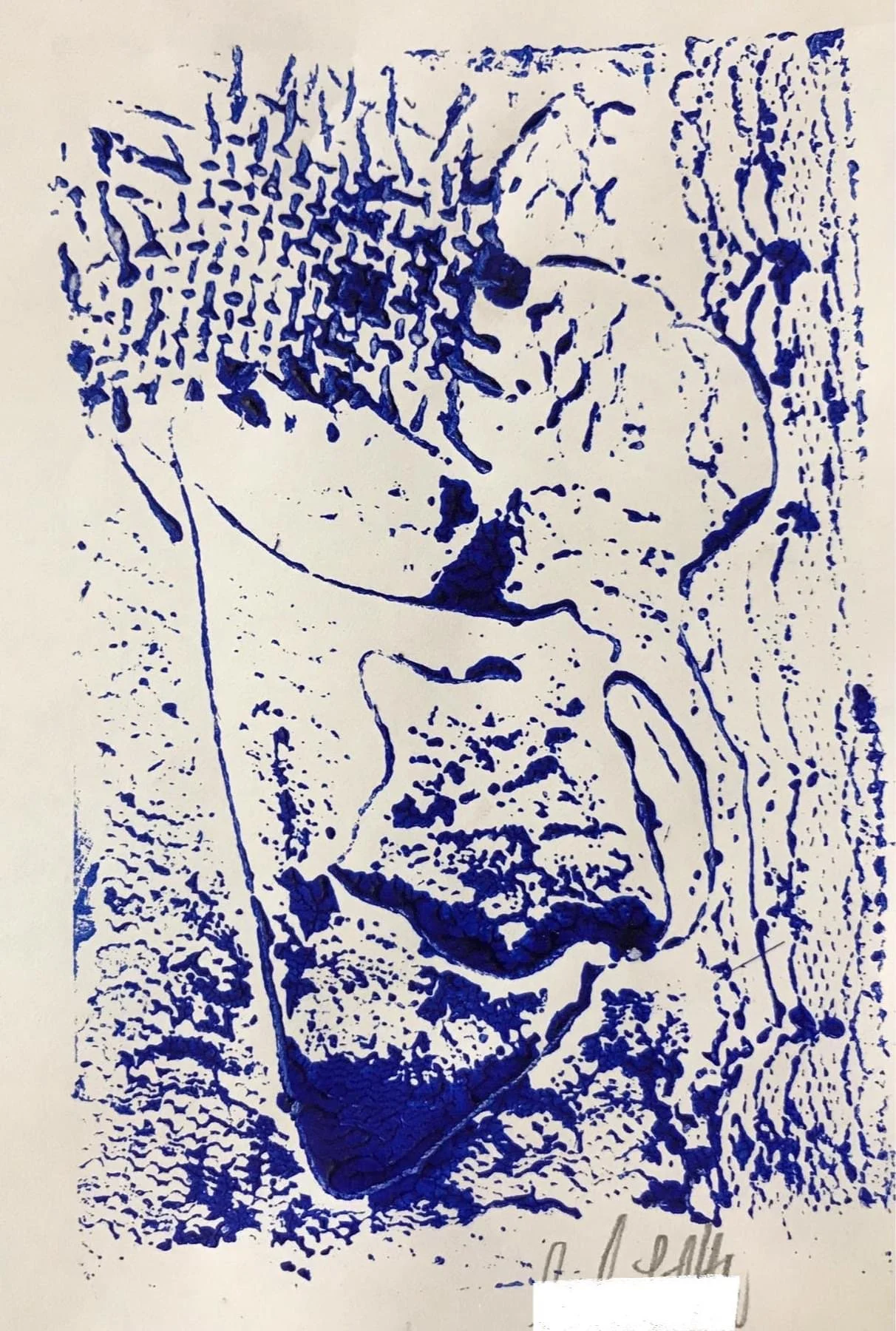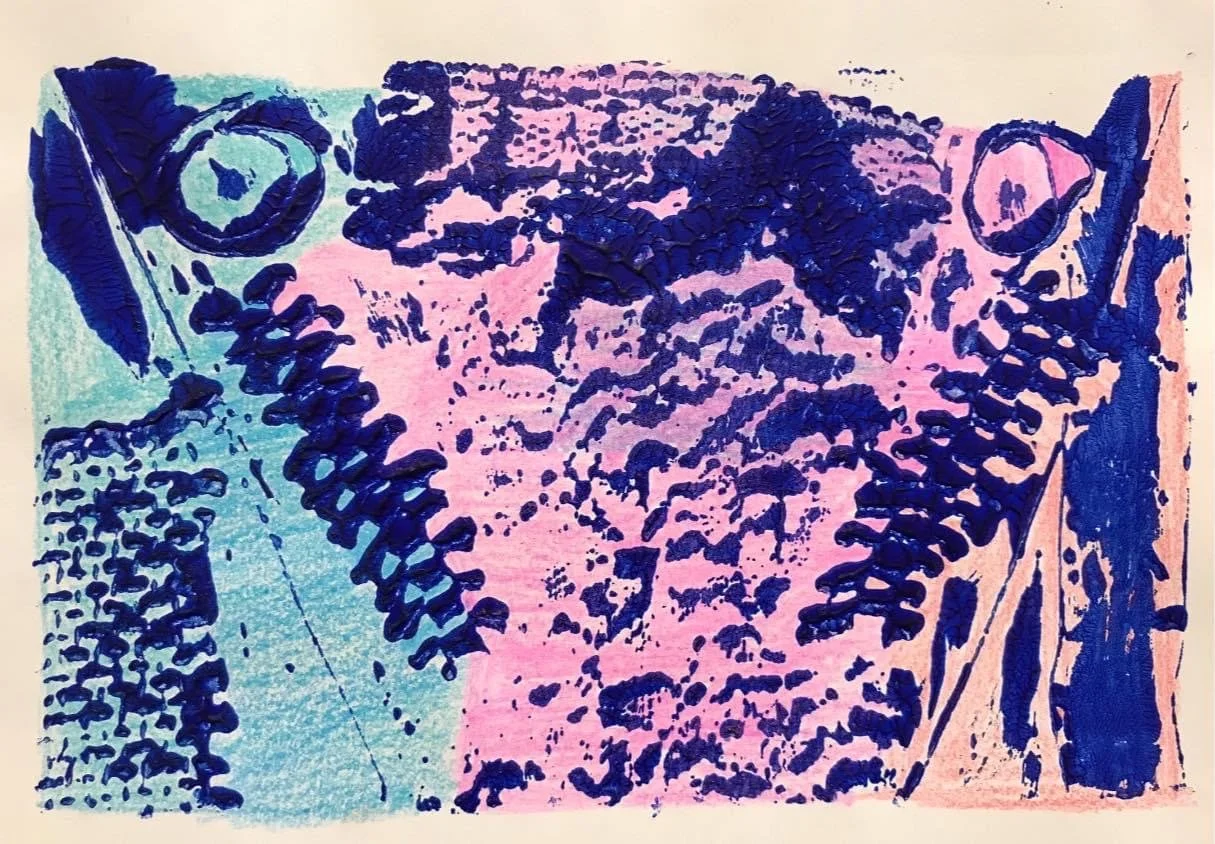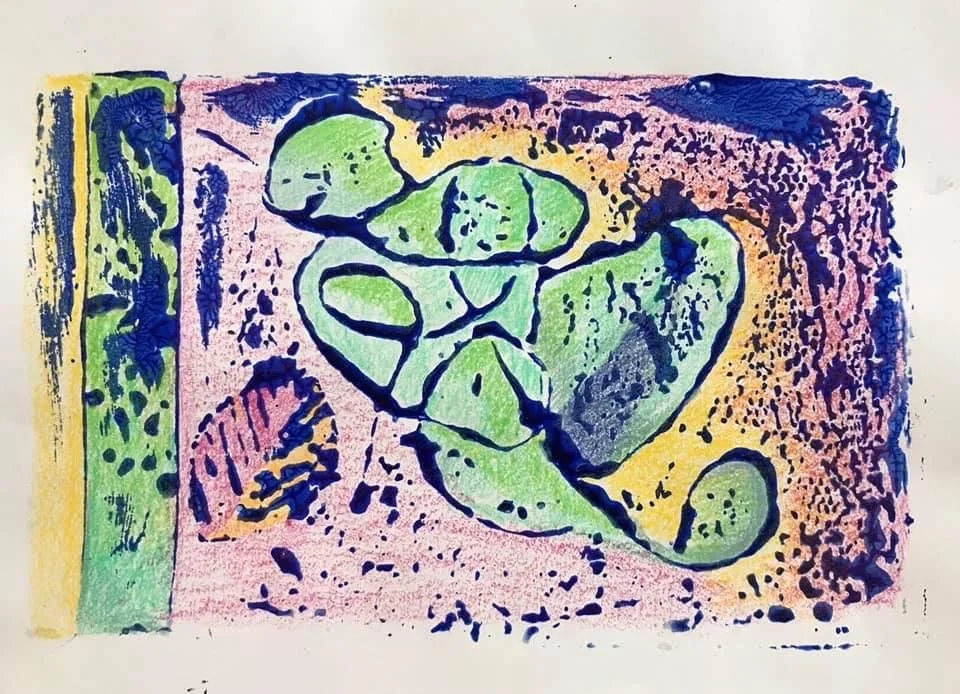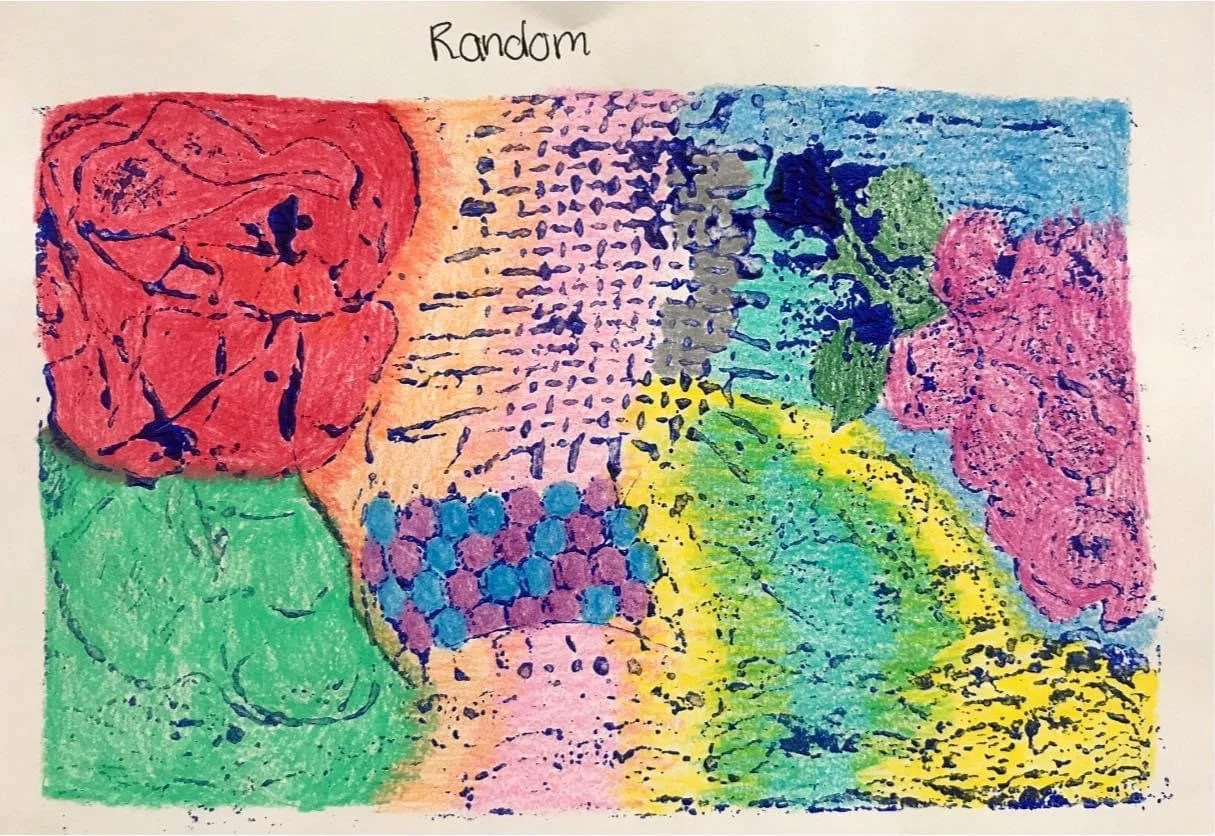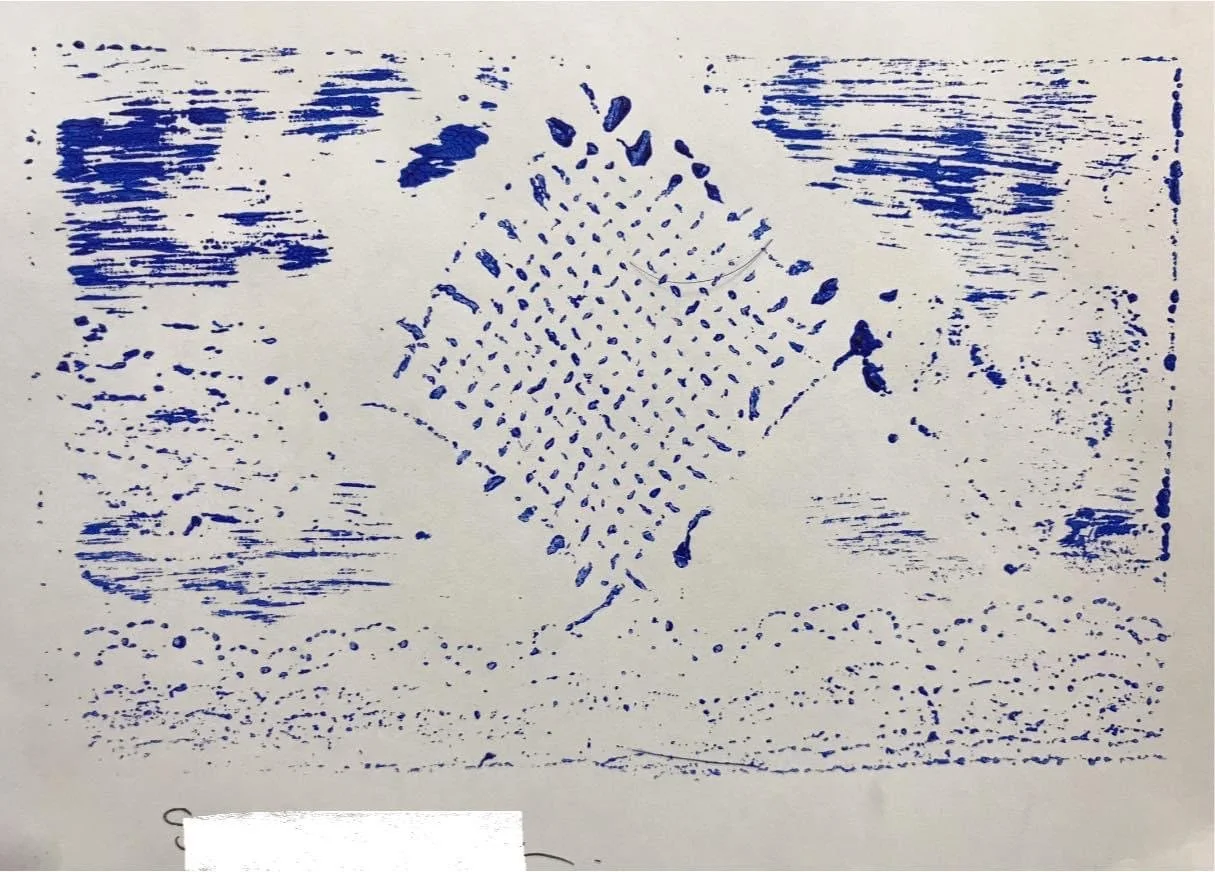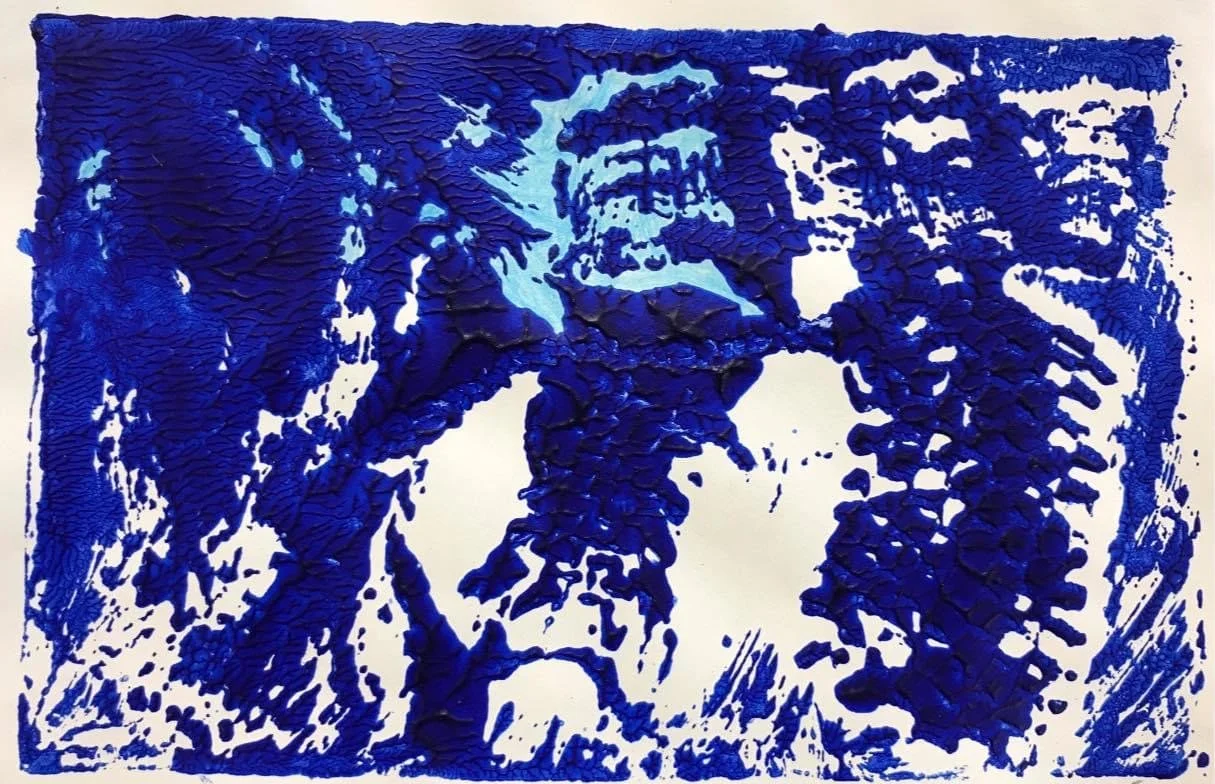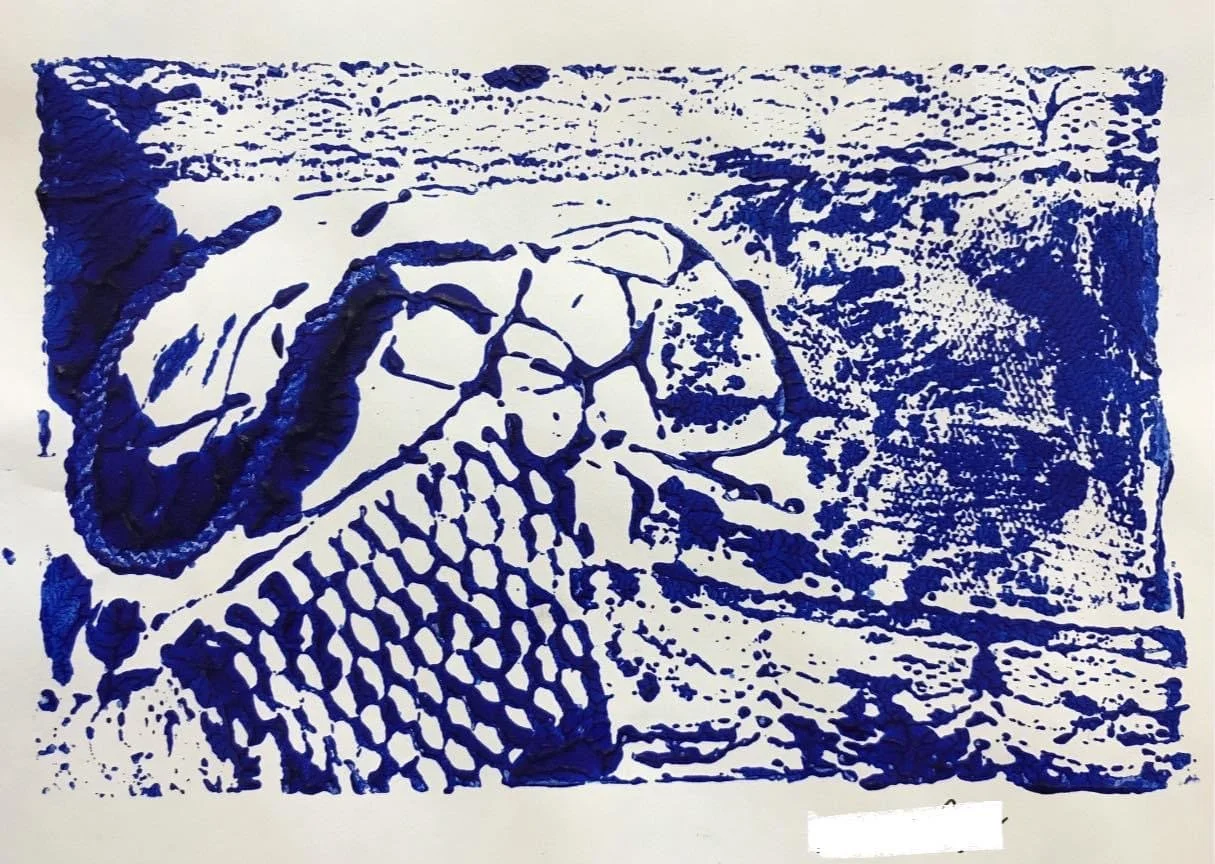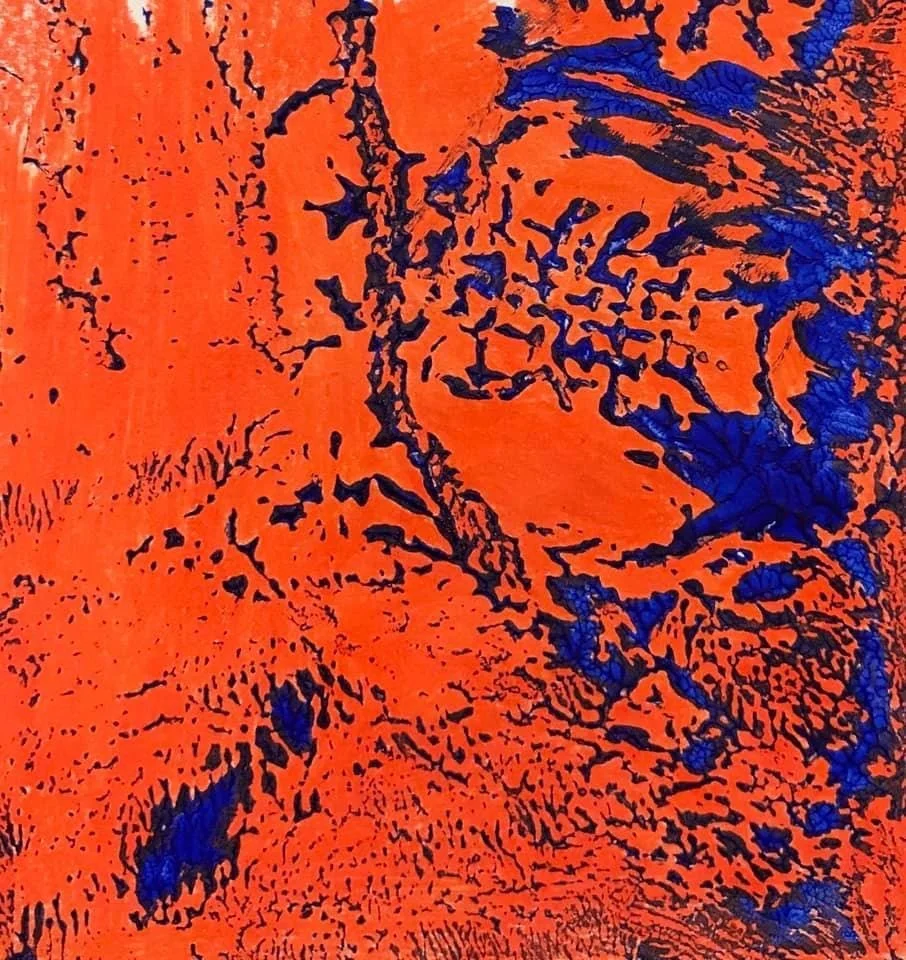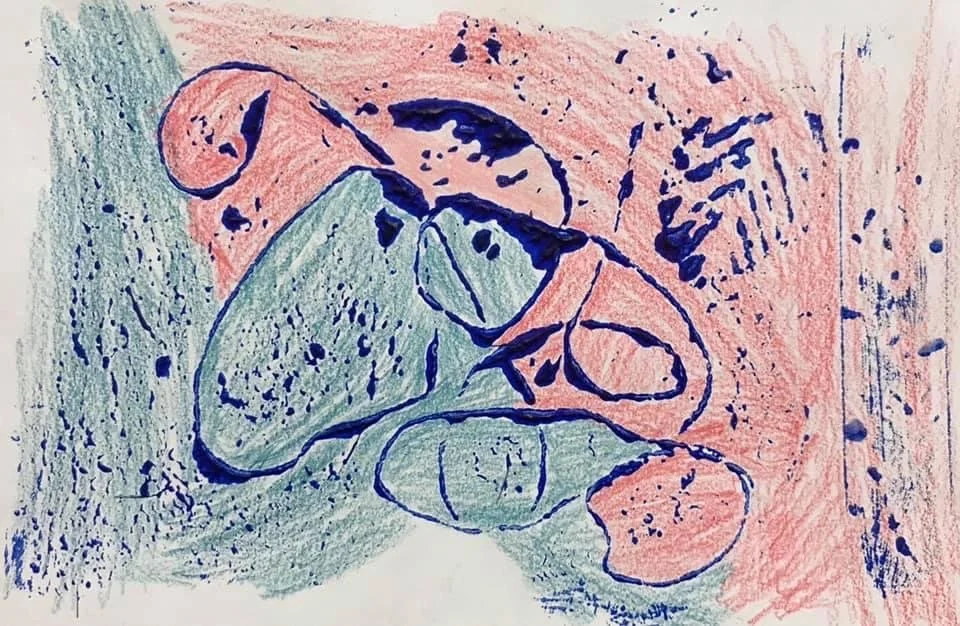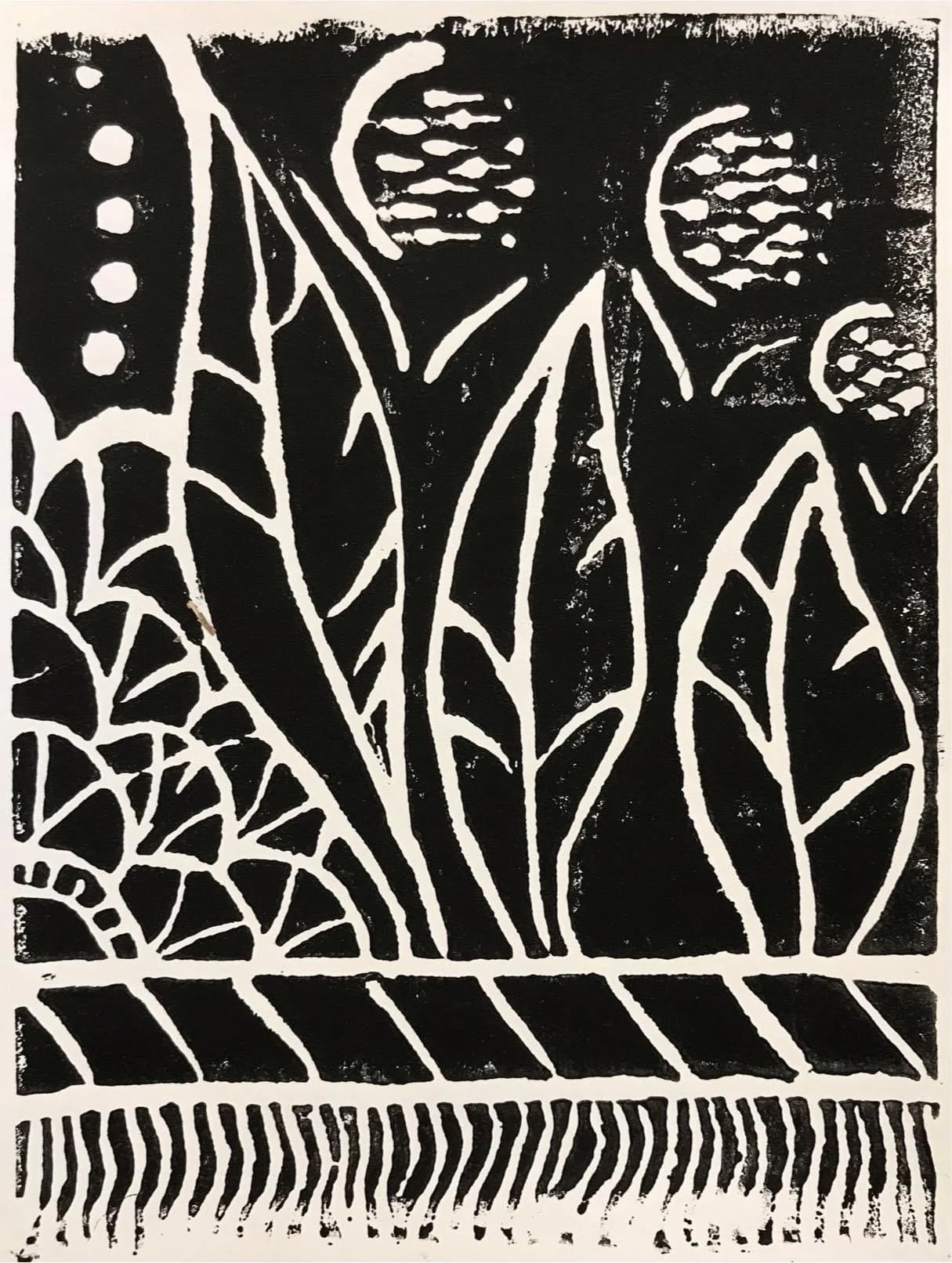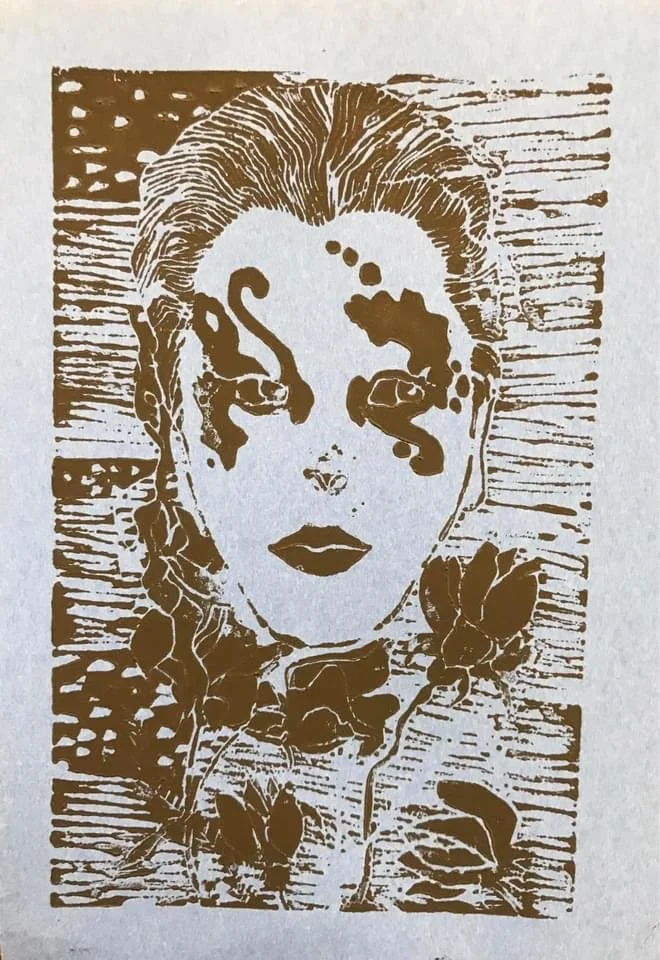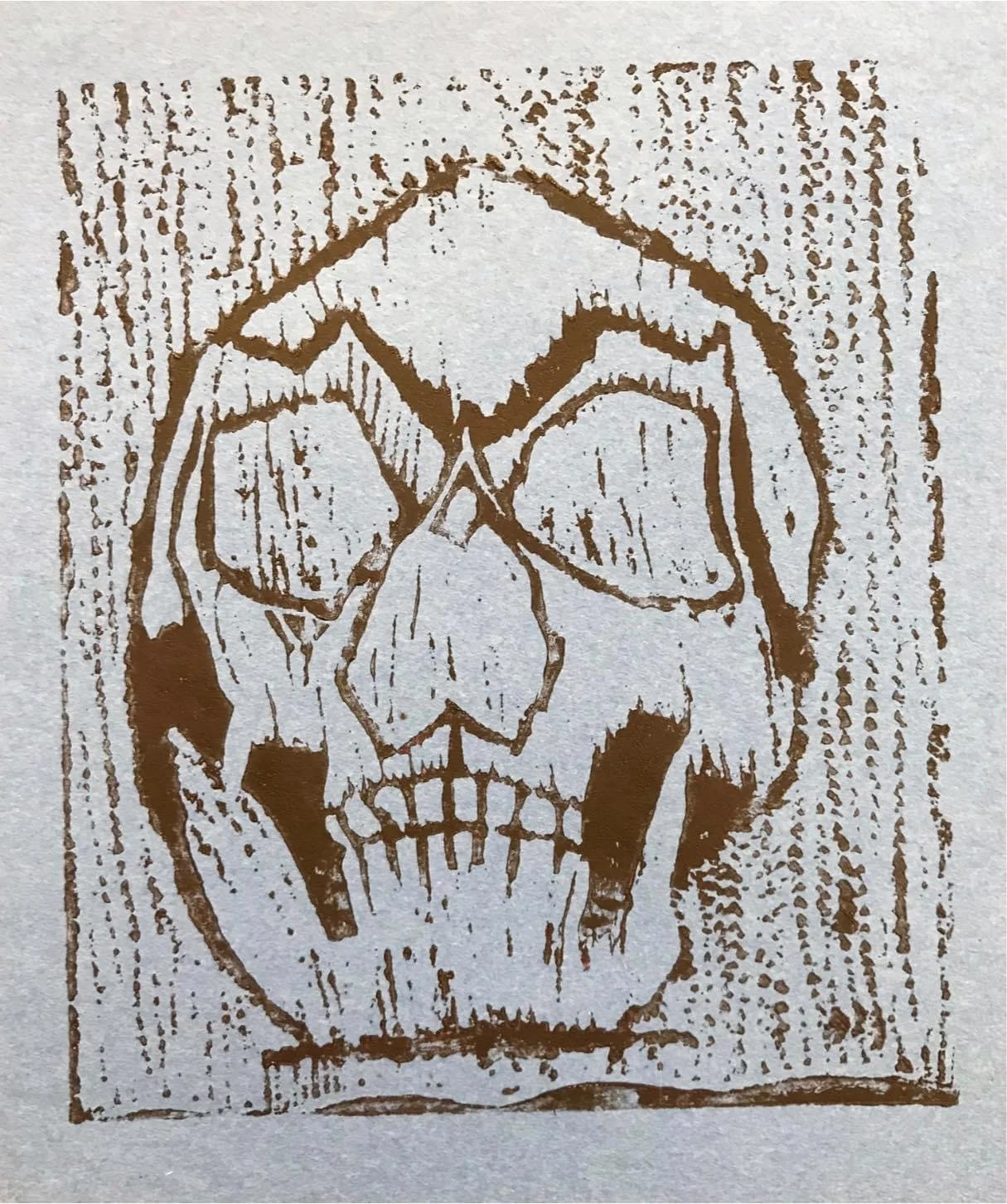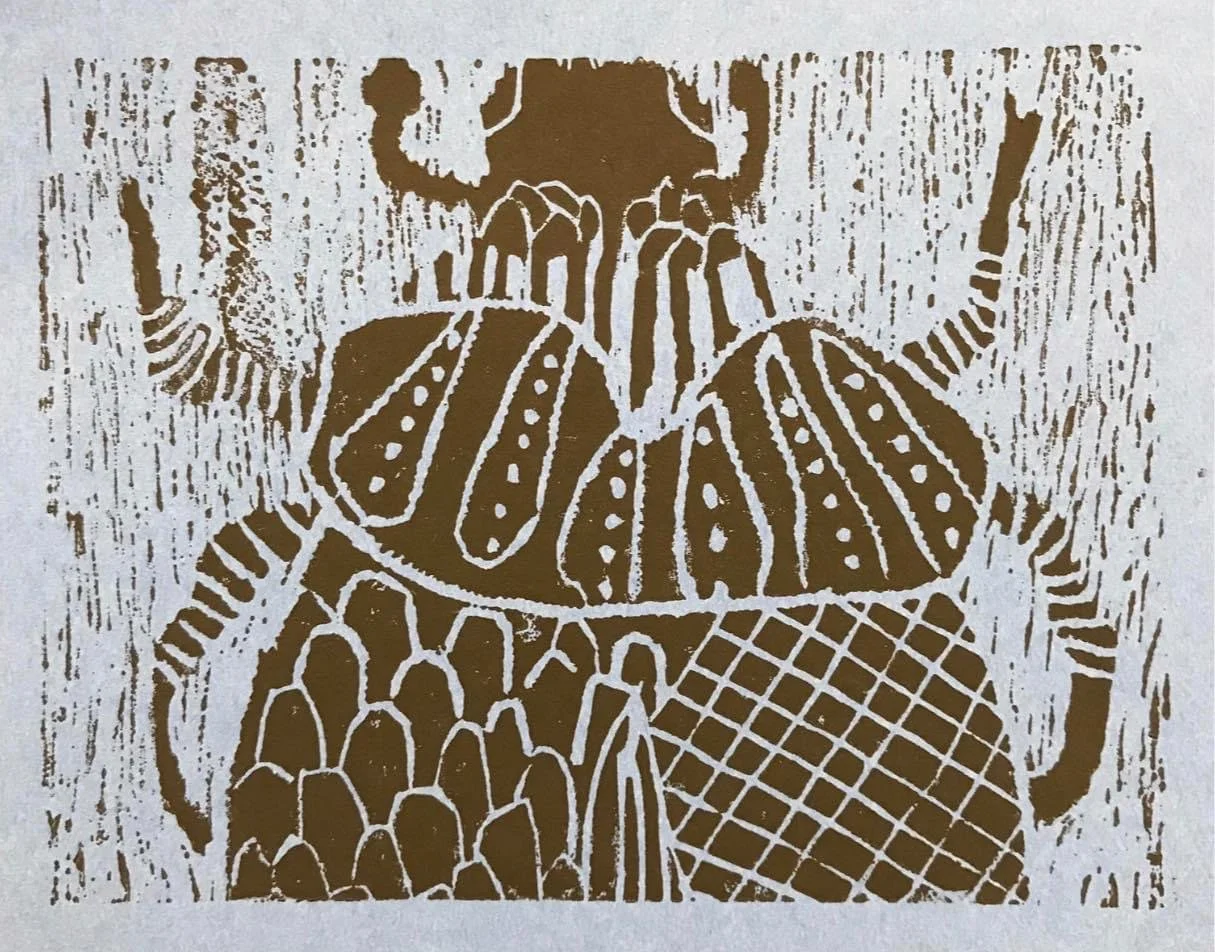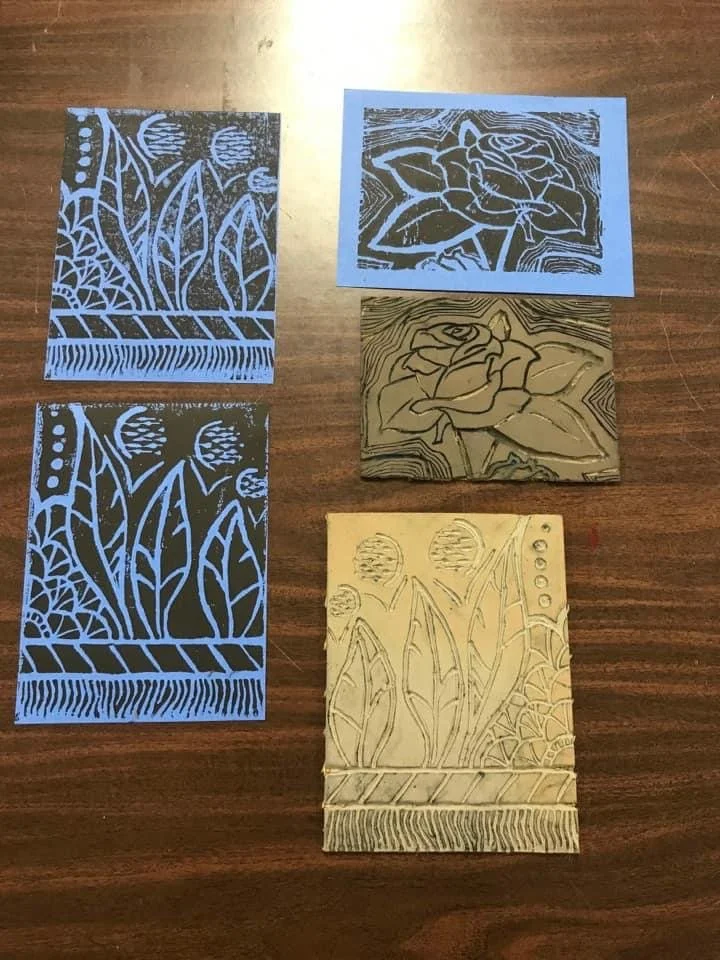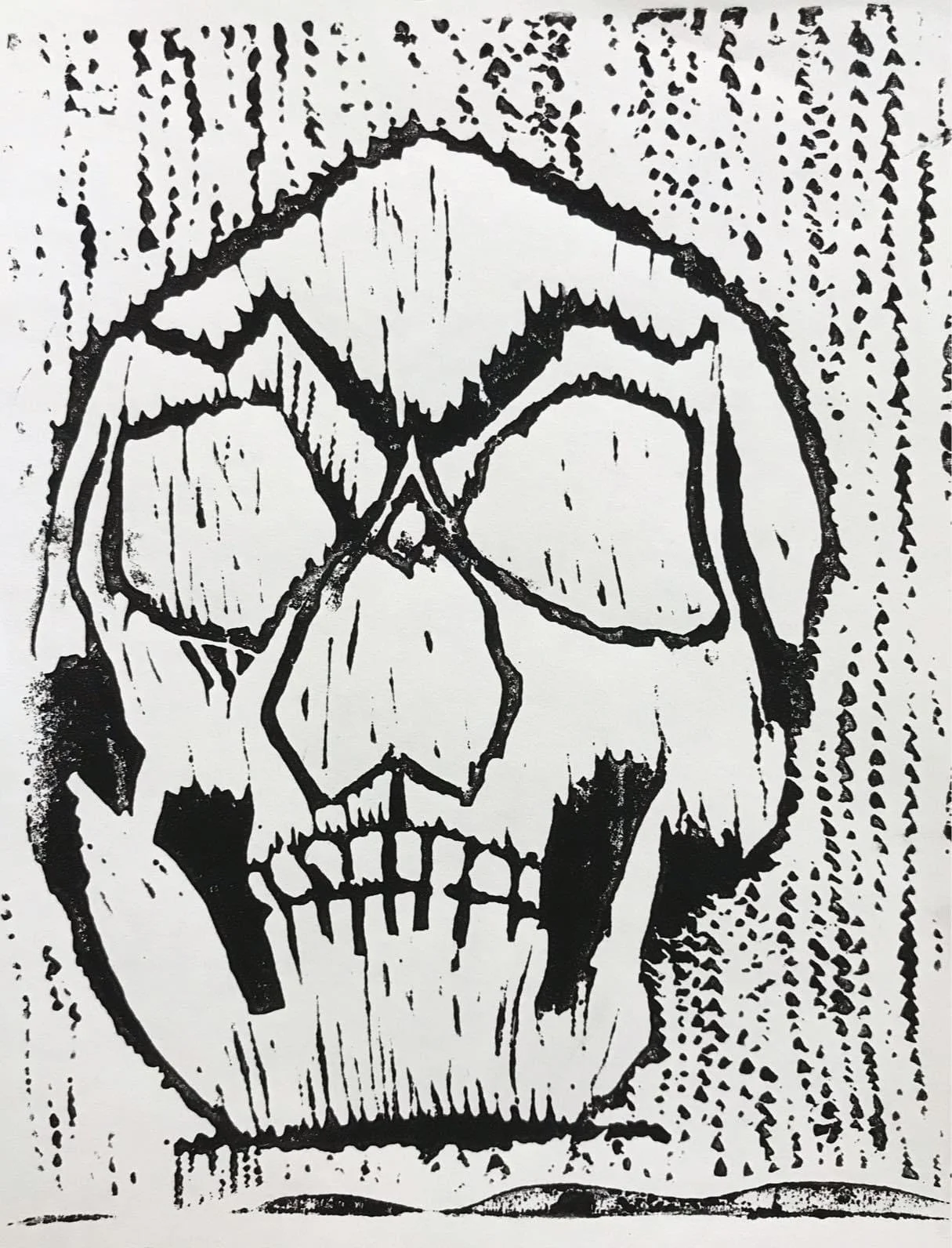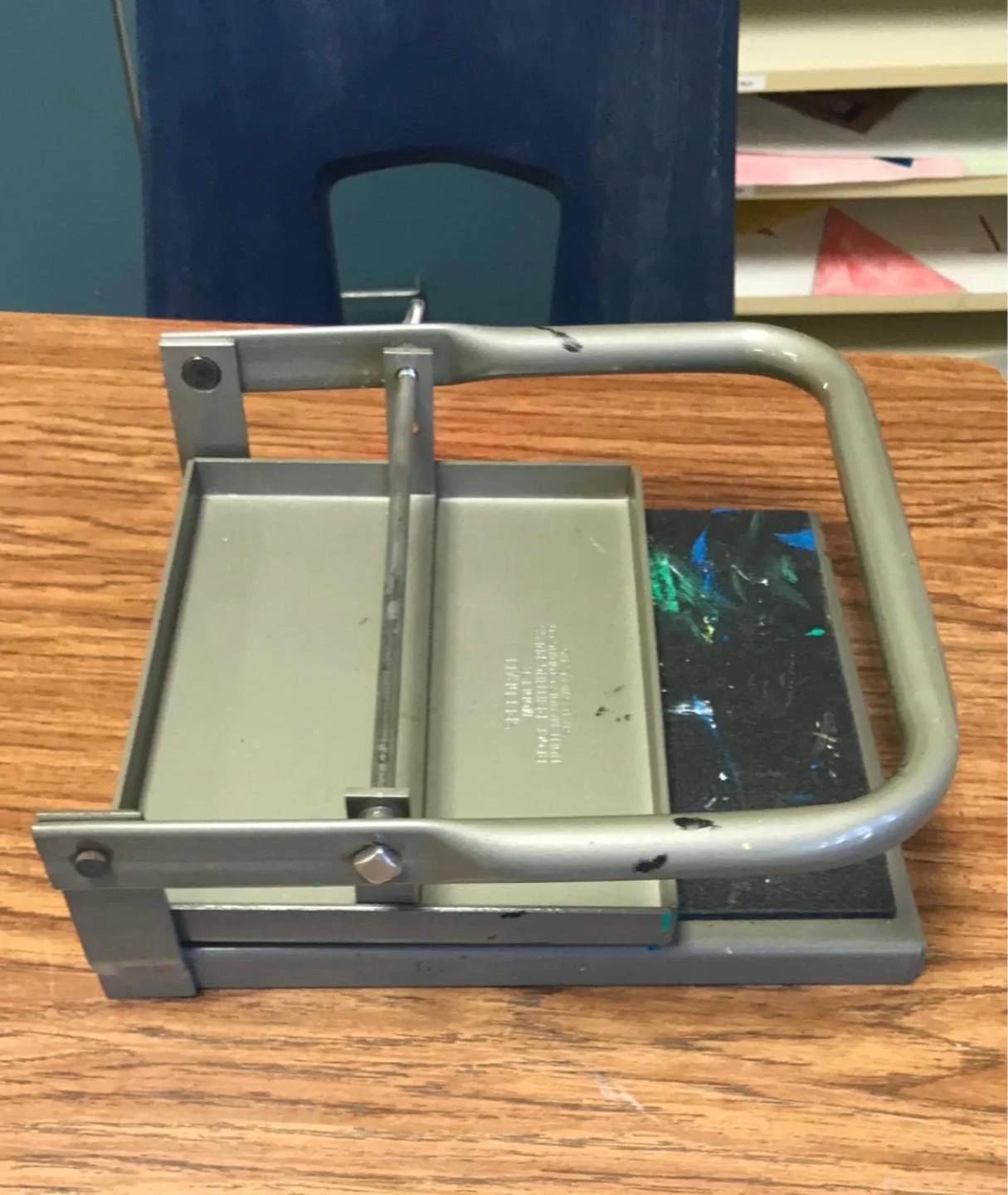I believe that art is a powerful tool for self-expression, creativity, and critical thinking. I am committed to providing my students with a well-rounded art education that includes exposure to a variety of art mediums, techniques, and cultures.
My Work Experience
I have worked as an art teacher in public schools, private schools, and daycare centers. I have taught students from preschool to high school. I have learned a great deal about the different needs and interests of students of different age groups.
High School Art : I focus on providing high school students with opportunities to experiment and develop their own unique artistic voices.
Middle School Art: I focus on providing middle school students with a well-rounded art education that exposes them to a variety of art mediums and techniques.
Elementary Art: I focus on providing elementary school students with a fun and engaging art education that encourages creativity and self-expression.
Daycare and Early Childhood Art: I focus on providing daycare and early childhood students with opportunities to use their imaginations and create art that is meaningful to them.
I am passionate about art education and I am committed to providing my students with the best possible learning experience. I am confident that I can help your students reach their full artistic potential.
Beginner Drawing Course
The Beginner Drawing Course is a self-paced course that teaches the basics of drawing to people of all ages. The course focuses on three key concepts: shape, form, and shading. Students learn to see the world in terms of shapes and forms, and how to use shading to create depth and dimension. They also learn the basics of perspective drawing and how to create realistic textures.
In this course, students practiced drawing seashells and paper cups. These objects are simple enough for beginners to draw, but they also offer a variety of shapes and forms that can help students learn the basics of drawing.(Student Work Below)
Setting Up A Still Life
Still life drawing is a popular and engaging activity for art students. It allows students to practice their observational skills and to learn about the principles of composition and shading. In this classroom, the still life arrangement was placed in the center of the room so that all students could have a clear view. I used artificial and natural lighting to create dramatic shadows on the objects, which added interest and depth to the drawings. I also encouraged students to experiment with different perspectives, which gave them a unique challenge and helped them to see the world in a new way. This set up allowed me to have endless ideas for assignments and art projects, and it kept the students engaged and motivated.
(Still Life Setup Below)
Still Life in Graphite
Still life drawing was used to teach the basics of graphite drawing to students. The students first created a simple outline drawing of the objects in the still life. Then, they were shown how to use different grades of graphite pencils to create shading and depth. They also learned how to blend the pencils together to create a smooth, realistic finish.
By using still life as a subject, the students were able to learn how the different grades of graphite interacted with each other and how to use shading to create the illusion of depth. They were also able to practice their blending skills and learn how to create a smooth, finished product.
At the end of the lesson, the students were able to create their own still life drawings that were both realistic and beautiful. They were proud of their work and were excited to continue learning about graphite drawing.
(Student Art Below)
Still Life in Colored Pencil
I taught students colored pencil drawing using still life. I first had them create an outline drawing, then showed them how to use different colored pencils to create shading and depth. Finally, I taught them how to blend the colors together. The students were able to learn the basic techniques and create beautiful drawings.
(Student Art Below)
Still Life in Ink/ Pen
Still life drawing was used to teach the basics of ink drawing to students. The students first created a simple outline drawing of the objects in the still life. Then, they were shown how to use different types of ink pens to create lines and shading. They also learned how to control the flow of ink and how to create different effects, such as hatching and cross-hatching.
By using still life as a subject, the students were able to learn how to observe the shapes and forms of objects and how to translate them into lines and shading. They were also able to practice their control of the pen and learn how to create a variety of effects.
(Student Art Below)
Still Life in Watercolor - Intro to Painting
Still life painting was used as a teaching tool to introduce students to the basics of watercolor painting. The students first created a simple outline drawing of the objects in the still life. Then, they were shown how to use different watercolor techniques, such as washes, layering, and blending, to create a realistic depiction of the objects.
By using still life as a subject, the students were able to learn how to control the flow of water and paint, how to create different shades of color, and how to create depth and dimension in their paintings. They were also able to practice their observation skills and learn how to translate what they see into a painting.
(Student Art Below)
Still Life Painting - Learning Oil Painting
Still life painting was used to teach the basics of oil painting to students. The students first created a simple sketch of the objects in the still life. Then, they were shown how to mix oil paints to create the desired colors. They also learned how to apply the paint to the canvas using different brushstrokes.
By using still life as a subject, the students were able to learn how to observe and represent the world around them. They were also able to practice their painting skills and learn how to create a variety of textures and effects.(Student Art Work)
Art Contest Winners
Art contests can be a great way to teach students art criticism and presentation skills. By participating in an art contest, students learn to analyze and evaluate their own work, as well as the work of others. They also learn how to present their work in a professional and engaging way.
In this case, my students were able to learn these skills and apply them to their own work, which resulted in them winning first, second, and third place in their town's Duckfest Contest! This is a great example of how art contests can be used to teach students valuable skills and help them to succeed.
(Student Art Below)
Wax Resist Painting
Wax resist painting is a type of art that uses melted wax to create patterns on fabric or paper. The wax prevents the paint from being absorbed into the surface, creating a resist effect. This technique can be used to create a variety of patterns, from simple geometric shapes to complex designs.
Intro to Printmaking
Rubbings are a simple and effective way to introduce students to the basics of printmaking. In this art class, students learned how to make rubbings of various objects, such as leaves, coins, and textured surfaces. They then used their rubbings to create their own prints. This activity allowed students to explore the principles of printmaking, such as positive and negative space, line, and texture. It also helped them to develop their observational skills and their creativity.
Rubbings with graphite and wax
Learning About Printmaking And Collagraphy
Collagraph prints were used to teach about printmaking to students. The students first created a collagraph plate by gluing different materials, such as fabric, cardboard, and string, to a piece of cardboard. They then inked up the plate and printed it onto paper. The students were able to explore the different textures and effects that could be created with collagraph printing. They also learned about the basic steps of printmaking, such as inking and printing.
The students were engaged and excited by the collagraph printing process. They enjoyed experimenting with different materials and creating their own unique prints. The collagraph prints were a valuable tool for teaching the students about printmaking and the creative possibilities of the medium.
(Student Art Below)
Learning About Printmaking and Linocuting
Linocut prints were used to teach about printmaking to students. The students first created a simple design on a linoleum block. Then, they used a variety of tools to carve away the areas of the block that they did not want to print. Once the block was carved, the students rolled ink onto the surface and pressed it onto paper. The resulting prints were a creative and tactile way for the students to learn about the printmaking process.
(Student Art Below)
